
Mercedes SL Front Brakes
Jon has fitted up the new bleed nipples to the freshly painted calipers. The bolts have been cleaned and painted We have cleaned up and


Jon has fitted up the new bleed nipples to the freshly painted calipers. The bolts have been cleaned and painted We have cleaned up and
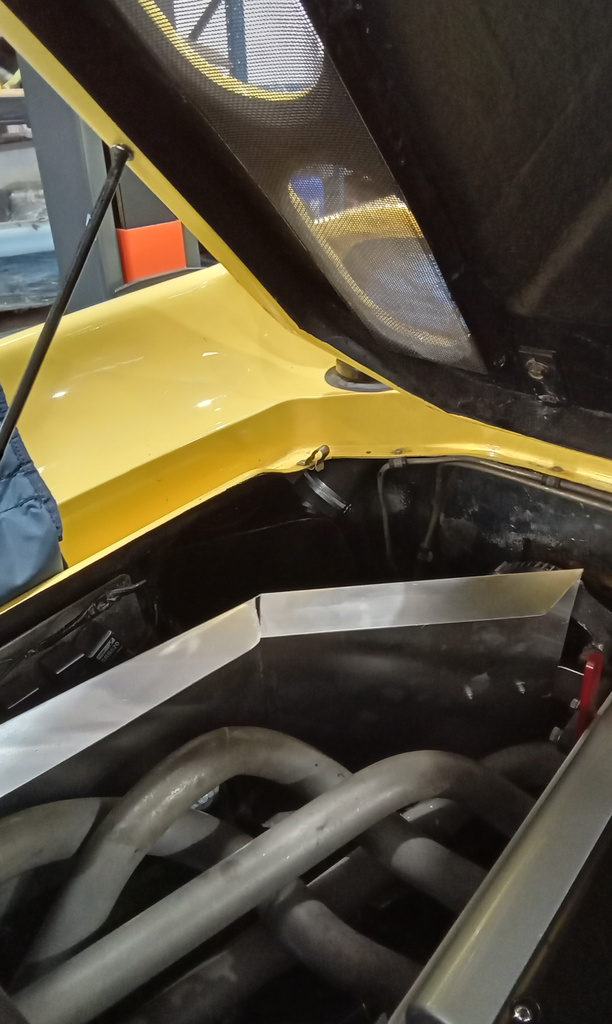
Jon is working on the final preparations of the Lotus Europa, ready for the filming to take place, hopefully, the week after next . A
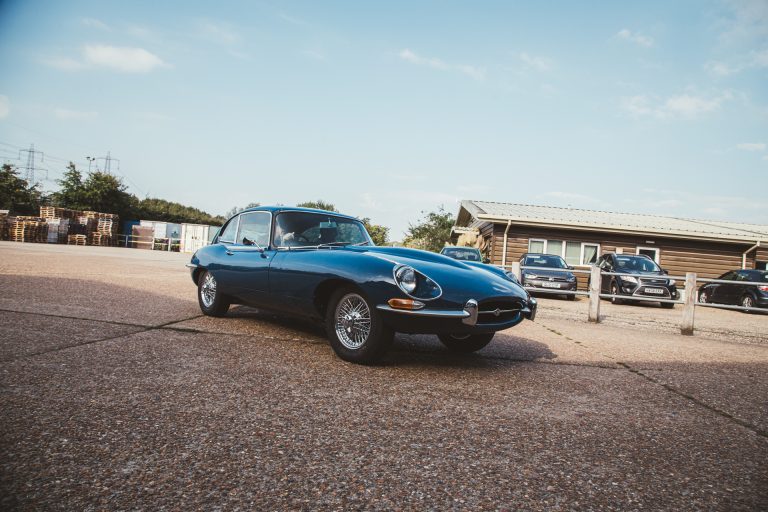
Our 1968 Jaguar E-Type Series 1.5, which was won through Bridge Classic Cars Competitions, has made its way across the country this morning to its

As you can see, Brian and Lydia have been working together to fit the rear edge of the inner liner to the rear bar of


John has fitted an electronic rev counter to our Austin Healey and rewired it from positive earth to negative earth. Changing the wiring on the

Jon is going through the final few tasks on our VW Beetle before we can take the car back home within the next couple of
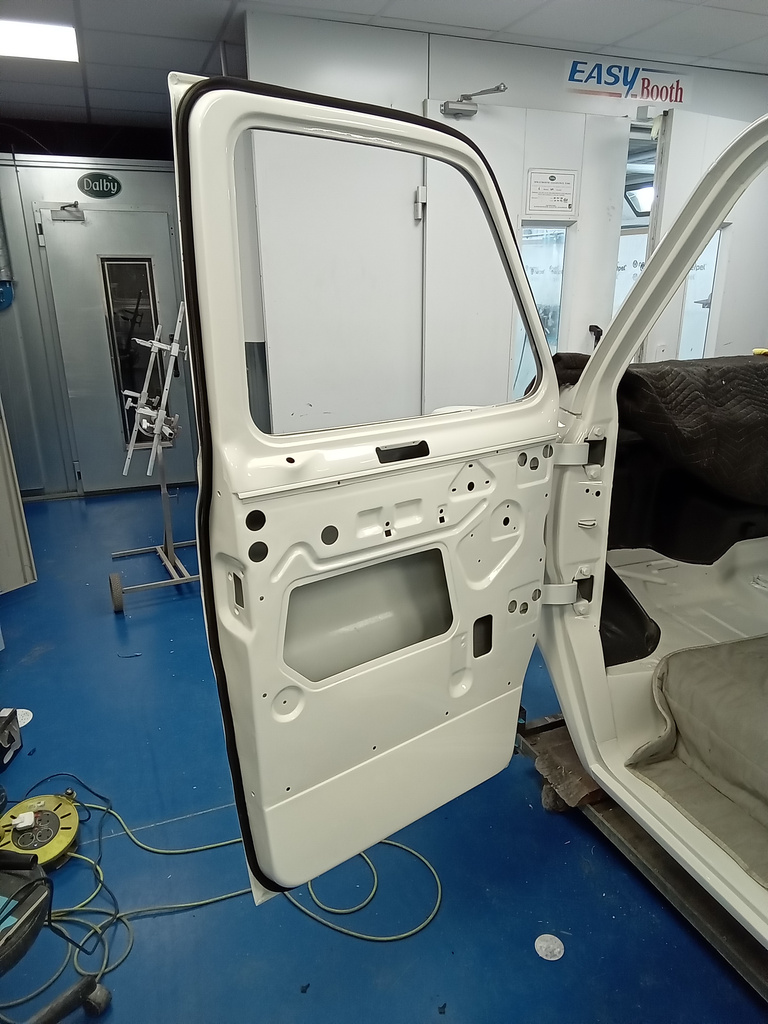
Brian has fitted up the Transit Mk2 with new rubber seals. Help in today’s Storm Ciaran weather!

Steve has removed the gear linkage, stripped it down and cleaned. He is now for new bushes to arrive to be fitted. He has then
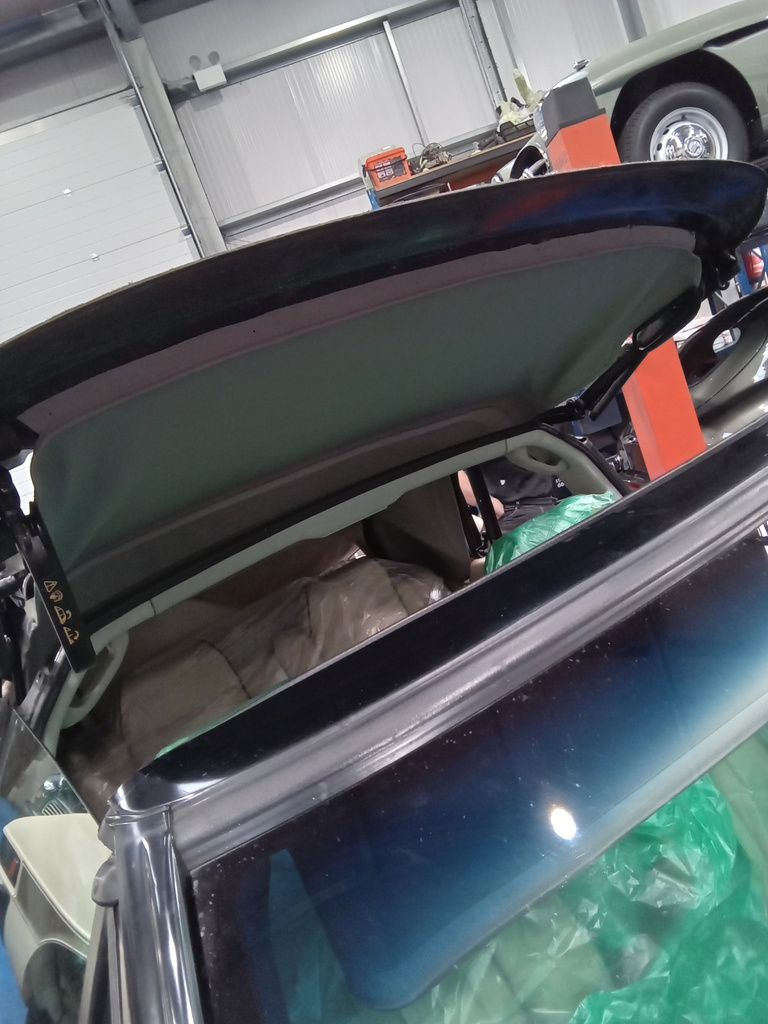
The new roof is progressing well on our 1995 Rover 216 Cabriolet. Brian has been busy glueing headliner to the front edge of the roof

Jon is now carrying out repairs whilst inspecting our beautiful 1968 Morris 1000 Pickup. This is all in preparation for Molly and the competition team
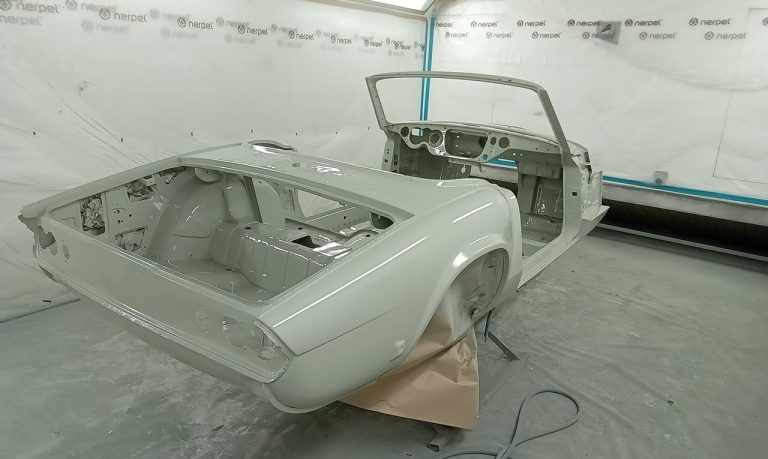
Alan is now on the exciting stage of preparing the car with epoxy primer. The doors, bonnet, boot lid and body of car are now
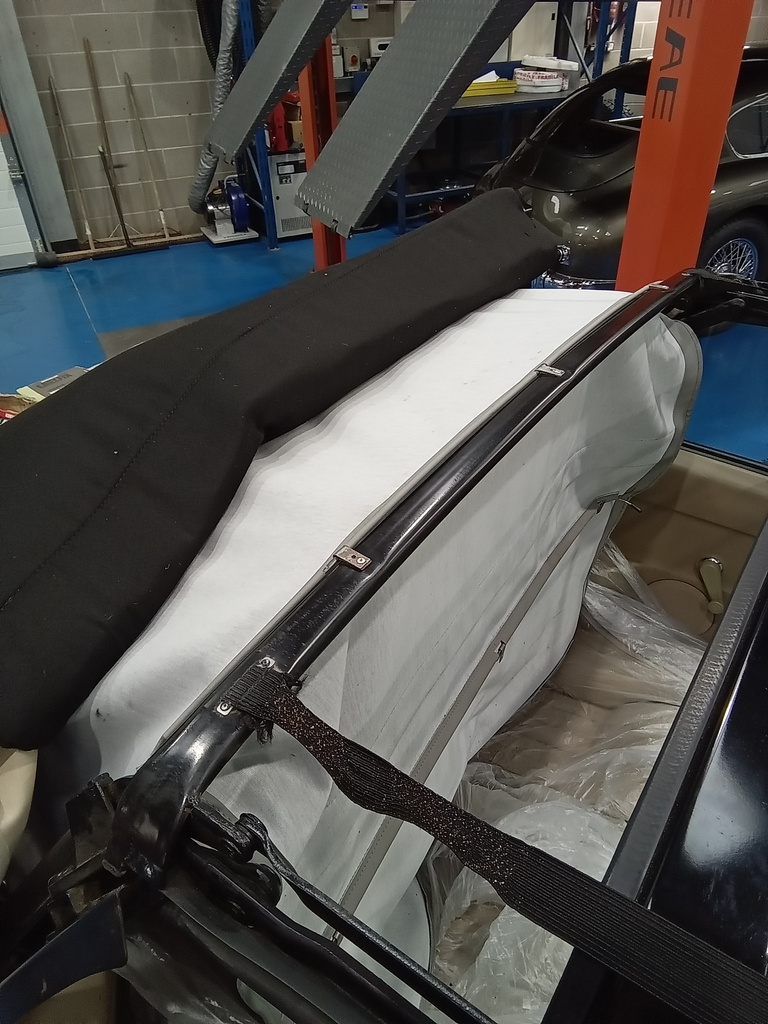
Brian and Lydia are busy fitting the hood, headliner and inner pad to the rear bar.
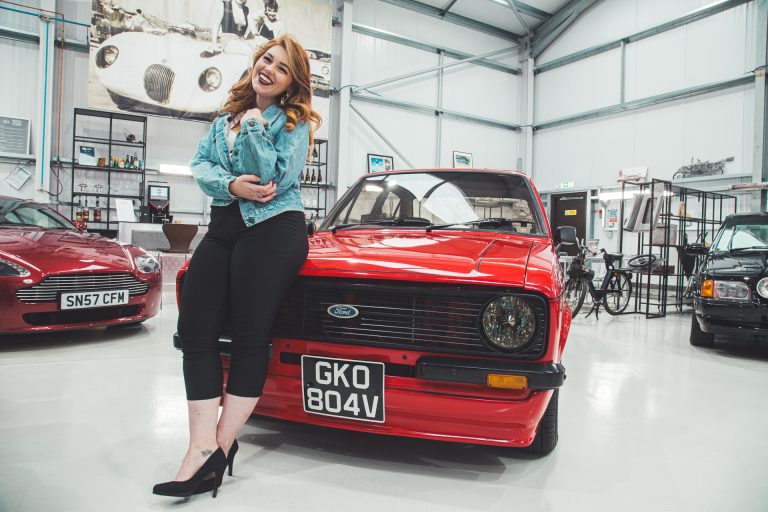
Our 1979 Ford Escort Mk2 is now live on the Bridge Classic Cars Competitions website for you to win! This legendary, rear-wheel drive fun machine

The Bridge Classic Cars Suffolk HQ have welcomed a wonderful new arrival recently. It’s our new 1932 Austin 7 Ulster. This beautiful pre-war road racer,
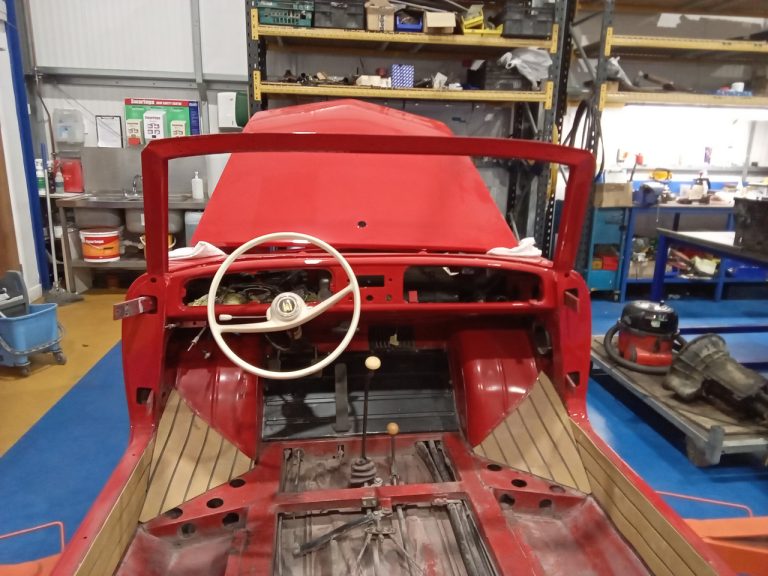
James has started to reassemble our 1964 Amphicar. Starting with electrics, wiring and lighting units he has had to tidy and check all wiring behind
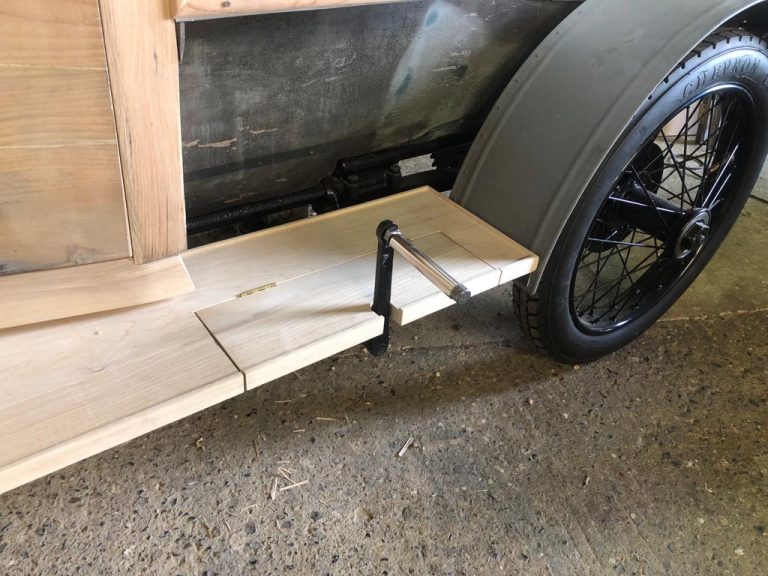
Alright, I am not referring to the start-stop technology of today, it’s not quite the completely automatic system that works by detecting a lack of
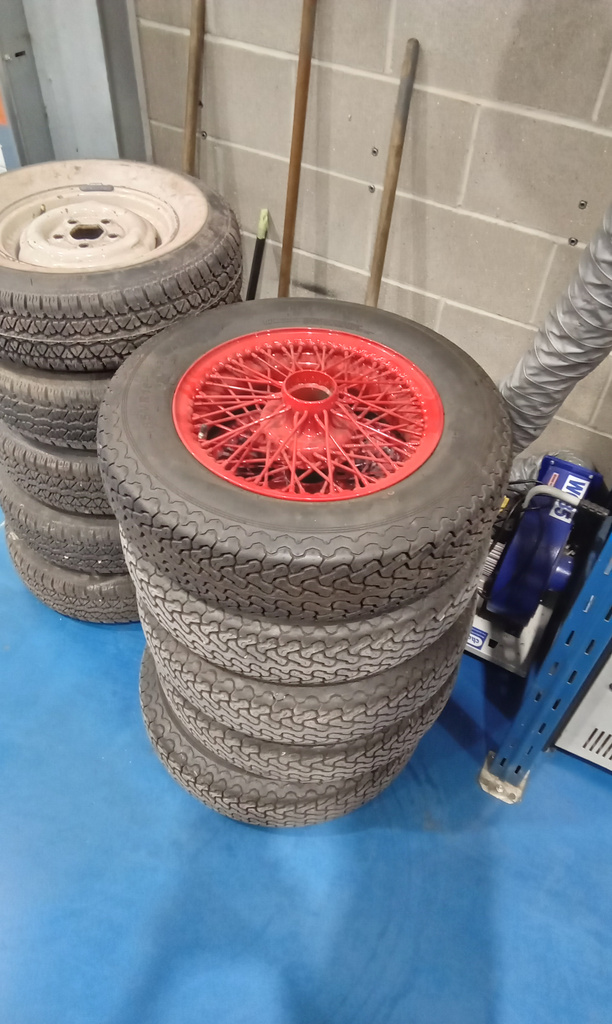
Jon has removed the spoked wheels in preparation for the colour change. From red to silver.

It’s not everyday we get a modern in but today we have a quick in and out… Our 2016 Land Rover Sport may have a
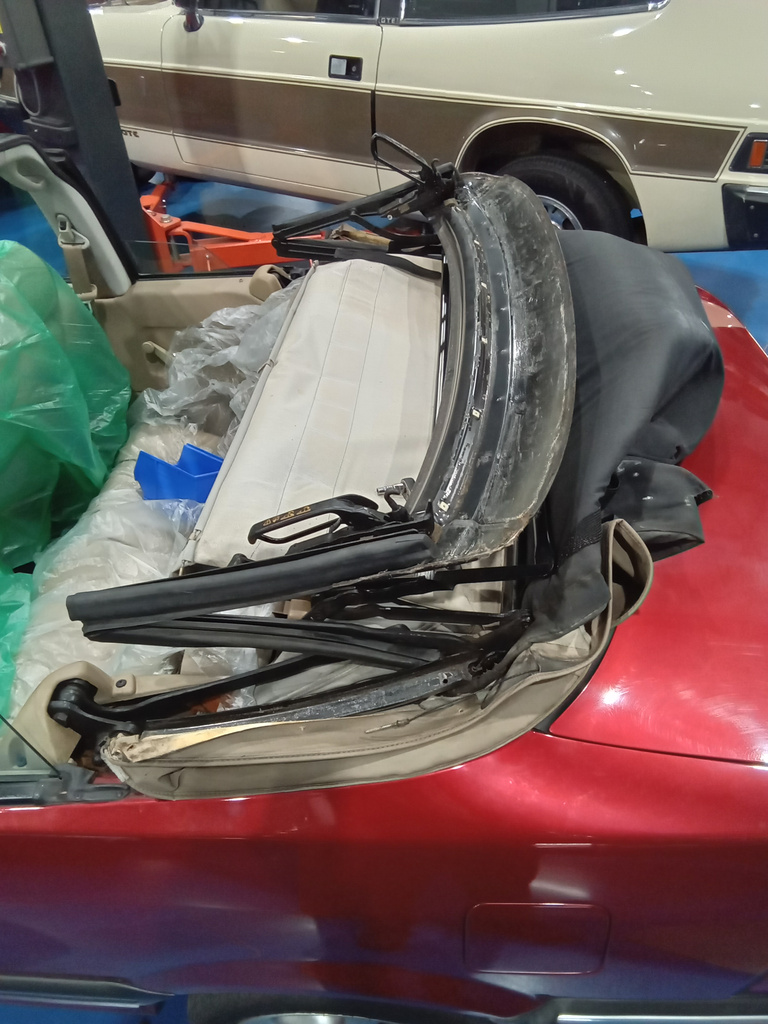
Lydia and Brian have welcomed in our Rover 216 Cabriolet for a new hood to be fitted. The hood comprises of an outer layer, middle
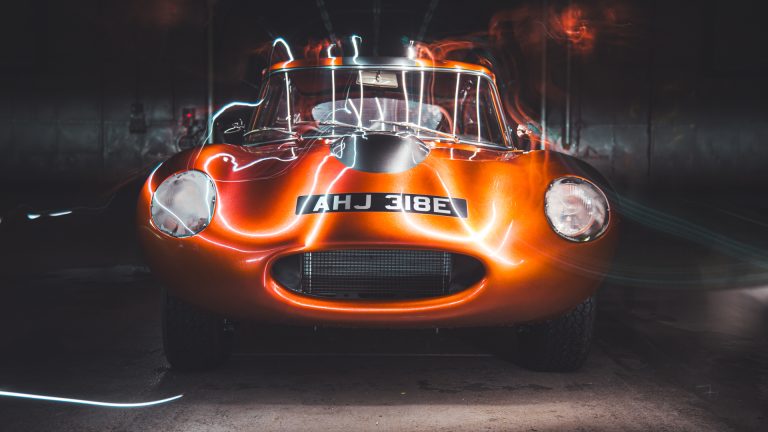
Our 1967 Jaguar E-Type Racing Series 1 is for sale by auction right now on Car & Classic. To prepare for this, Tom and Myself
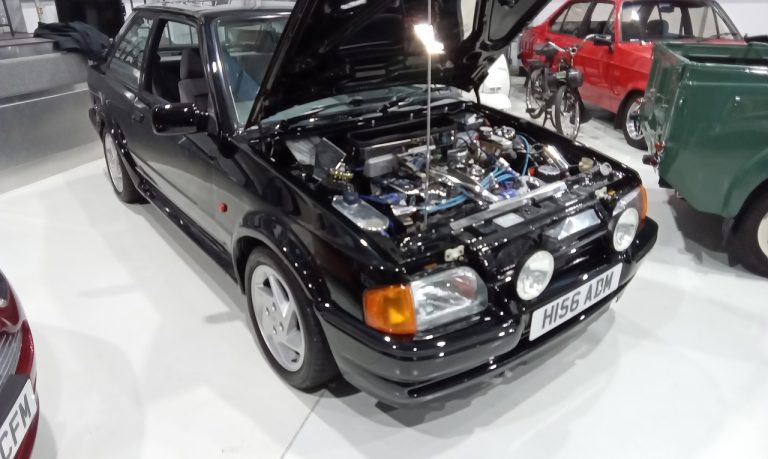
Jon has carried out the Pre Delivery inspection on yesterday’s competition prize, our 1991 Ford Escort RS Turbo. Another trip to Scotland for us; 2
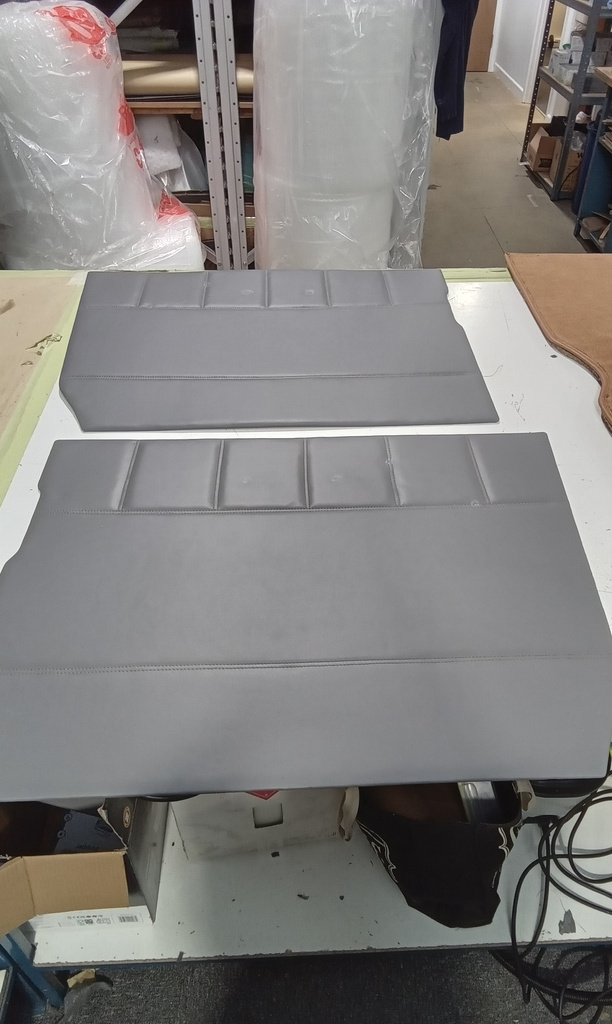
The old door cards had been finished to a poor standard and Lydia felt were not fit for purpose. She has cleaned off the old
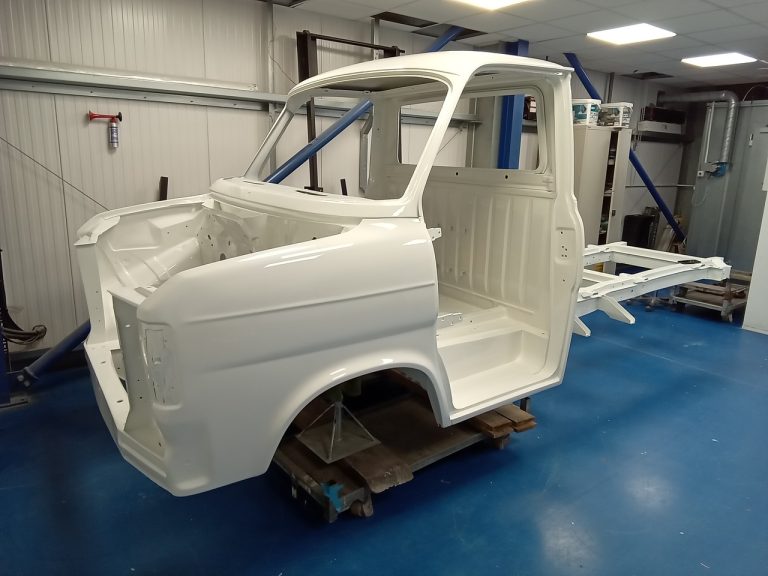
Chris has been working tirelessly in the paint shop on the final preparation of prime and paint on our Mk2 Ford Transit. The next stage
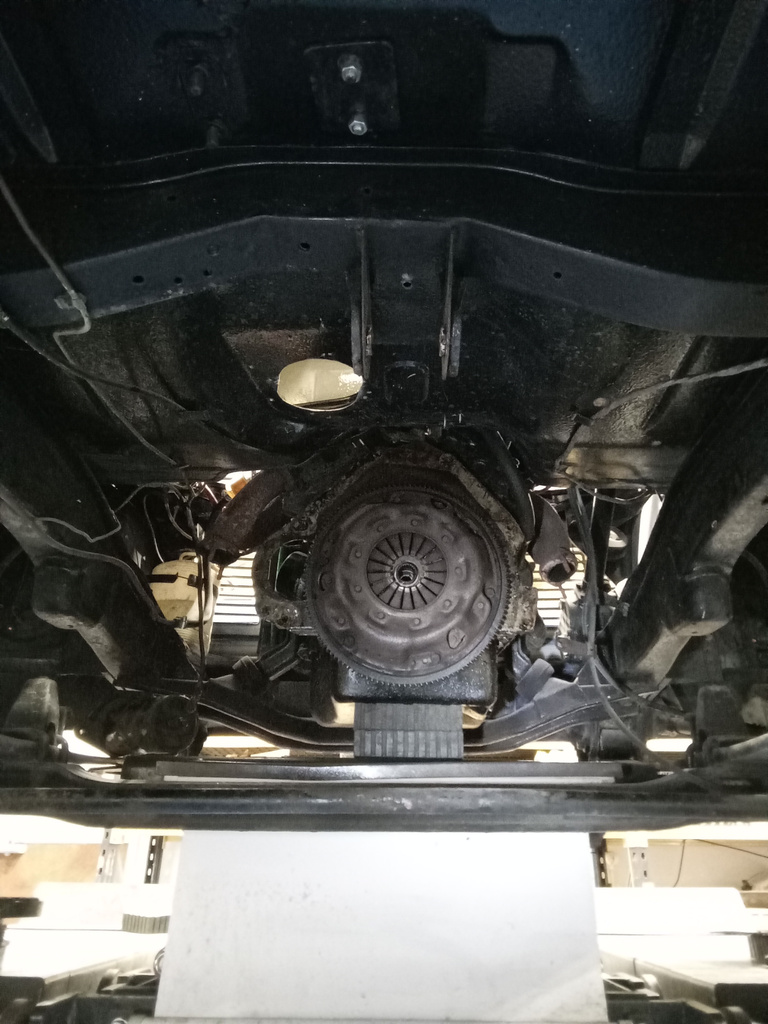
James has been working on the finishing touches to our Mk 1 Ford Transit. The gearbox has been removed, the engine sump and rear main
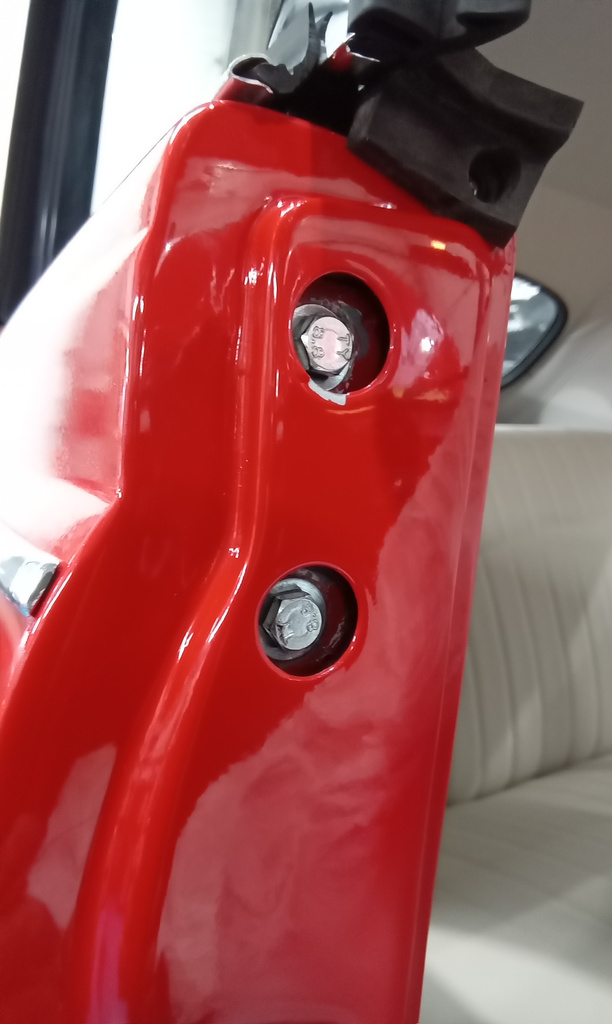
Final stages of our 1974 Volkswagen Beetle restoration and Jon is giving the car a thorough assessment to make notes of all aspects of the
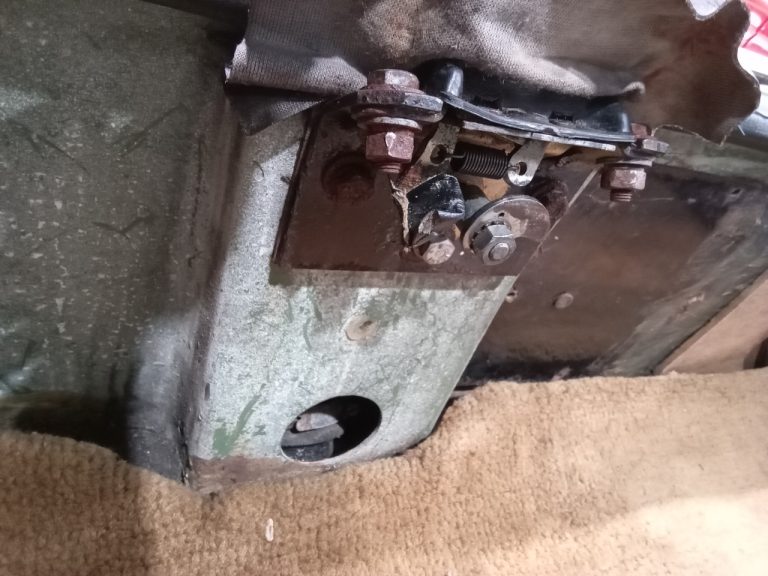
Steve has stripped down the boot lock mechanism to get to a broken bolt. He has removed the lock clean and replaced with clean tumblers
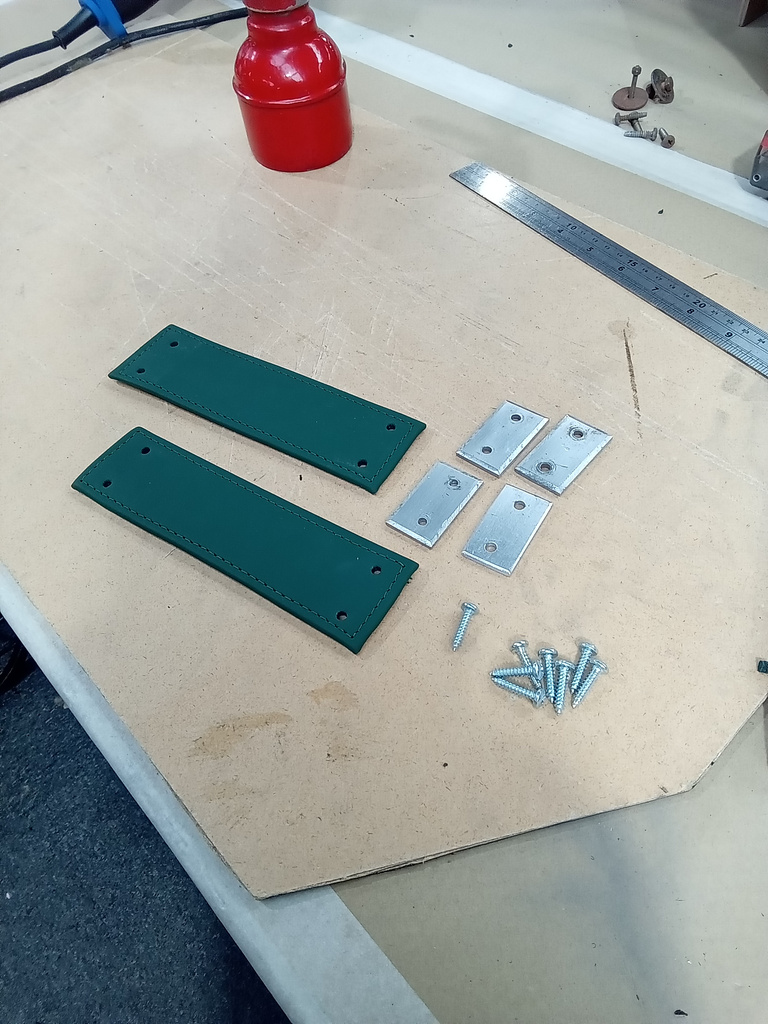
Today’s the day we say goodbye to our Land Rover Series 1 for it’s new adventures in the Highlands of Scotland with competition winner Colin.
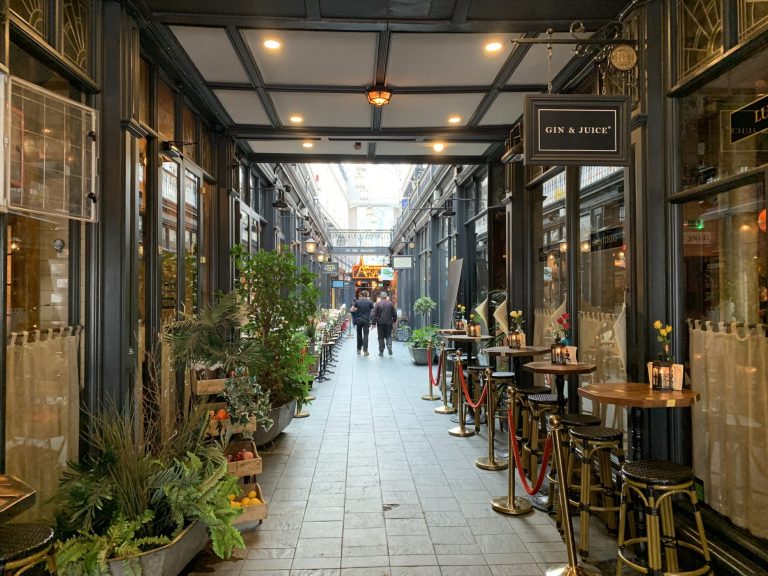
The Times voted it ‘One of the top UK city breaks’ and we at Bridge Classic Cars 100% agree. This weekend, I ventured out with
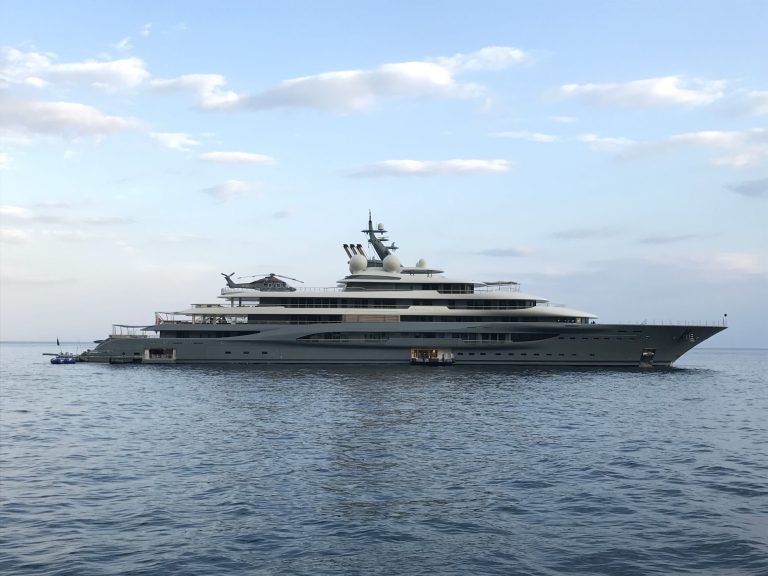
The larger the yacht, the more extravagant the experience? What is it like to work as part of the crew on these floating gin palaces?
Jon has fitted up the new bleed nipples to the freshly painted calipers.
The bolts have been cleaned and painted
We have cleaned up and reused the pad sensor wires and fitted the calipers to the car.
The old pads have been reused as they are nearly new and we used a new fitting kit to secure the pads.
New front shock absorbers have been fitted.

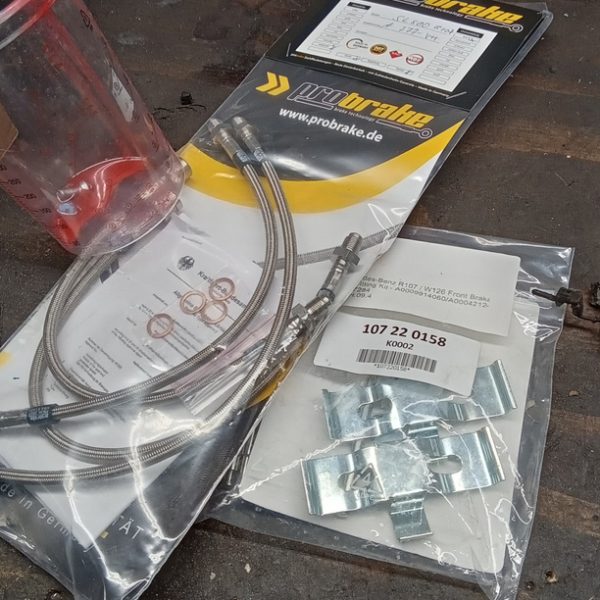

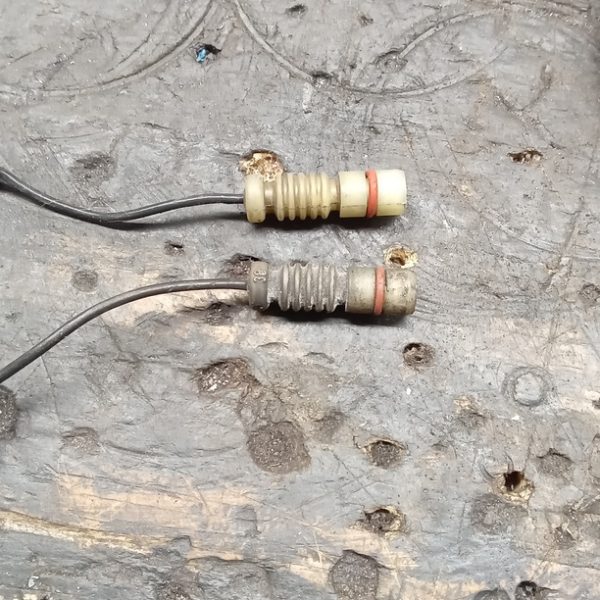
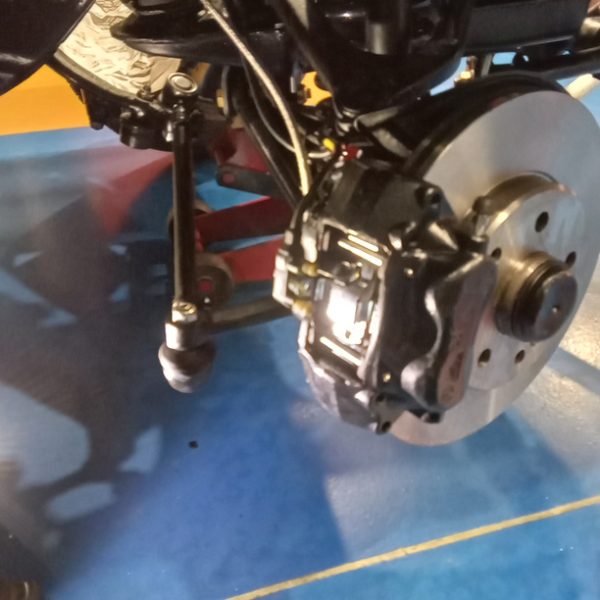
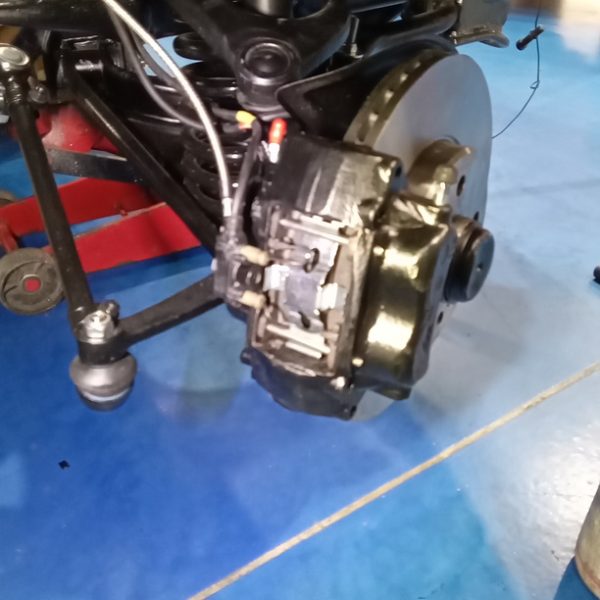
Jon is working on the final preparations of the Lotus Europa, ready for the filming to take place, hopefully, the week after next .
A new, modified fuel sender has been fitted into the tank. Fuel has then been added to check the integrity of sender seal and all ok.
We have fitted tank into the hole in body and aligned the bolts. All fixings have been secured
Jon has then drain the fuel out to connect fuel feed and return pipes.
The electrics were next on his list as he repaired the wiring to the fuel pump and made connections.
Checked pump operates and all ok so we have refilled with fuel.
The gauge is reading ok, 3/4 full on gauge which is accurate.
We have applied underseal in black.
Refit nearside rear wheel and torque up.
Put battery on charge.
Refit engine heatshield and boot liner.
Get car off ramp and start up before carrying out a road test. The car pops and bangs under light throttle conditions but ok under hard acceleration which will need to be addressed.
Slow idle speed down on each carb equally.
A trip to DanST Performance Engineering next week to correct the running issue and hopefully ready for the competitions department!
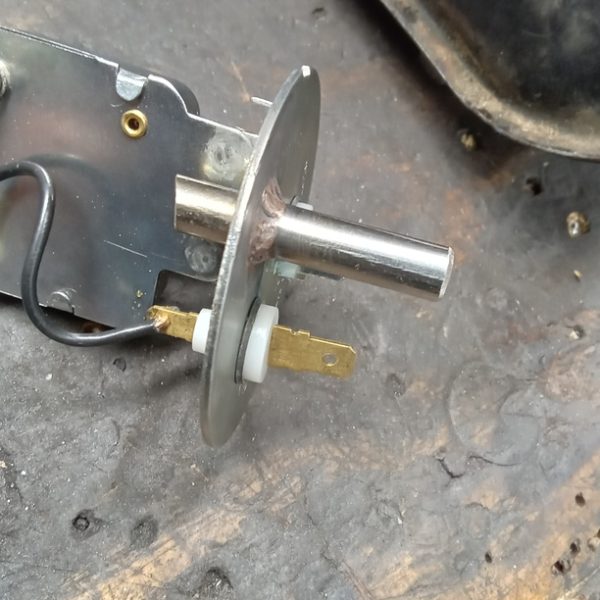
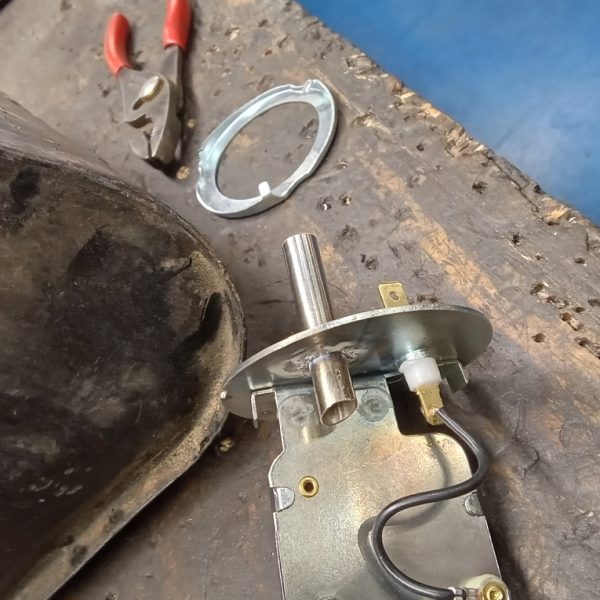
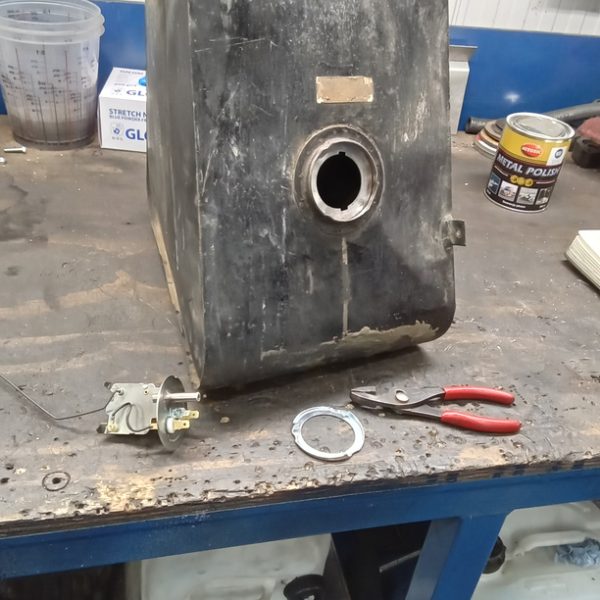
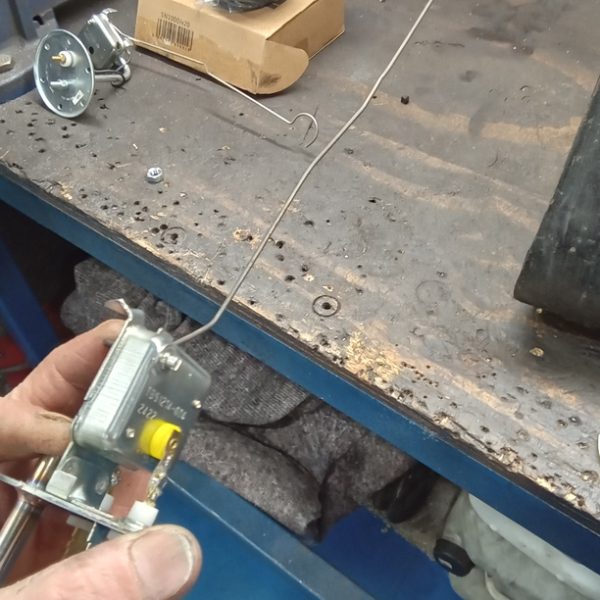
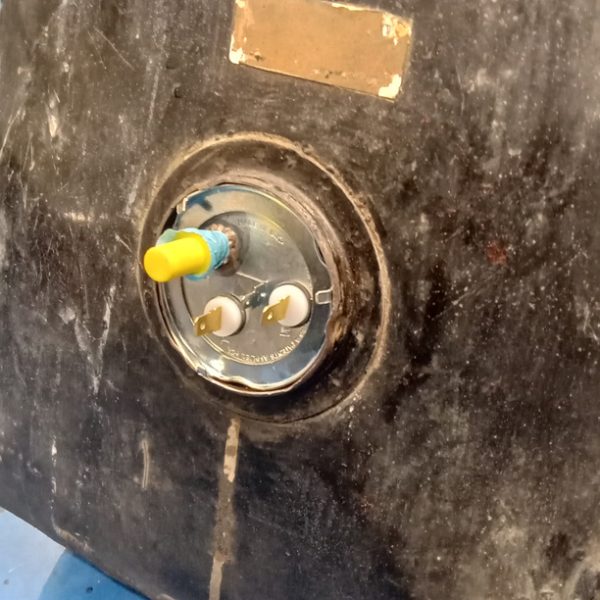
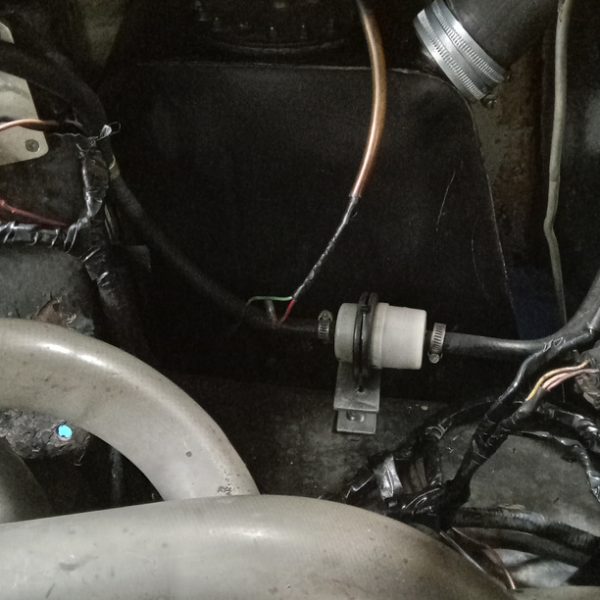

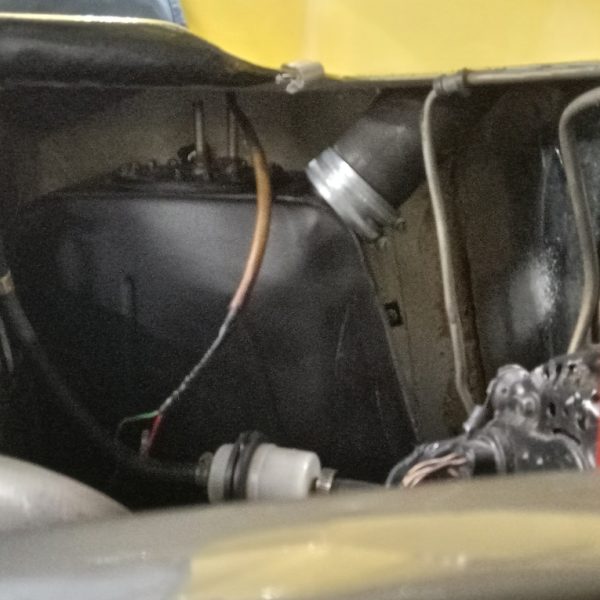
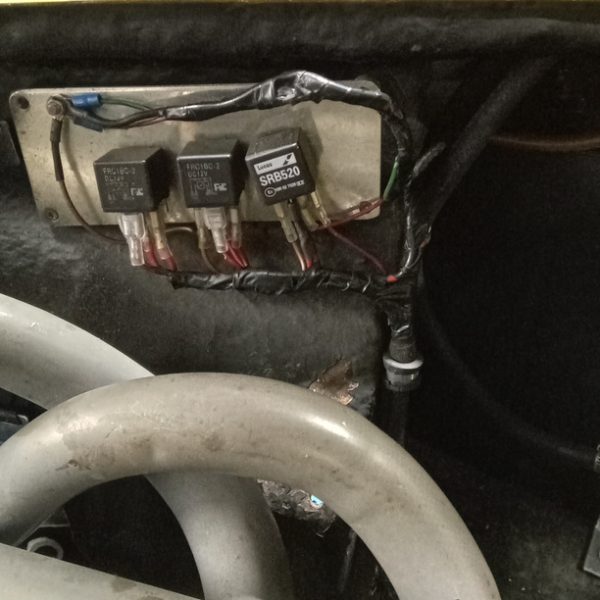
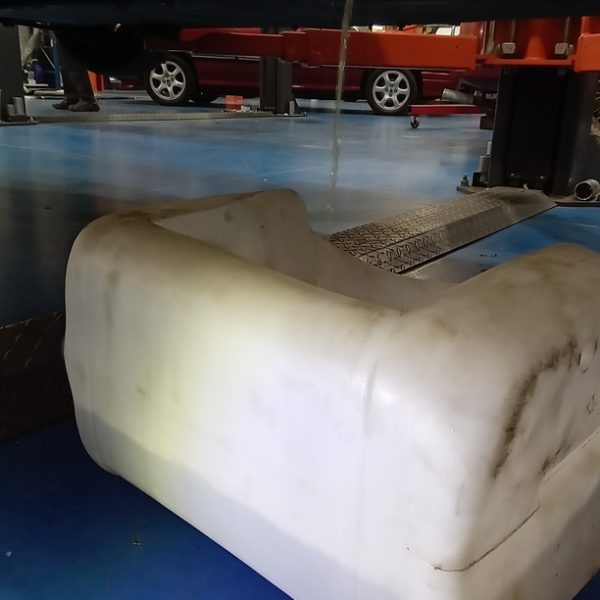

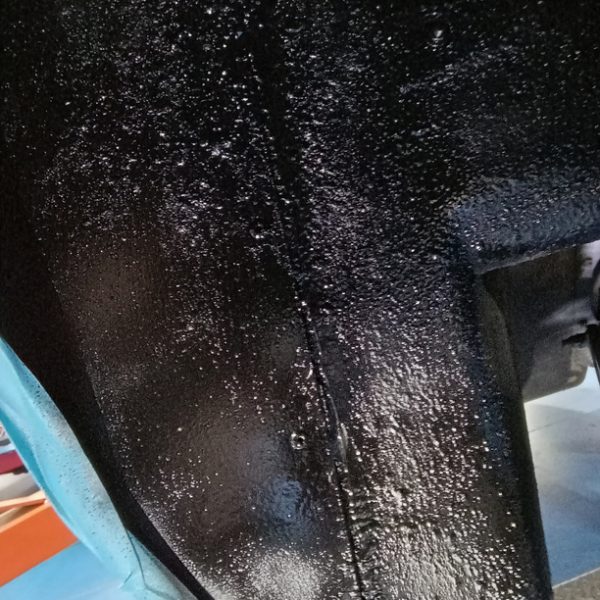
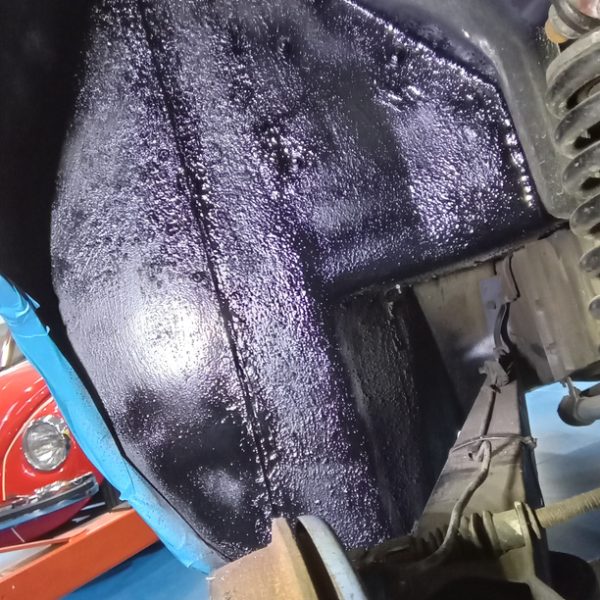
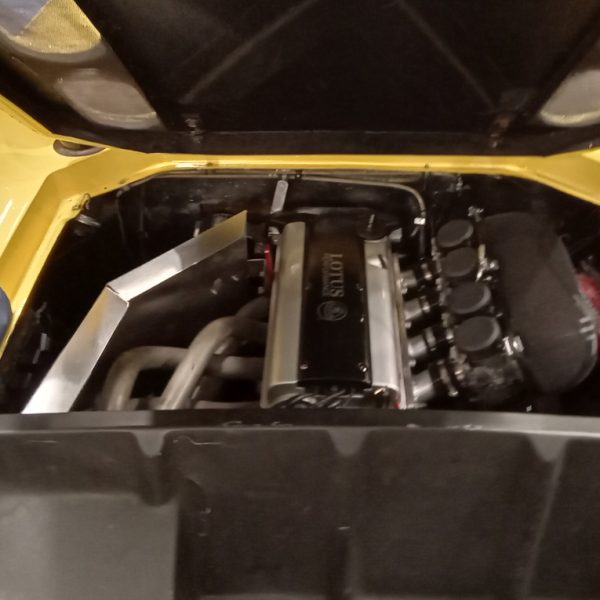
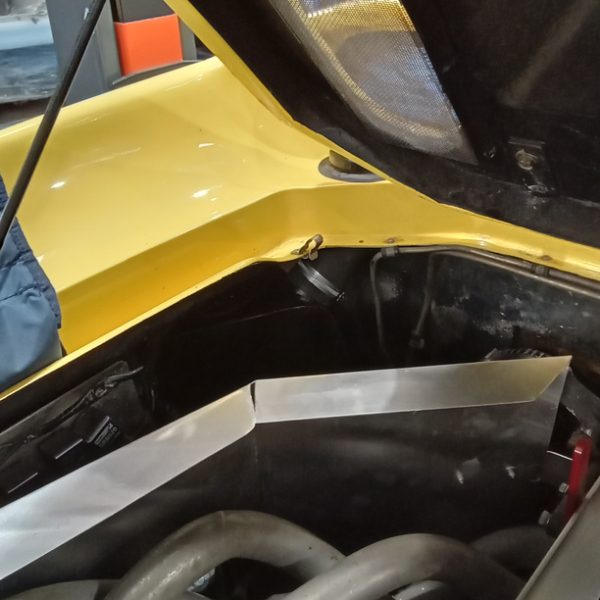

Our 1968 Jaguar E-Type Series 1.5, which was won through Bridge Classic Cars Competitions, has made its way across the country this morning to its new home nestled deep within the Cotswolds.
The car, which is now the pride and joy of new owner Robert, has been safely put into storage with plans to bring the car out for a few winter weather road trips in the coming months but returning to its dry, warm home afterwards.
We wish Robert many happy miles with the car and look forward to seeing the adventures it finds itself on.
As you can see, Brian and Lydia have been working together to fit the rear edge of the inner liner to the rear bar of the frame. The zip section to the rear bar, rear window have now been fitted and the rubber seal to the bottom of window. The rubber seal to rear edge of the car has now been bolted in.
The cover was too tight so we have adjusted the front edge of the hood cover, glued in the flap to the frame and fitted metal bars into the rear side edges of hood cover. The cover along the rear bar of the frame has been adjusted and we’ll leave the cover on overnight to stretch.

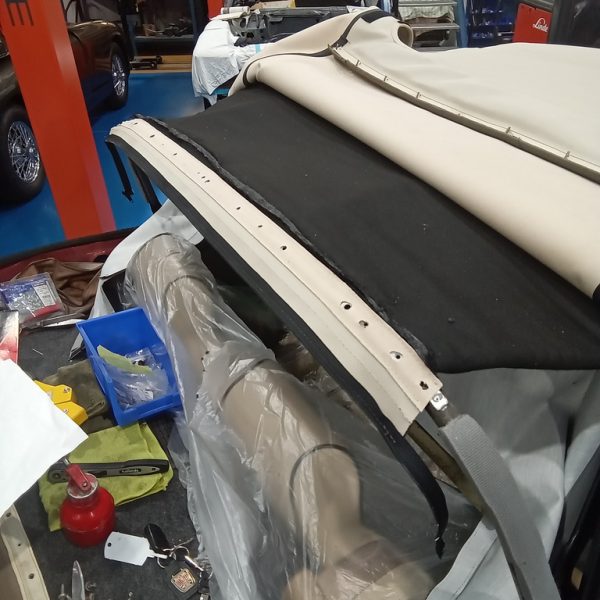
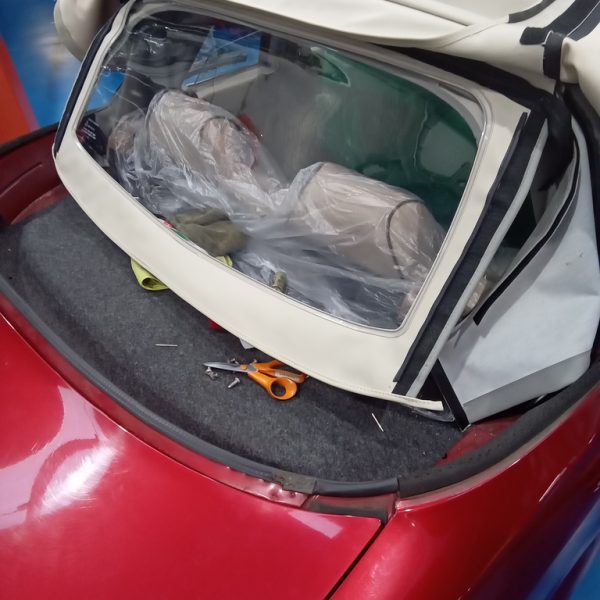
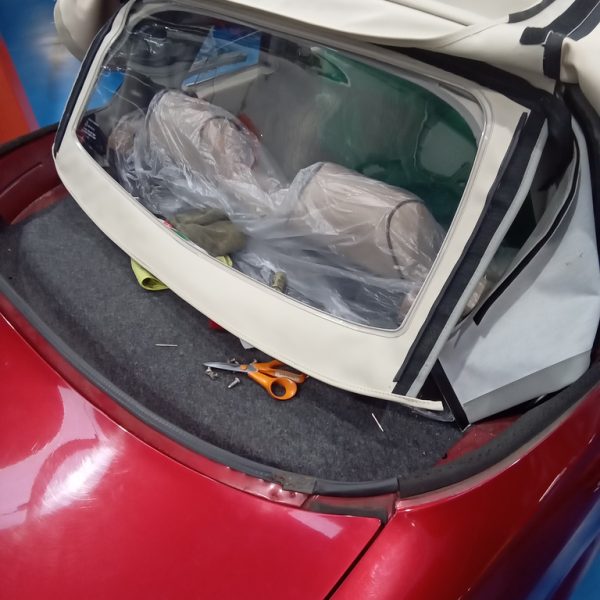

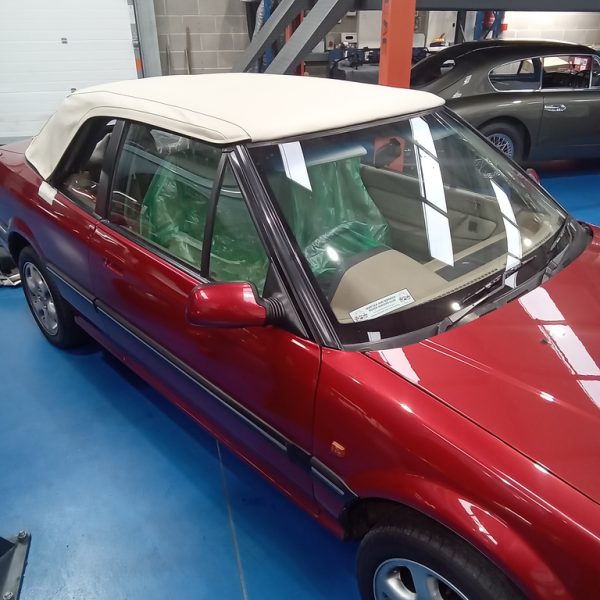

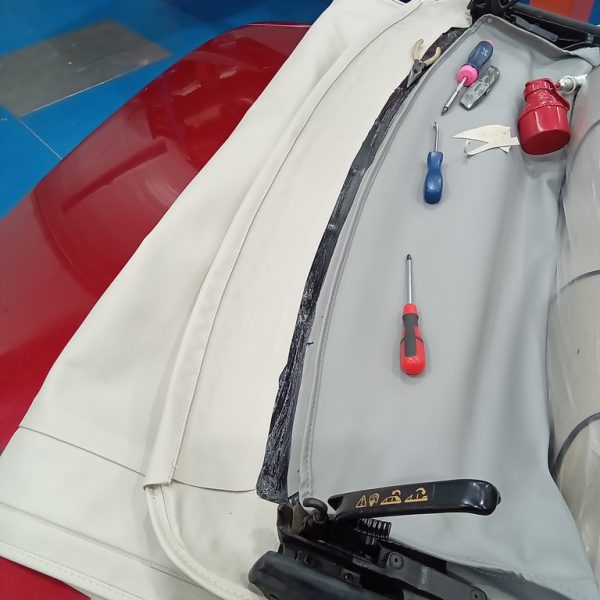
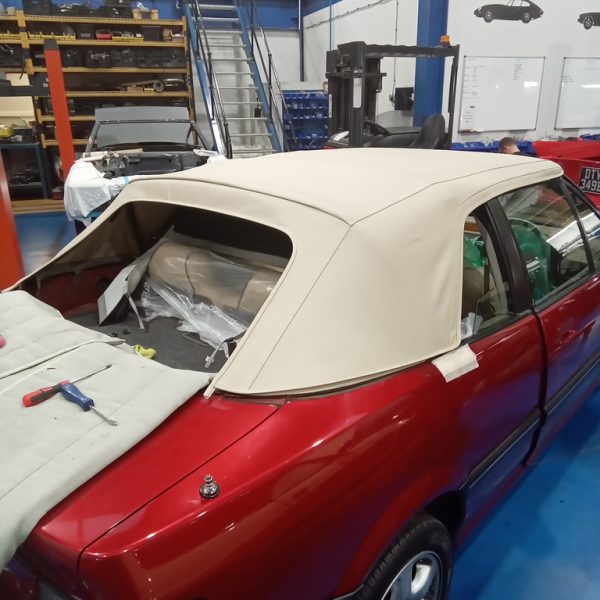
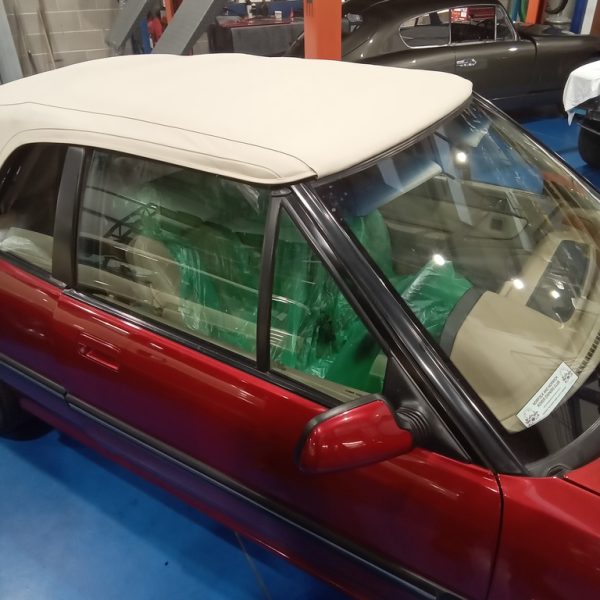
John has fitted an electronic rev counter to our Austin Healey and rewired it from positive earth to negative earth.
Changing the wiring on the fuel pump and also the battery.
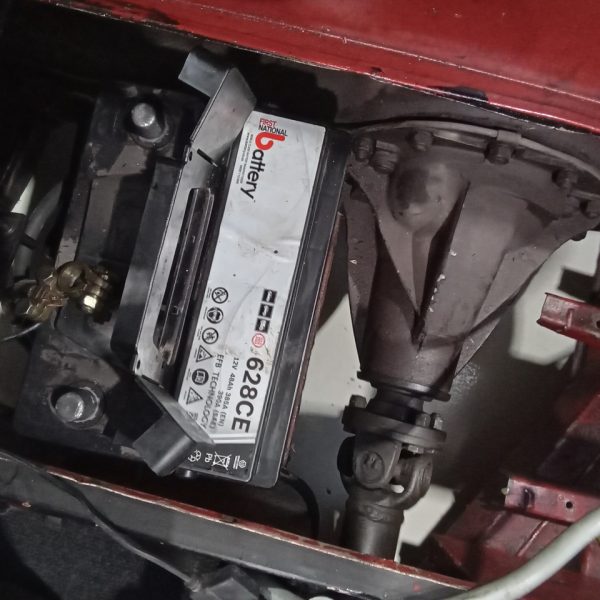
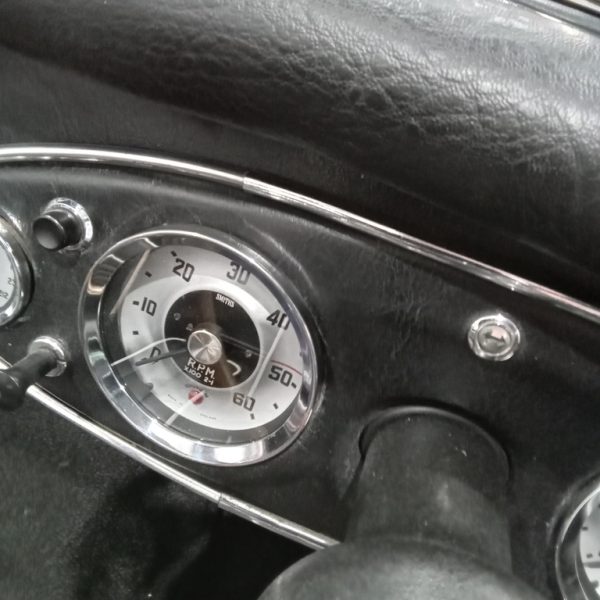
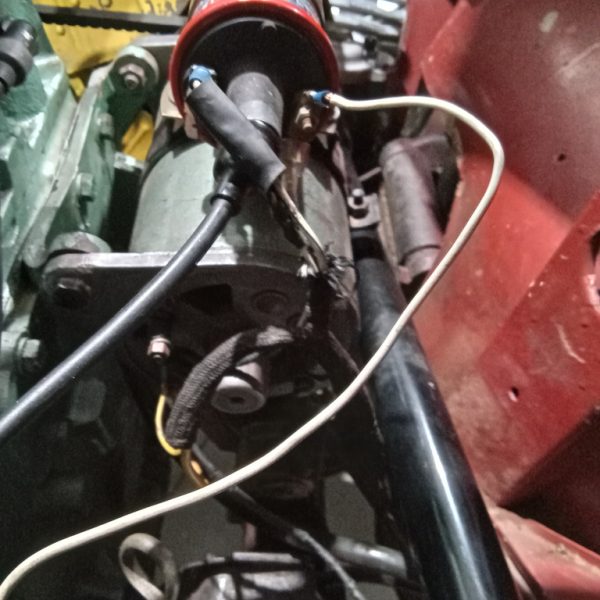

Jon is going through the final few tasks on our VW Beetle before we can take the car back home within the next couple of weeks.
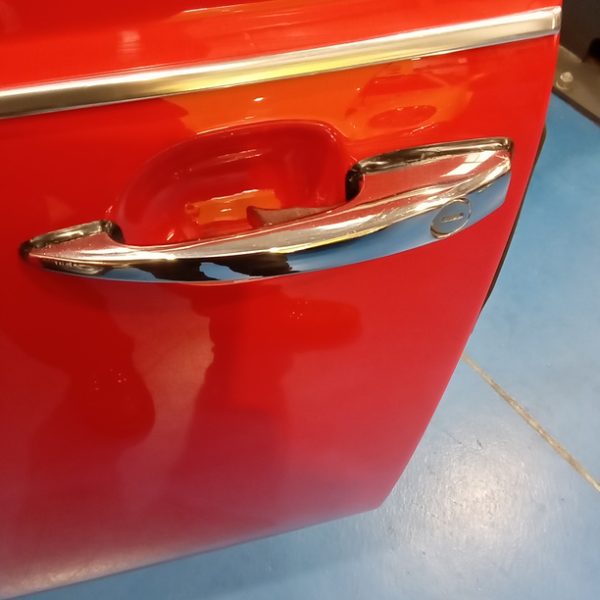

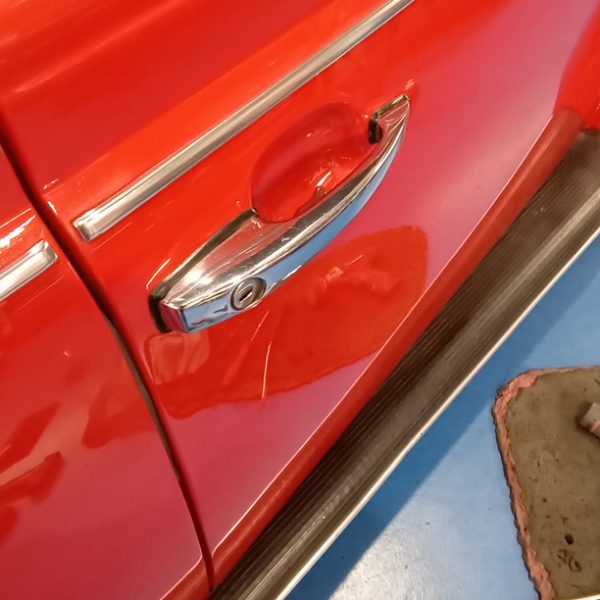
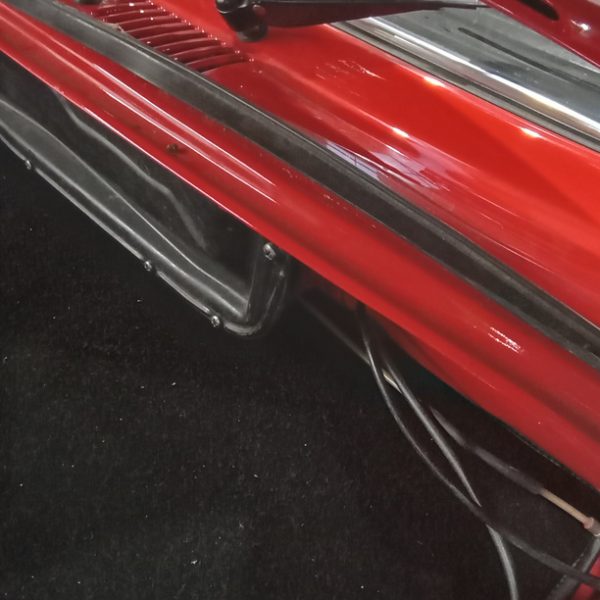
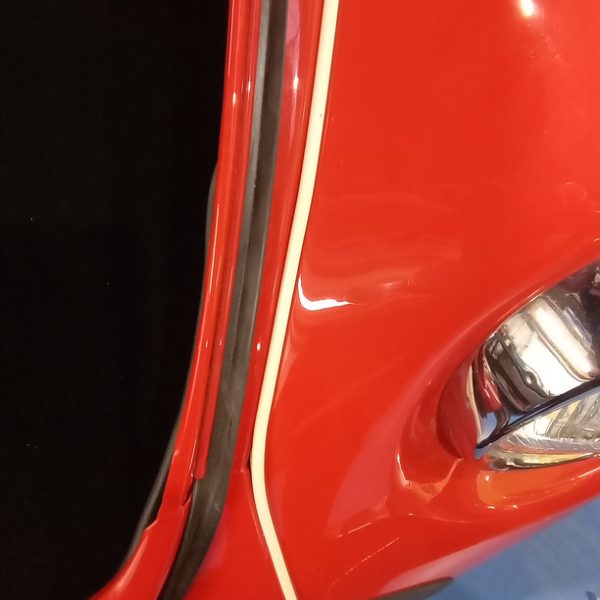
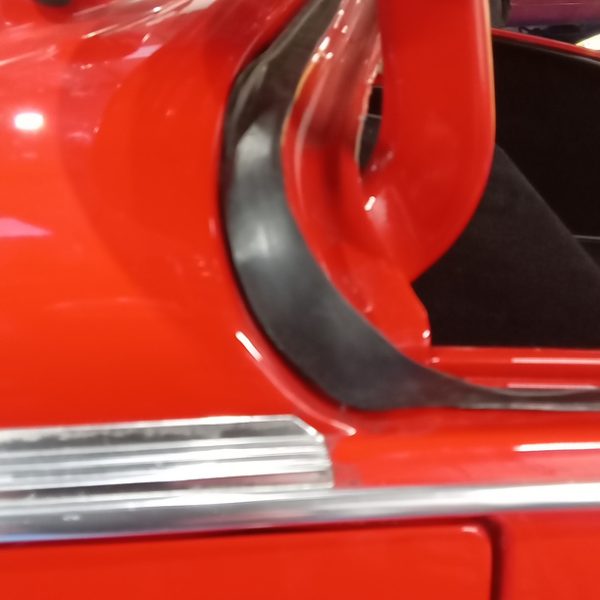
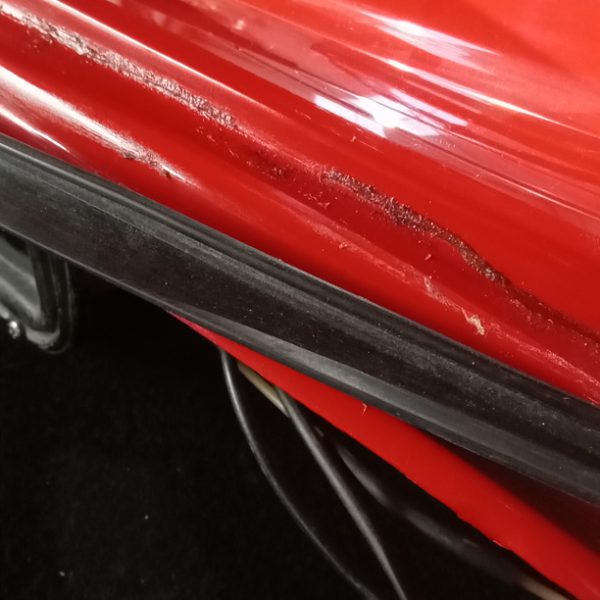
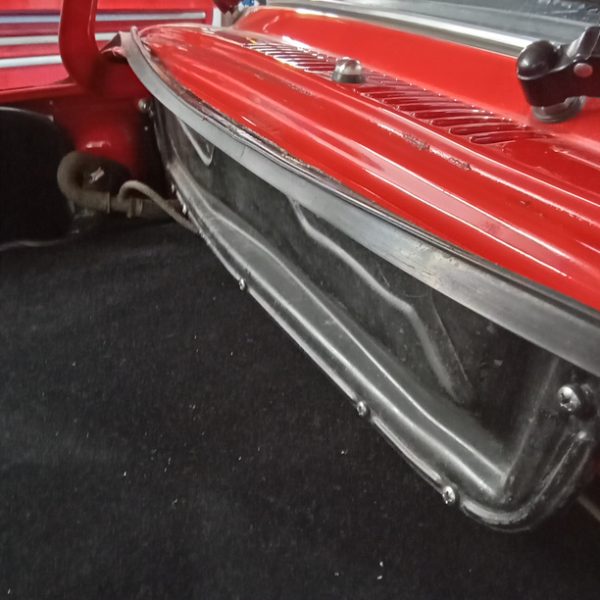

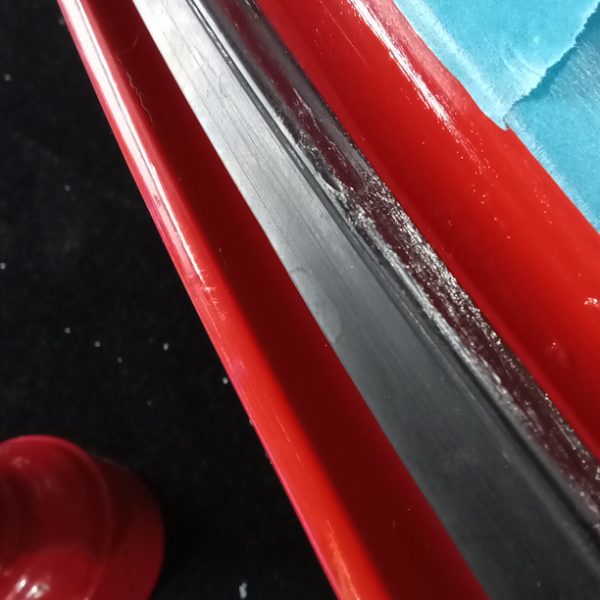

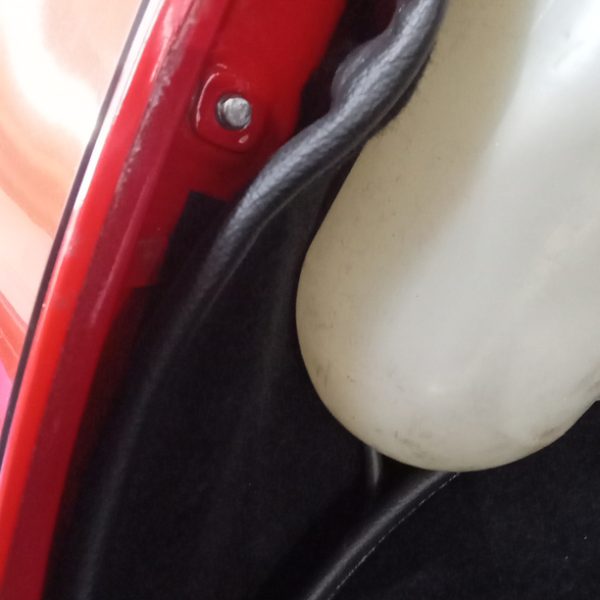
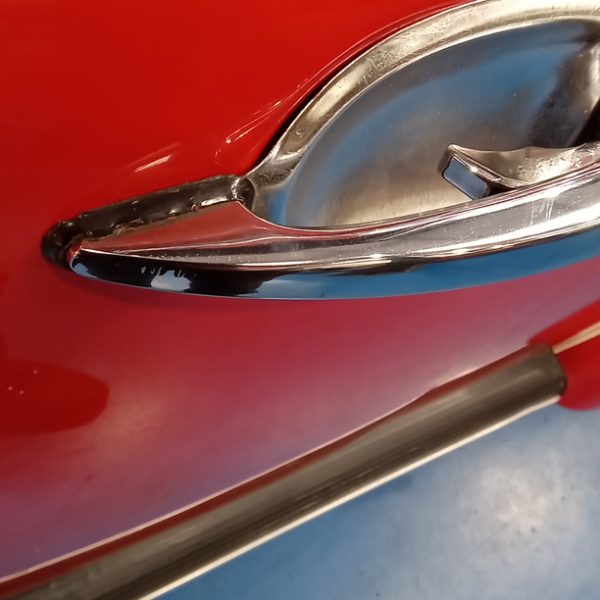
Brian has fitted up the Transit Mk2 with new rubber seals. Help in today’s Storm Ciaran weather!


Steve has removed the gear linkage, stripped it down and cleaned. He is now for new bushes to arrive to be fitted. He has then moved on to cleaning up and fixing the headlamp wiring connectors where they have corroded and worn away.
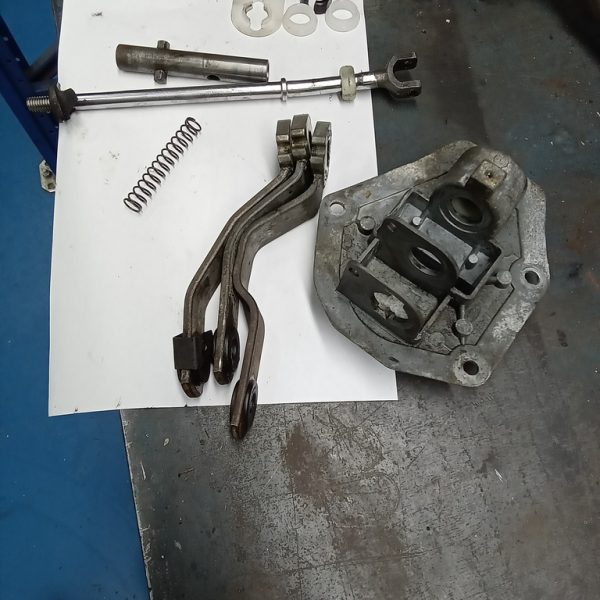

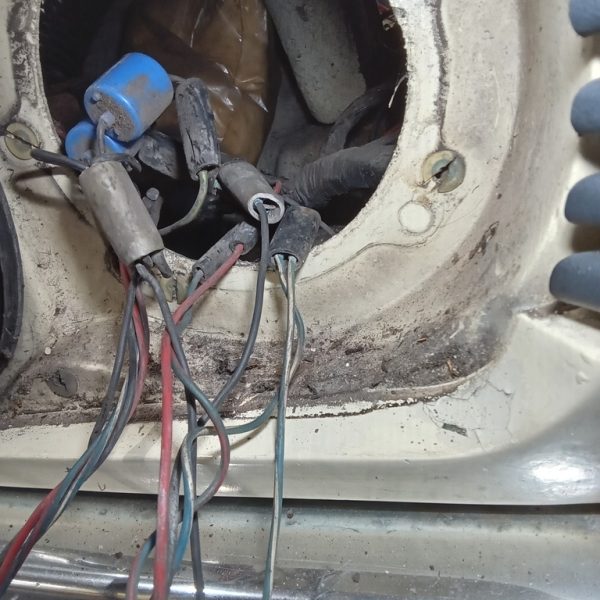
The new roof is progressing well on our 1995 Rover 216 Cabriolet. Brian has been busy glueing headliner to the front edge of the roof frame.

Jon is now carrying out repairs whilst inspecting our beautiful 1968 Morris 1000 Pickup. This is all in preparation for Molly and the competition team to take control for filming and marketing.
Having been previously restored by the experts at Charles Ware Restoration, the world renowned Morris Minor specialists we don’t expect to find anything too serious to rectofy.
All levels are ok.
We have stripped, cleaned and inspected the brakes. The nearside rear has now been freed off, de-lipped the drums, refitted and adjusted.
All points have been greased and Jon has fitted new nipples to the nearside front trunion.
Strip and fit new nearside track rod end rubber. Glued the scuttle panel rubber seal in place. The grommets have been fitted to the wiring through the nearside bulk head.
The air filter have been removed so we can look into the rich running issue. Jon found the choke cable caught up not allowing the jet tube to return fully. We have remove piston and cleaned along with the needle. We have also fitted a new choke mechanism before operating a few times via choke lever. Tested and it all runs ok.
New tyres to come and a good road test.
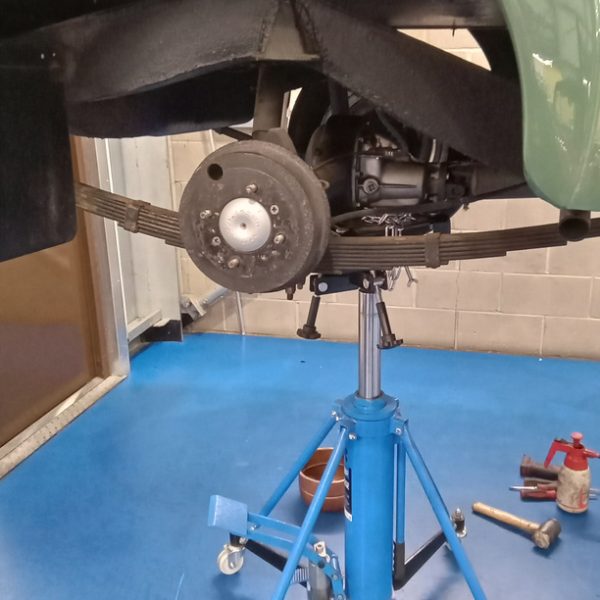
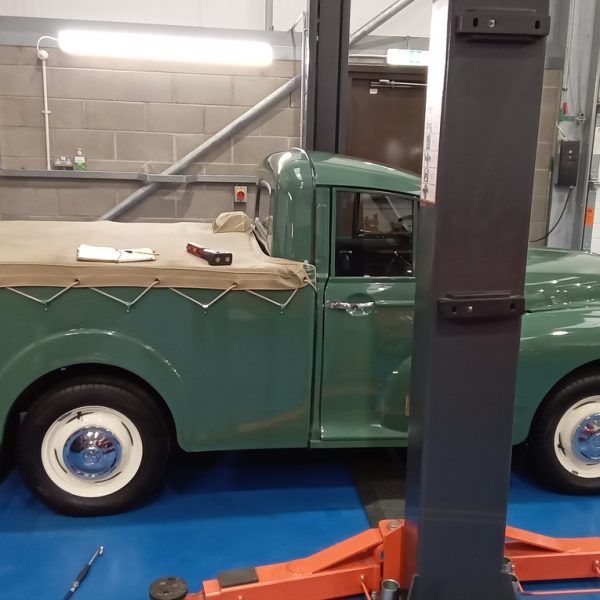
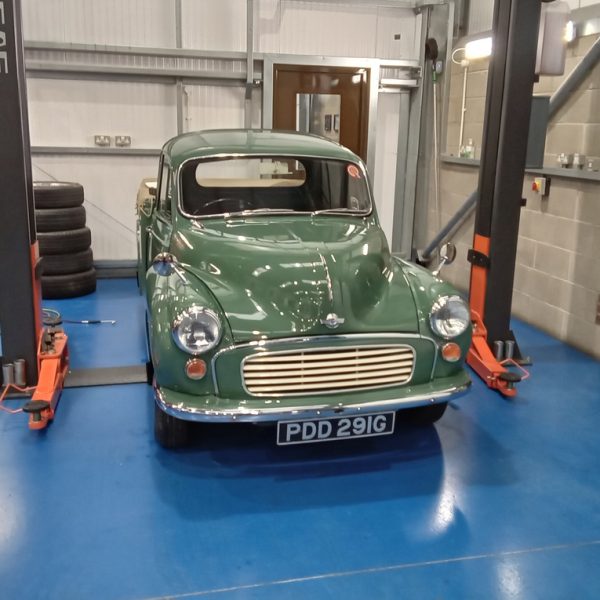
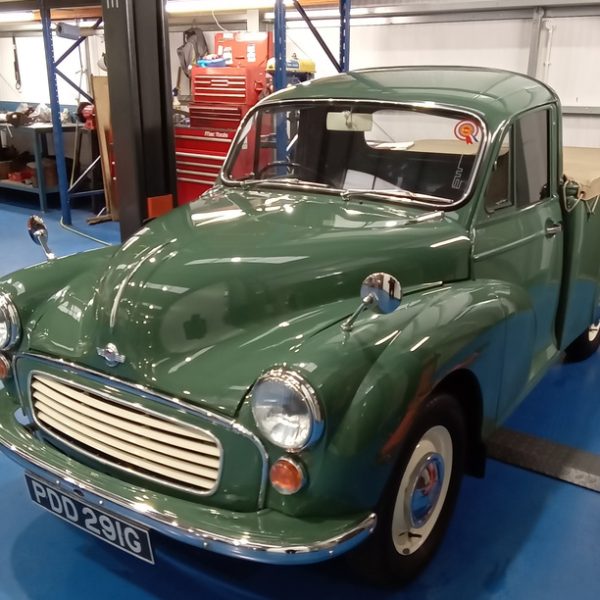
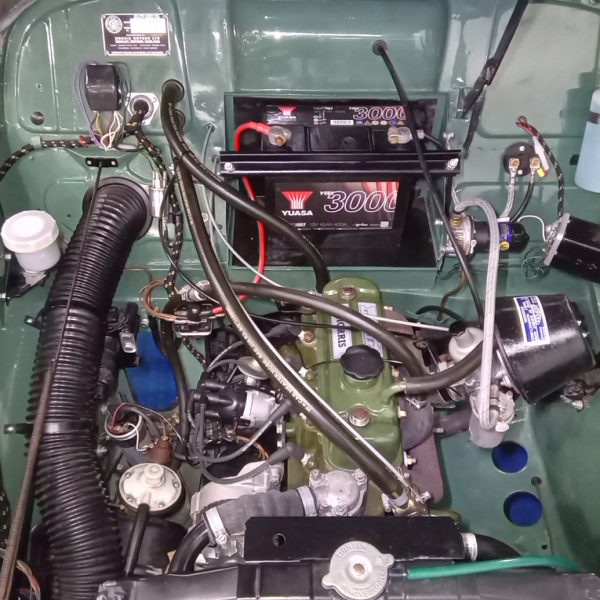
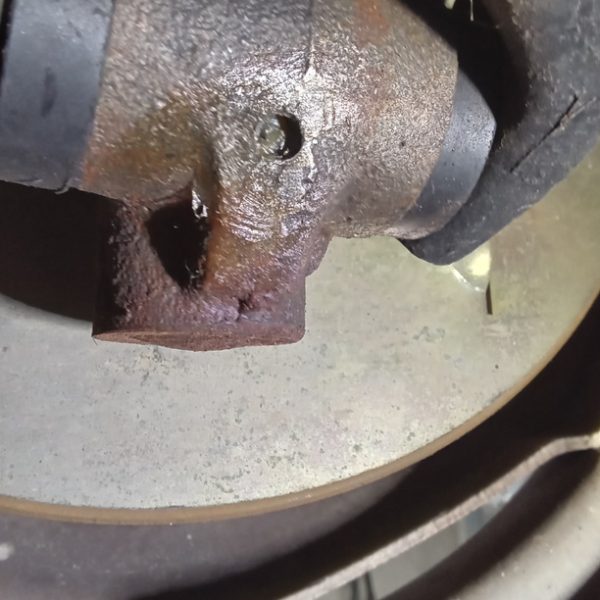
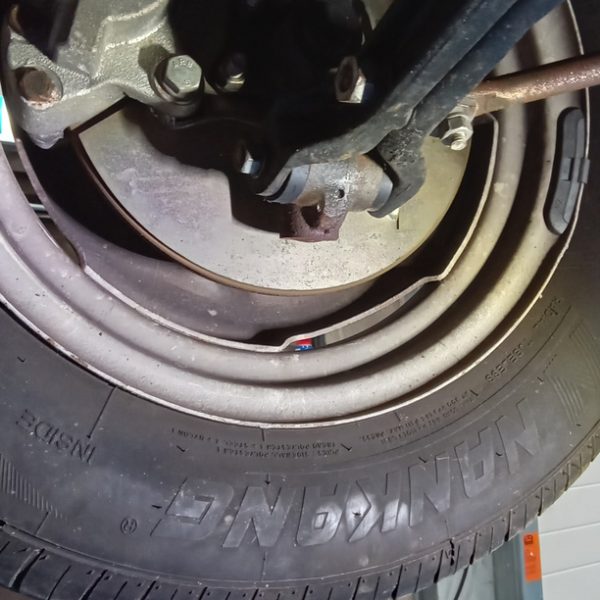
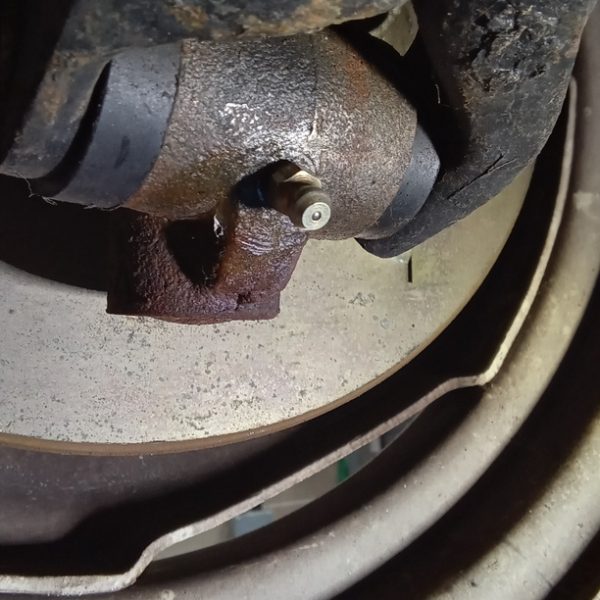
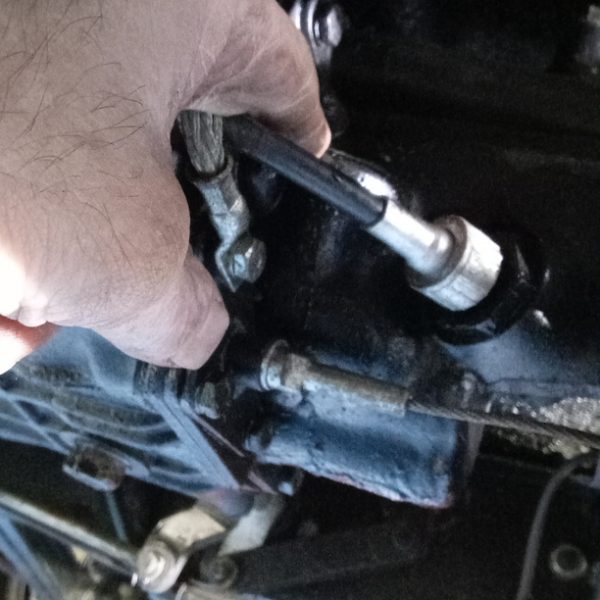
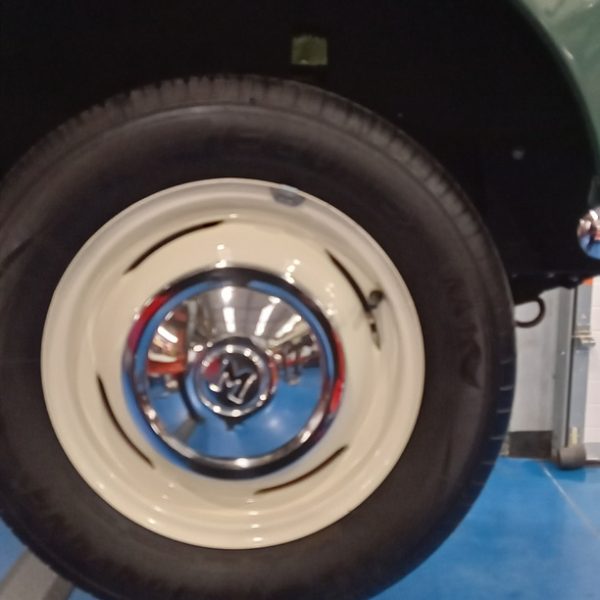
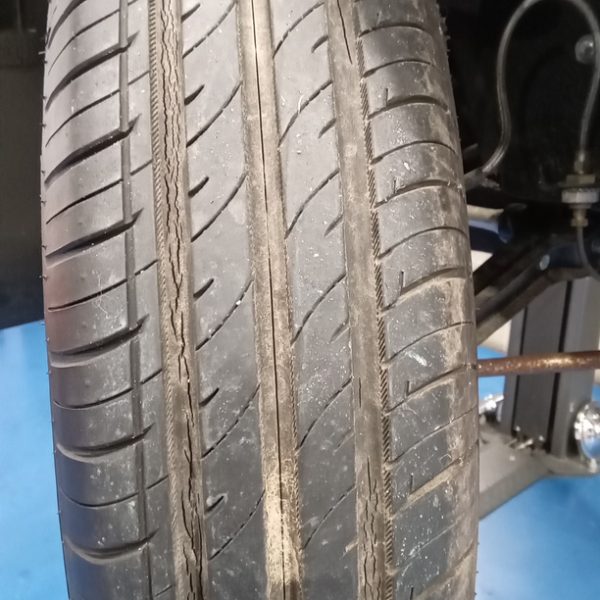
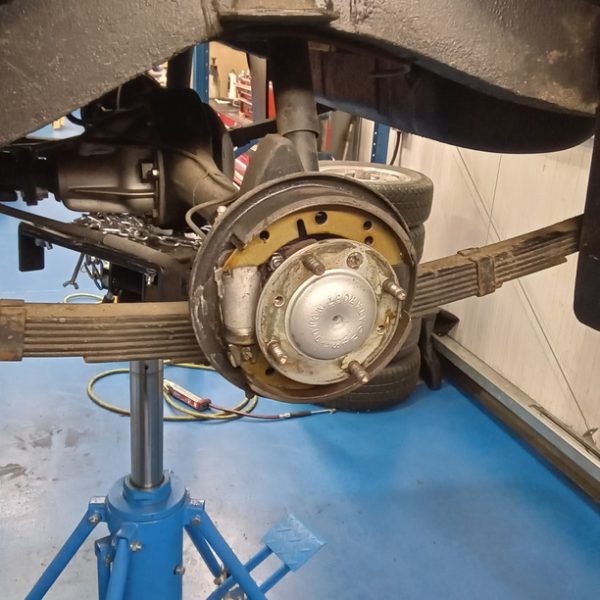

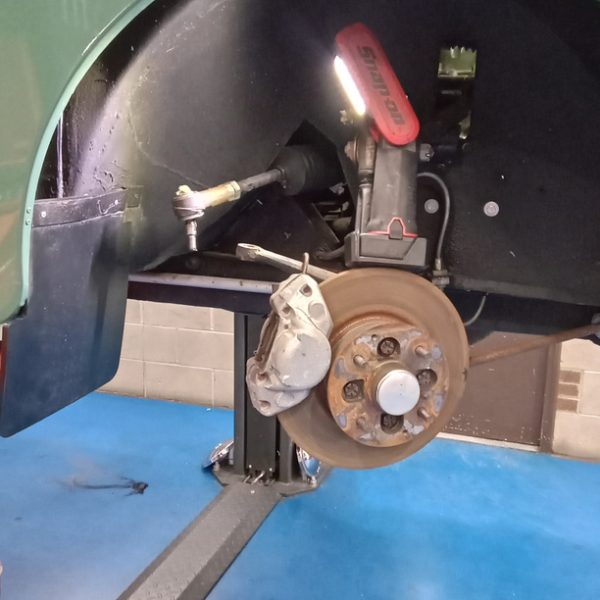
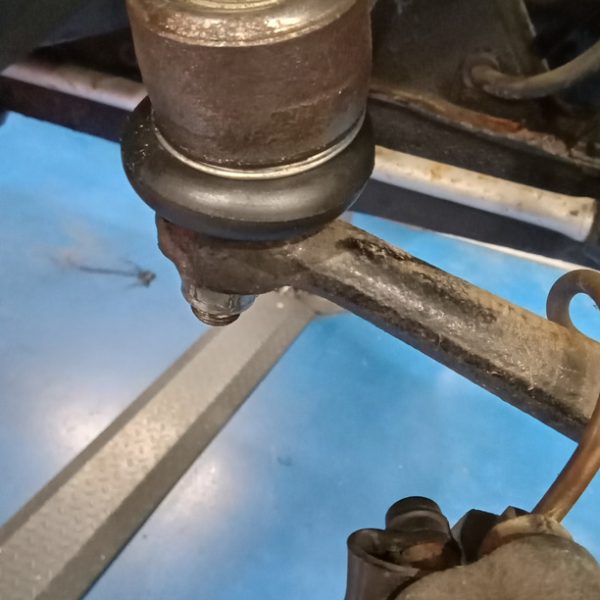


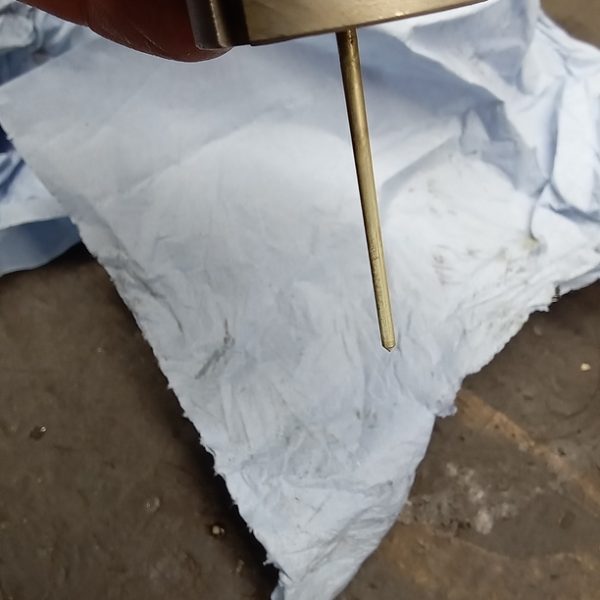
Alan is now on the exciting stage of preparing the car with epoxy primer. The doors, bonnet, boot lid and body of car are now all primed and ready for the Java Green finished to be applied.


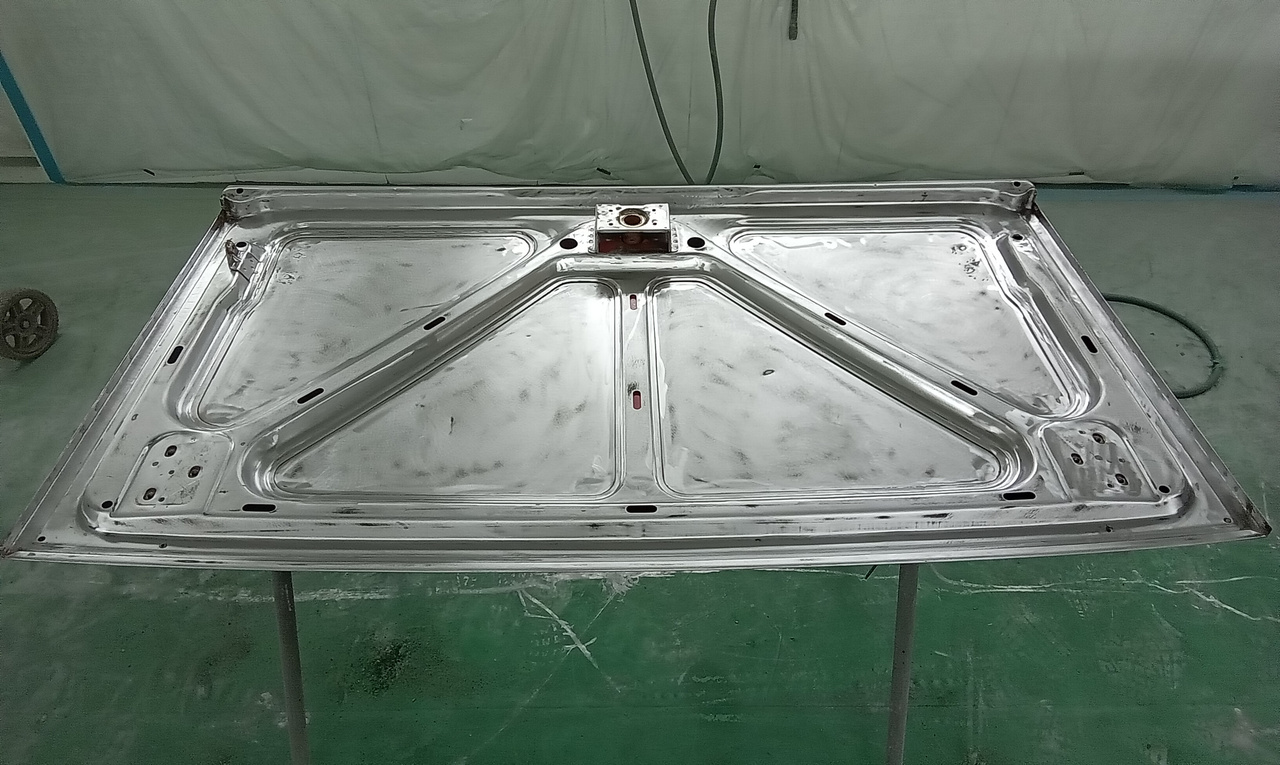
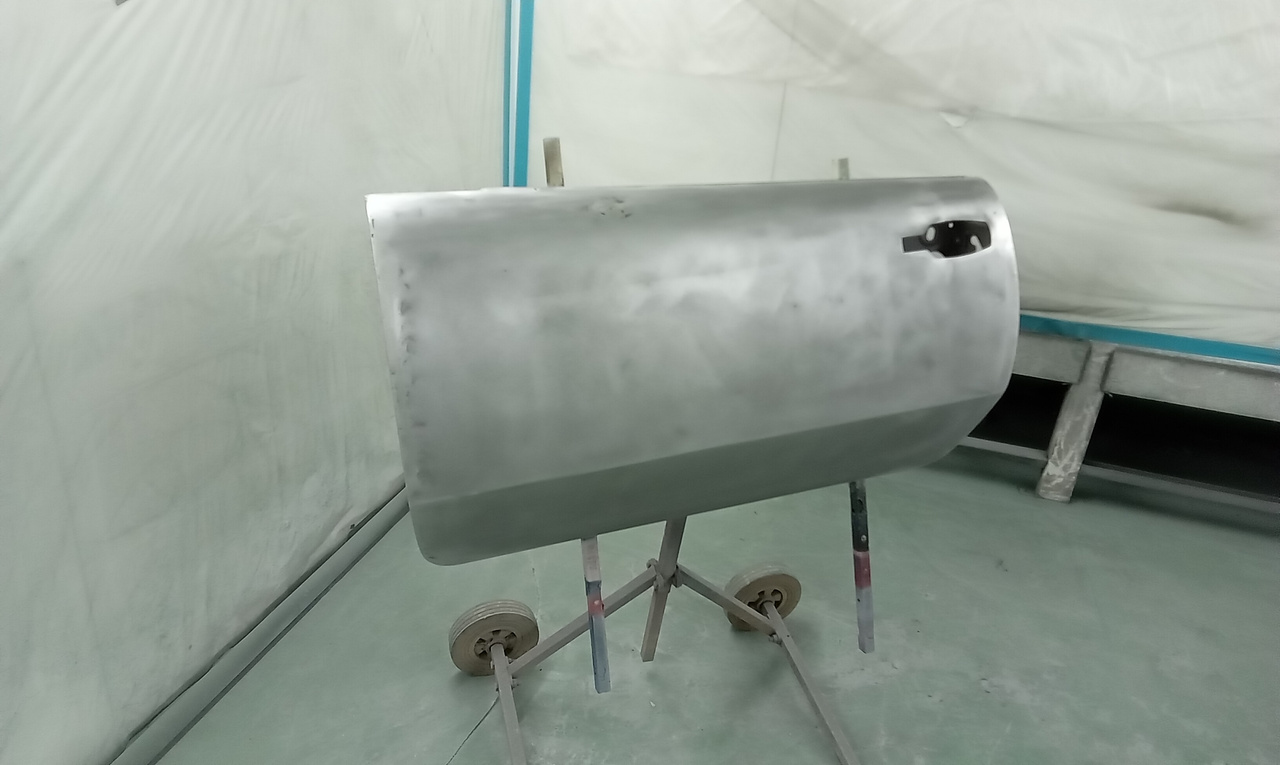

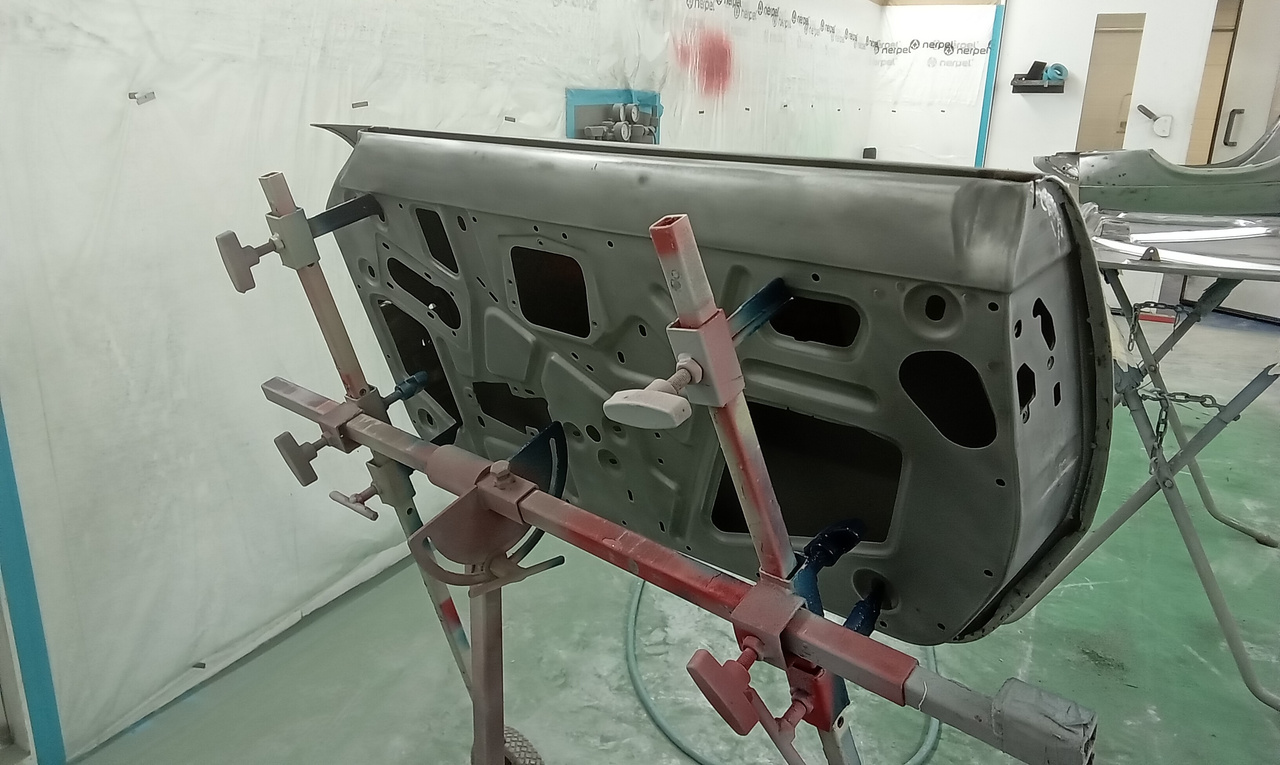


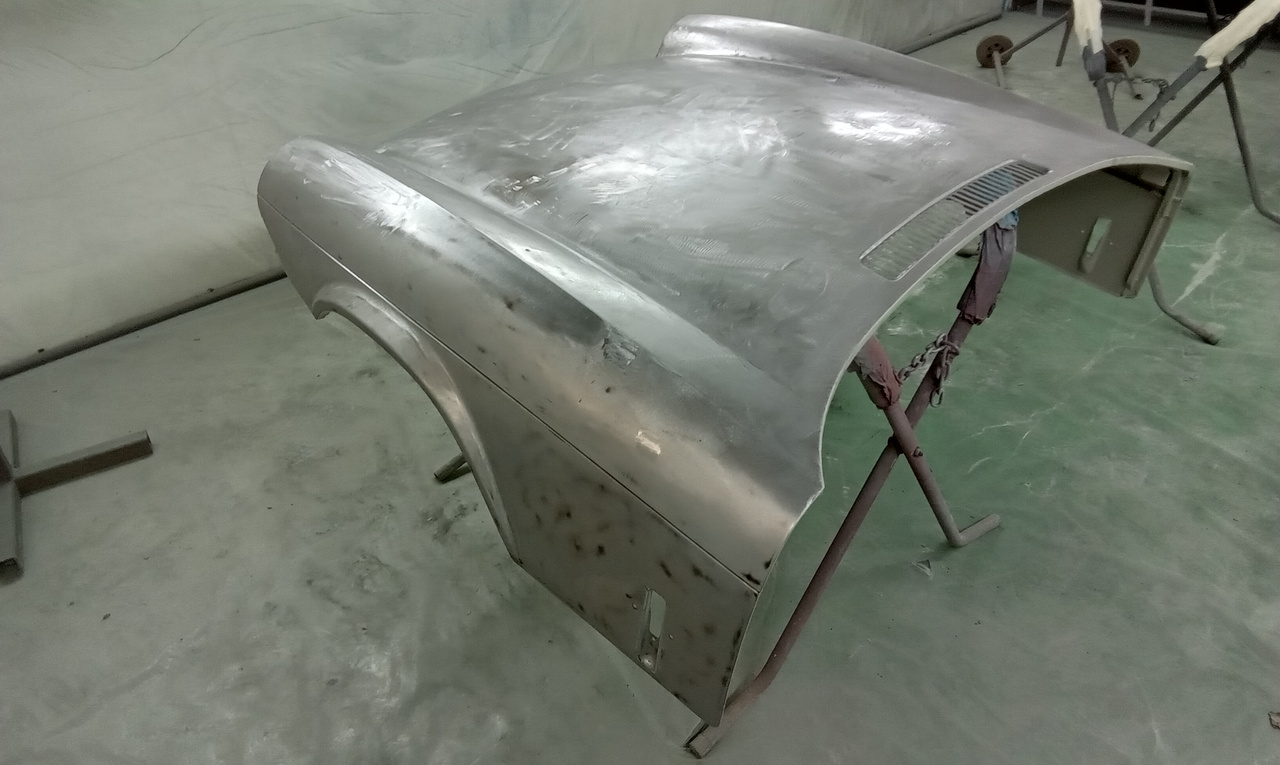
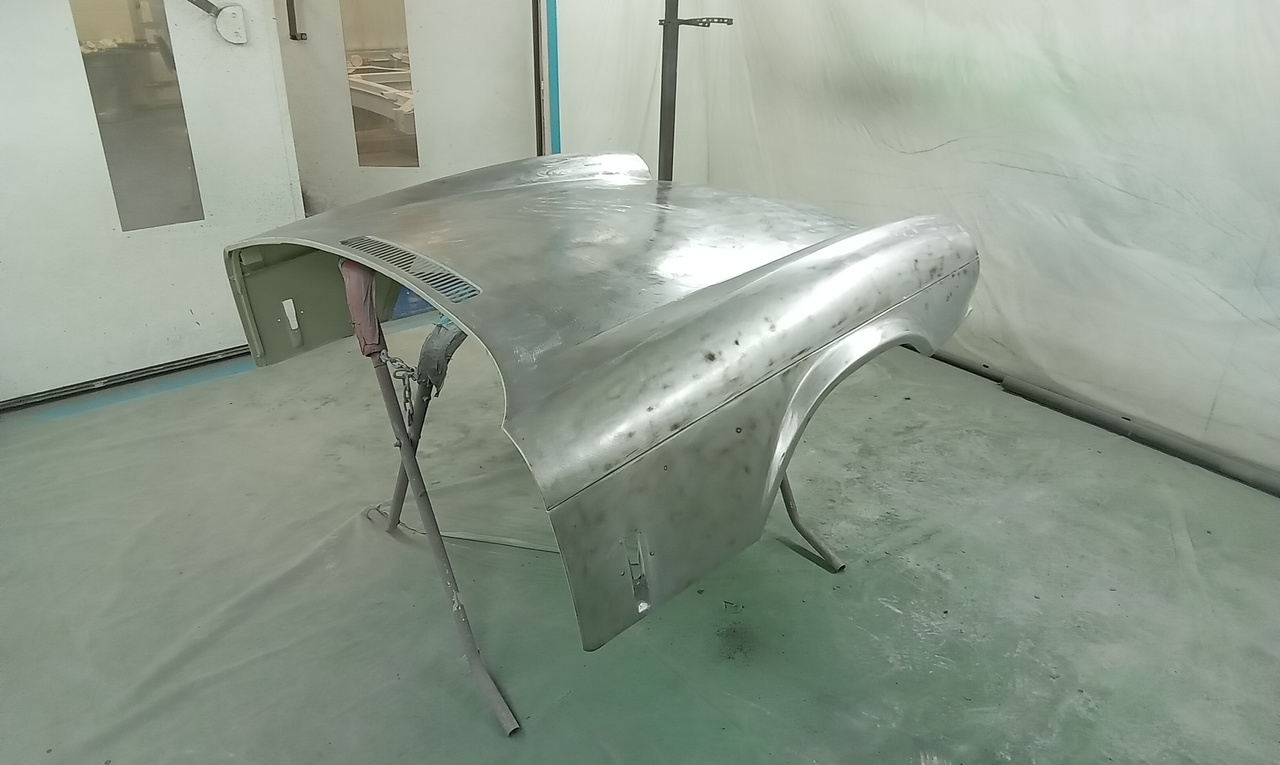


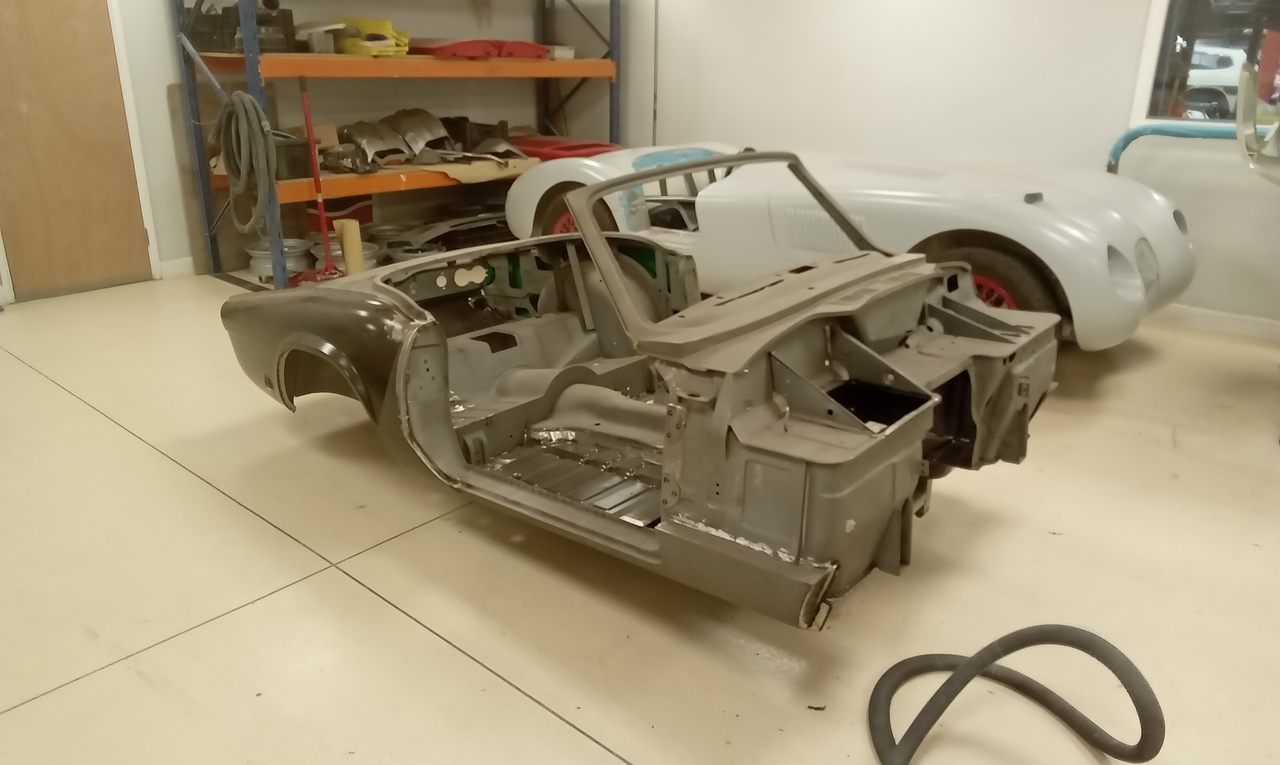



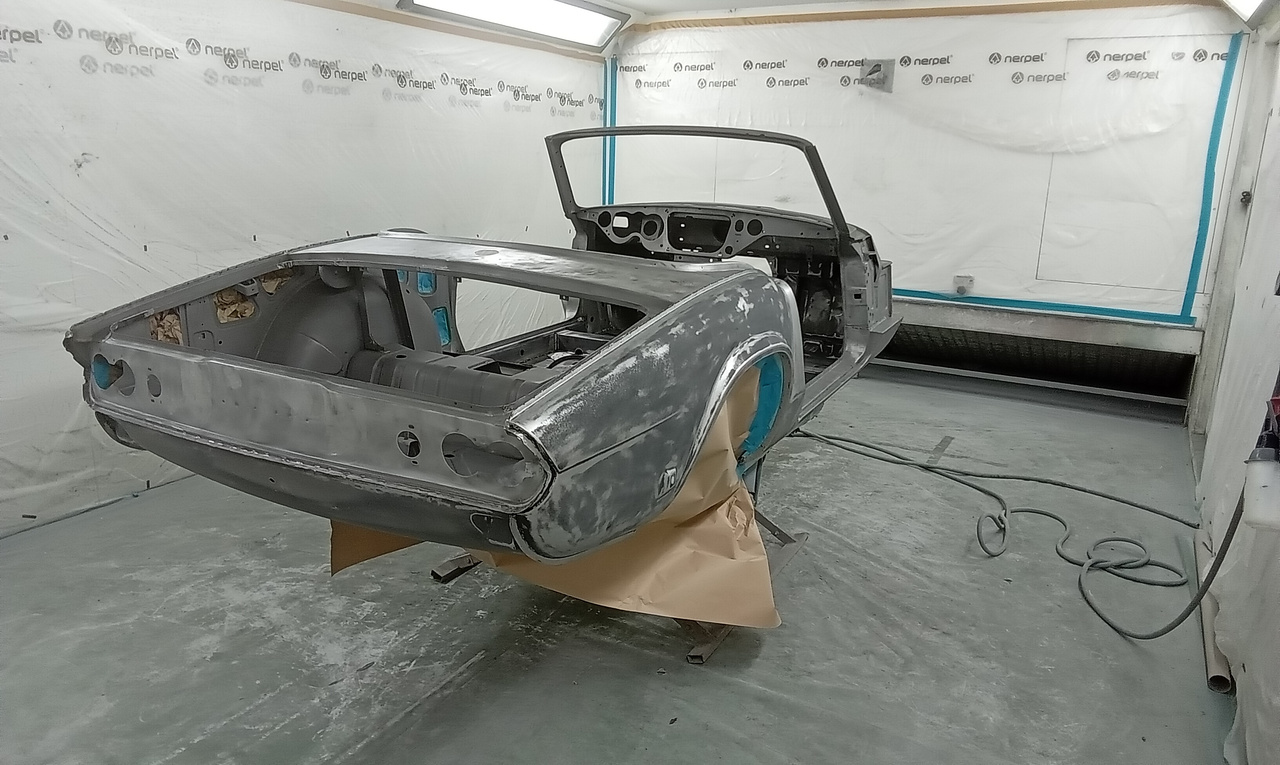
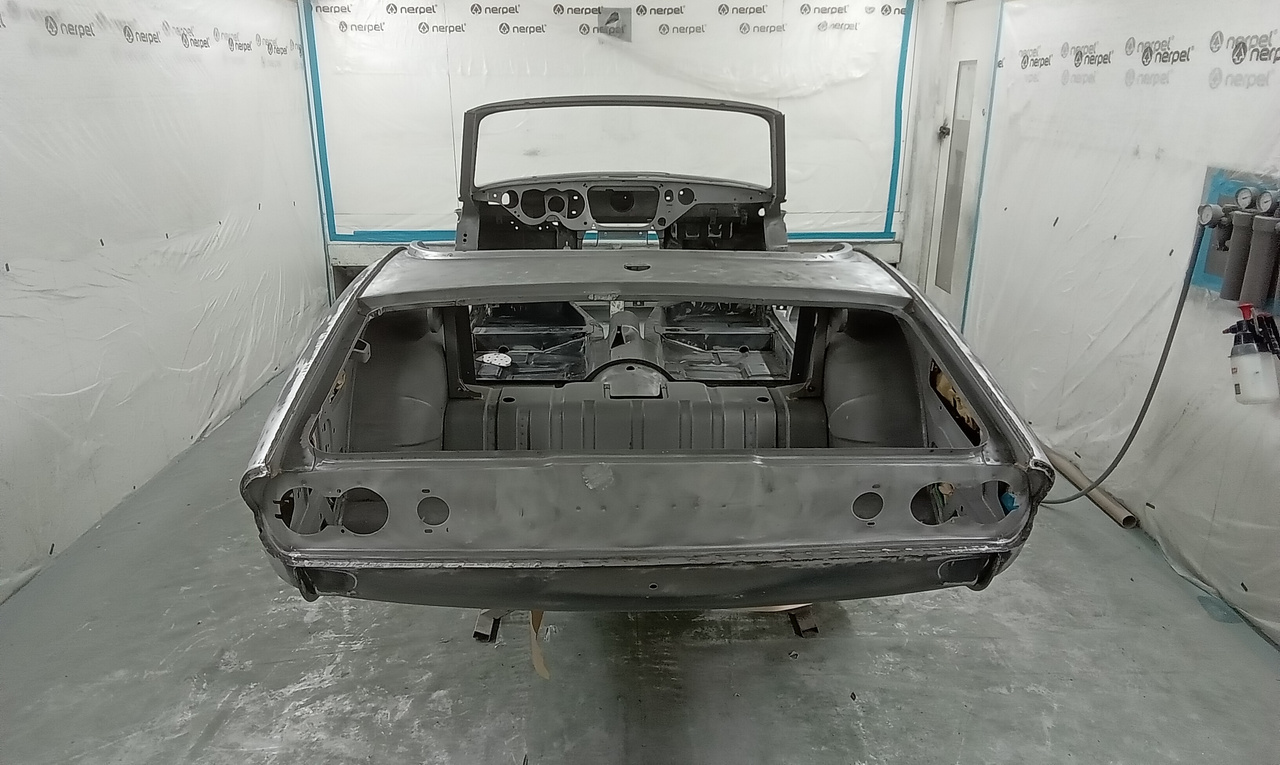
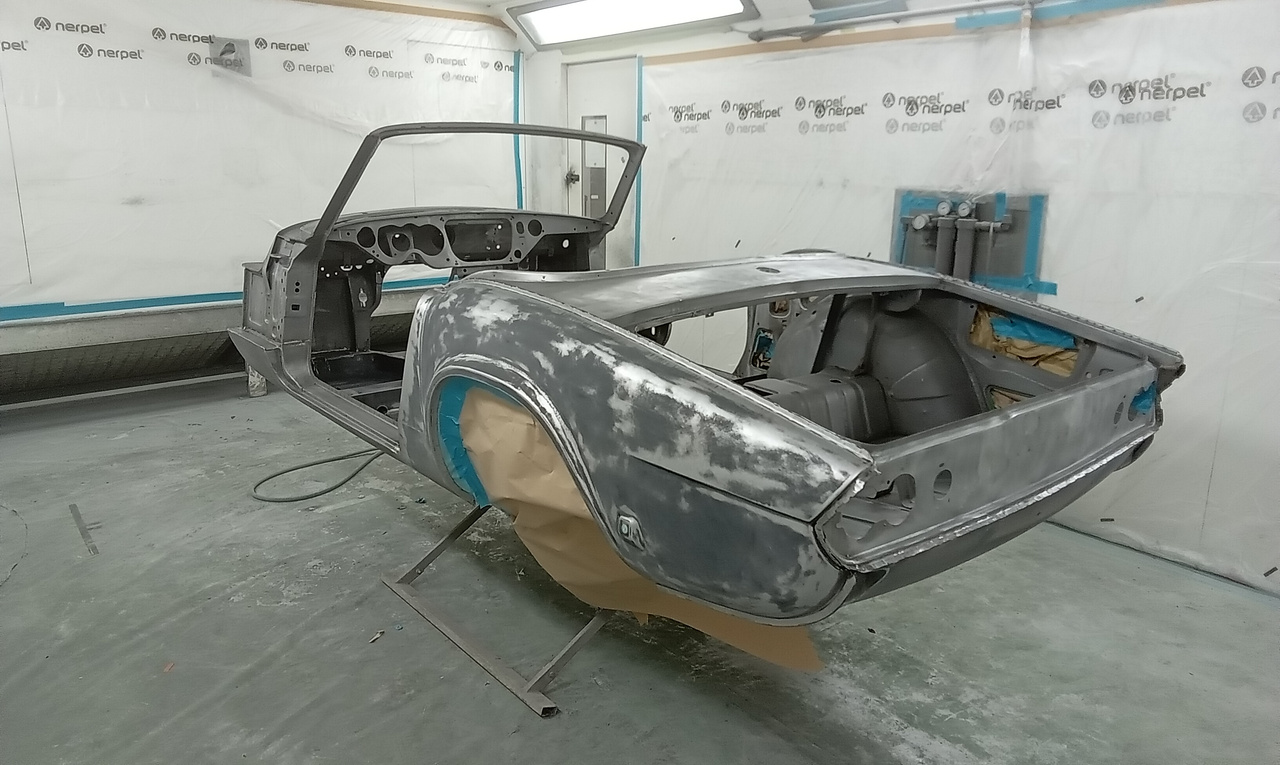
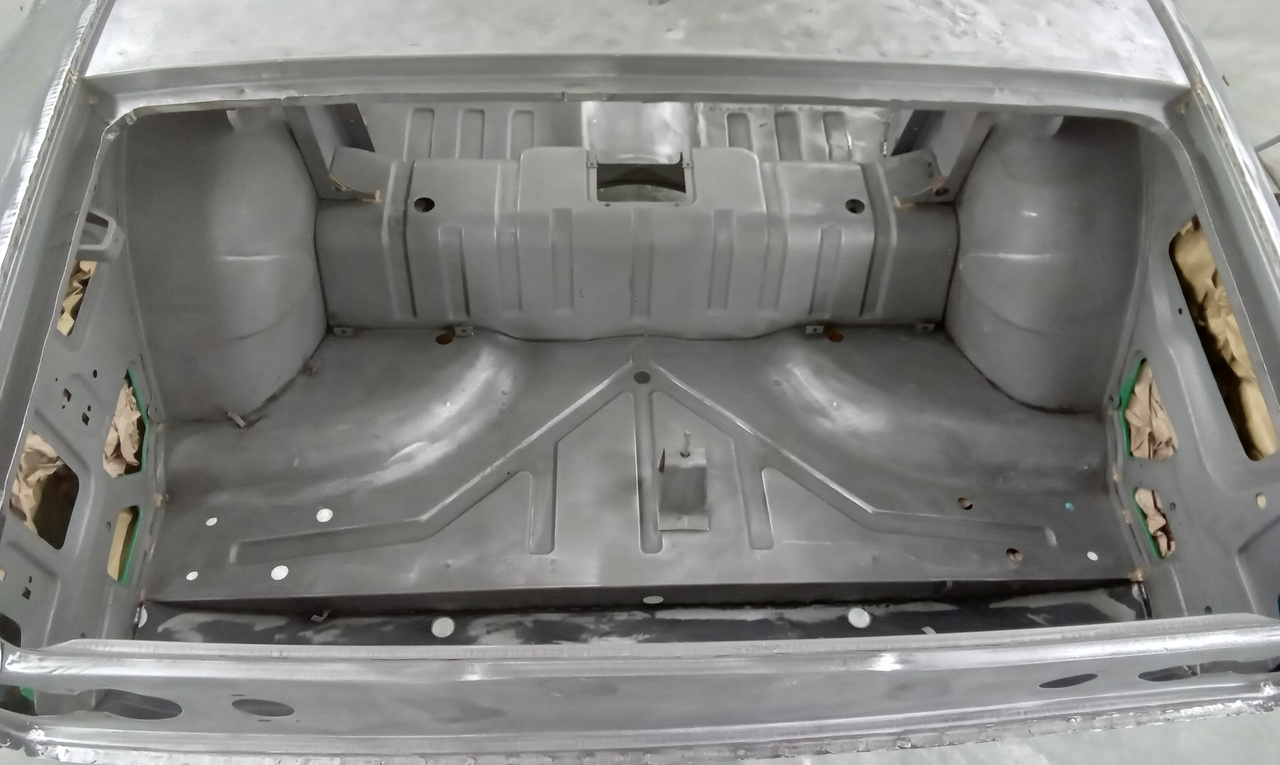
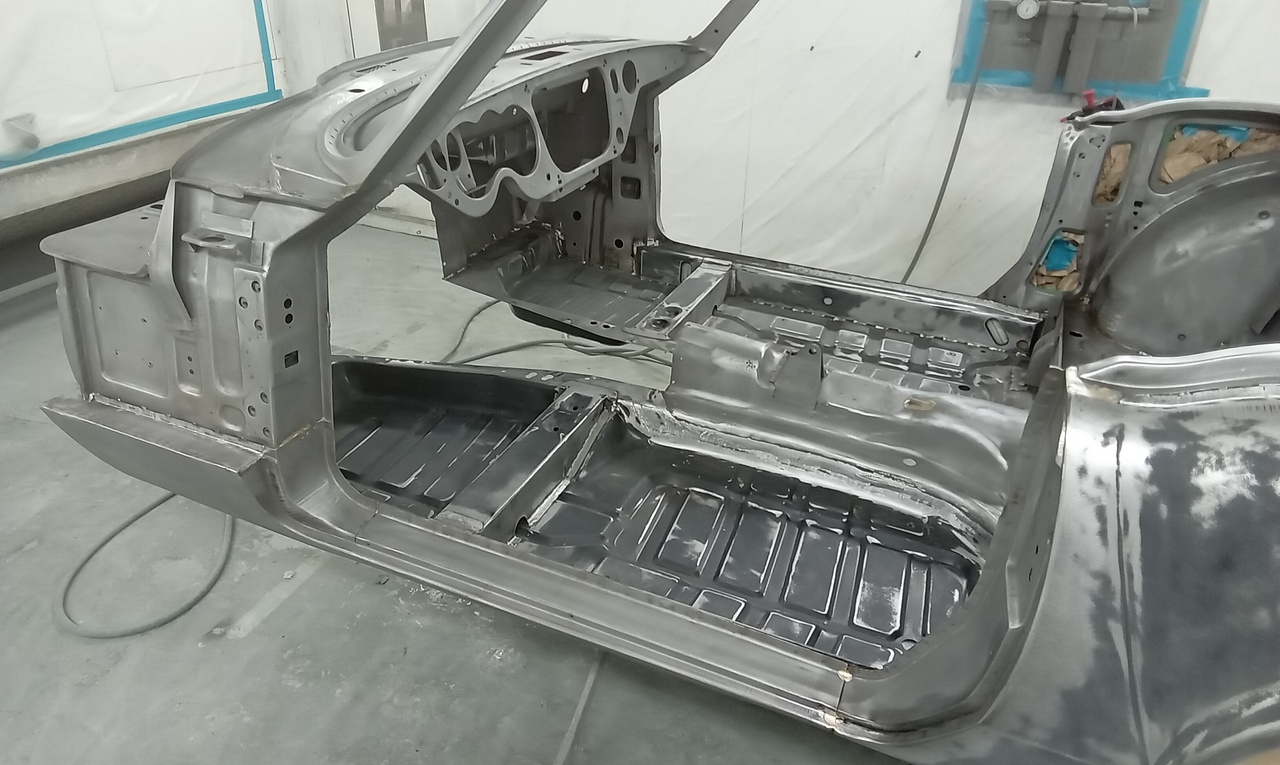
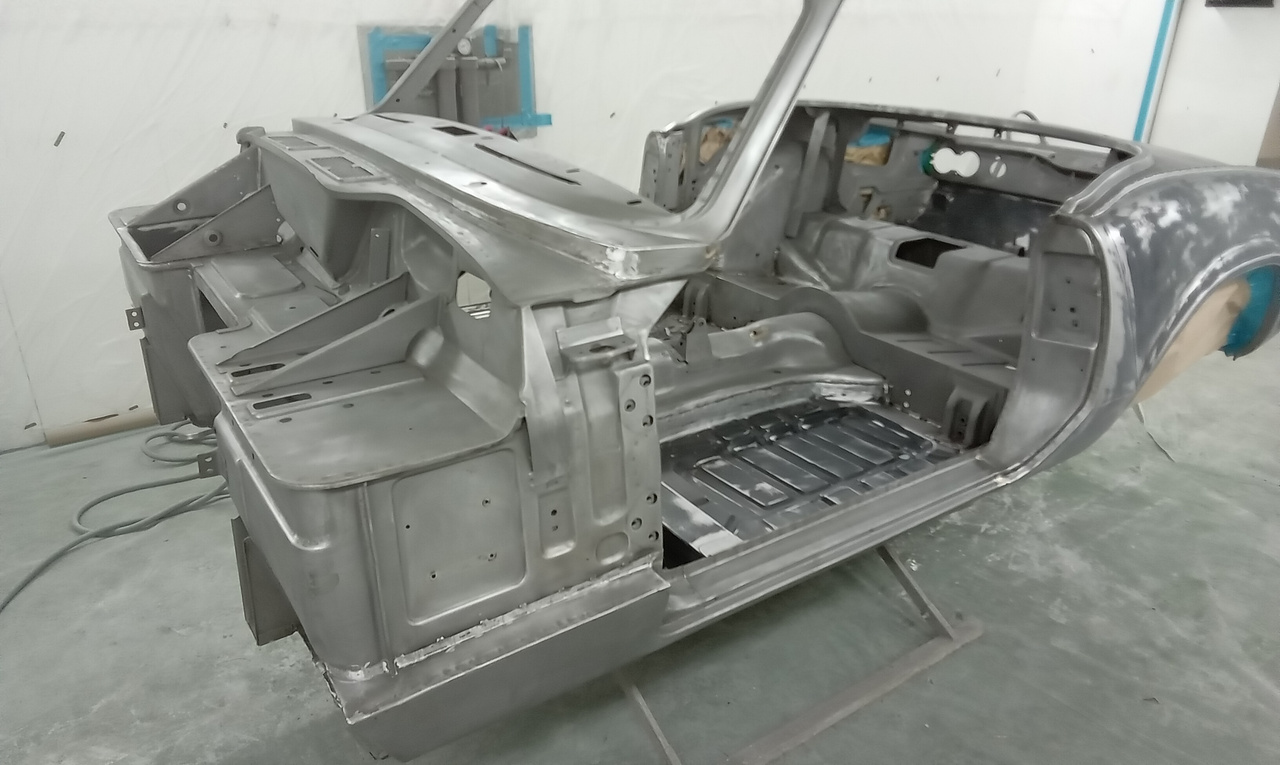

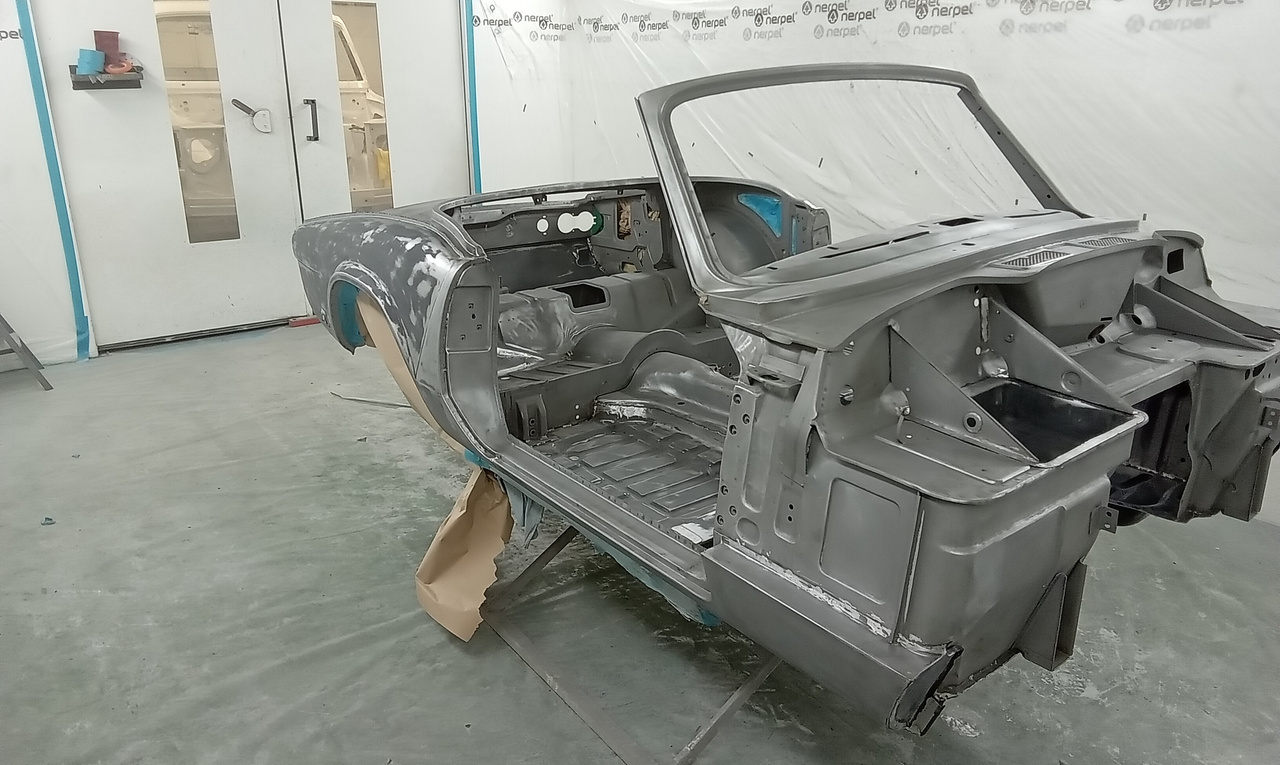

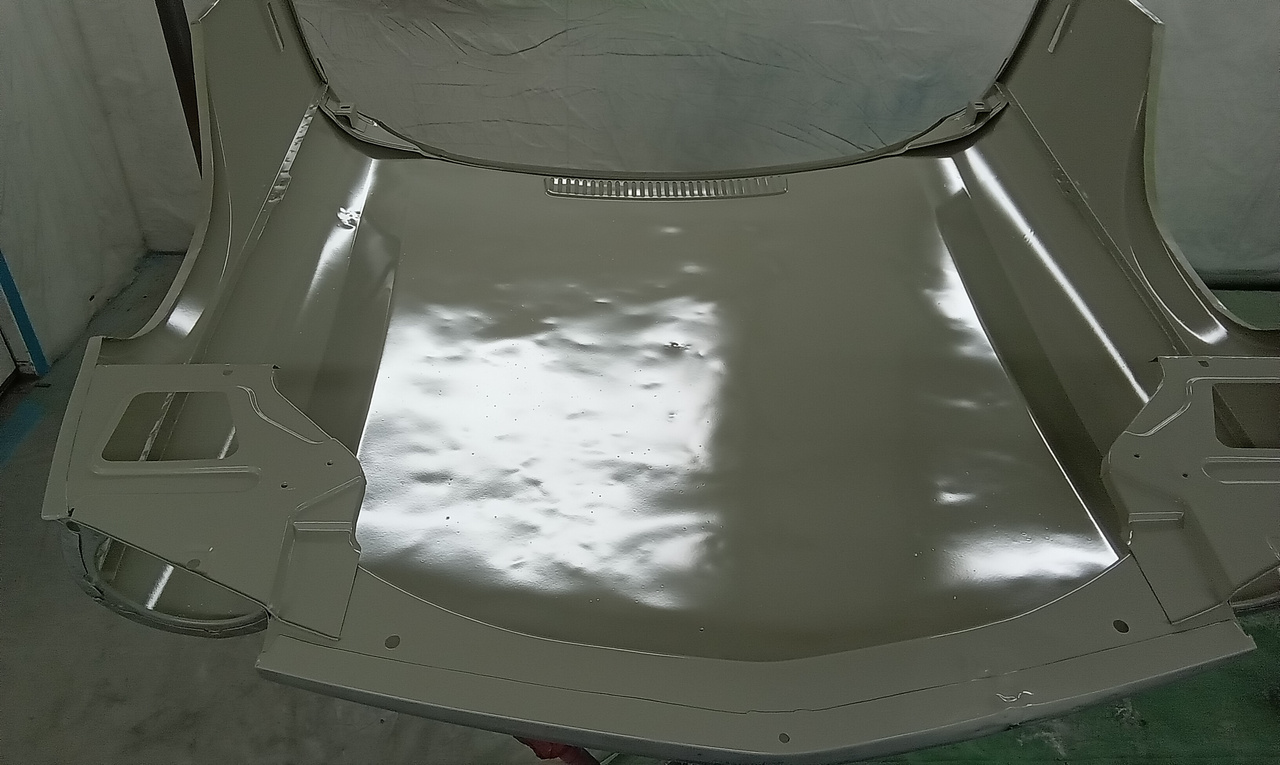
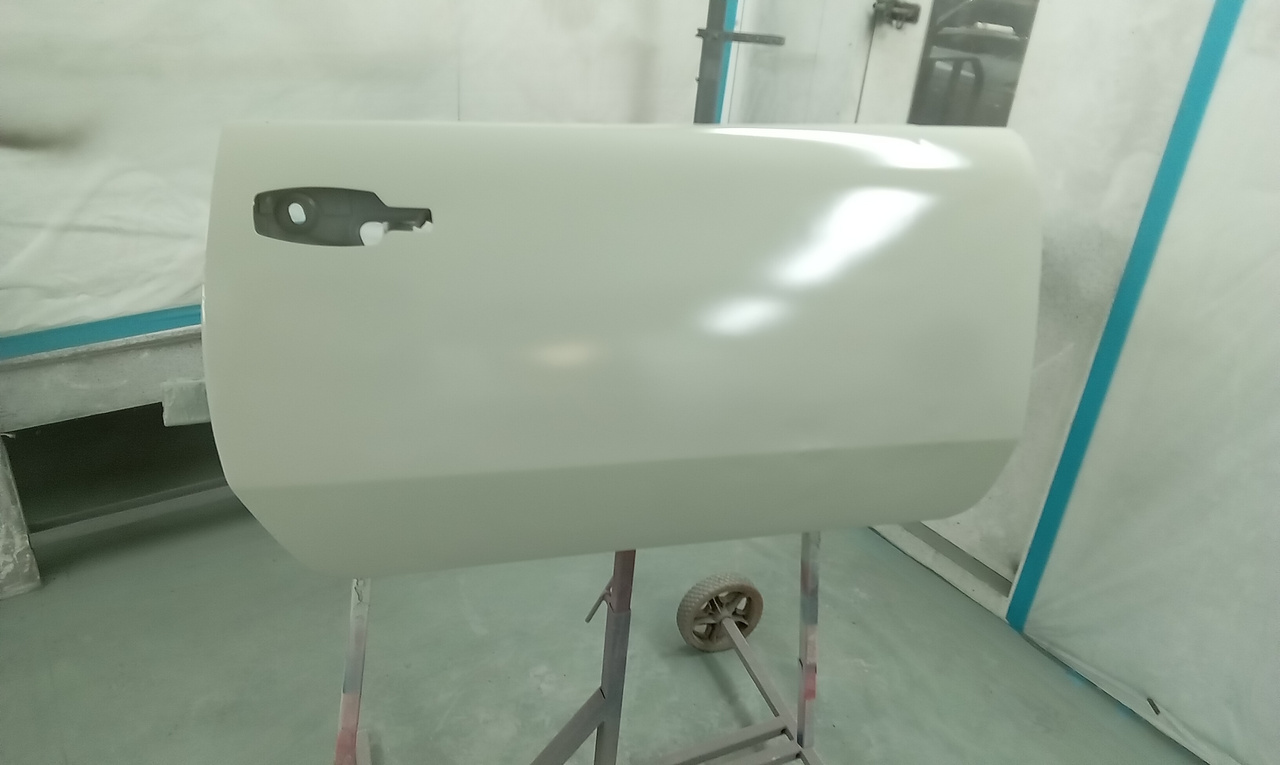
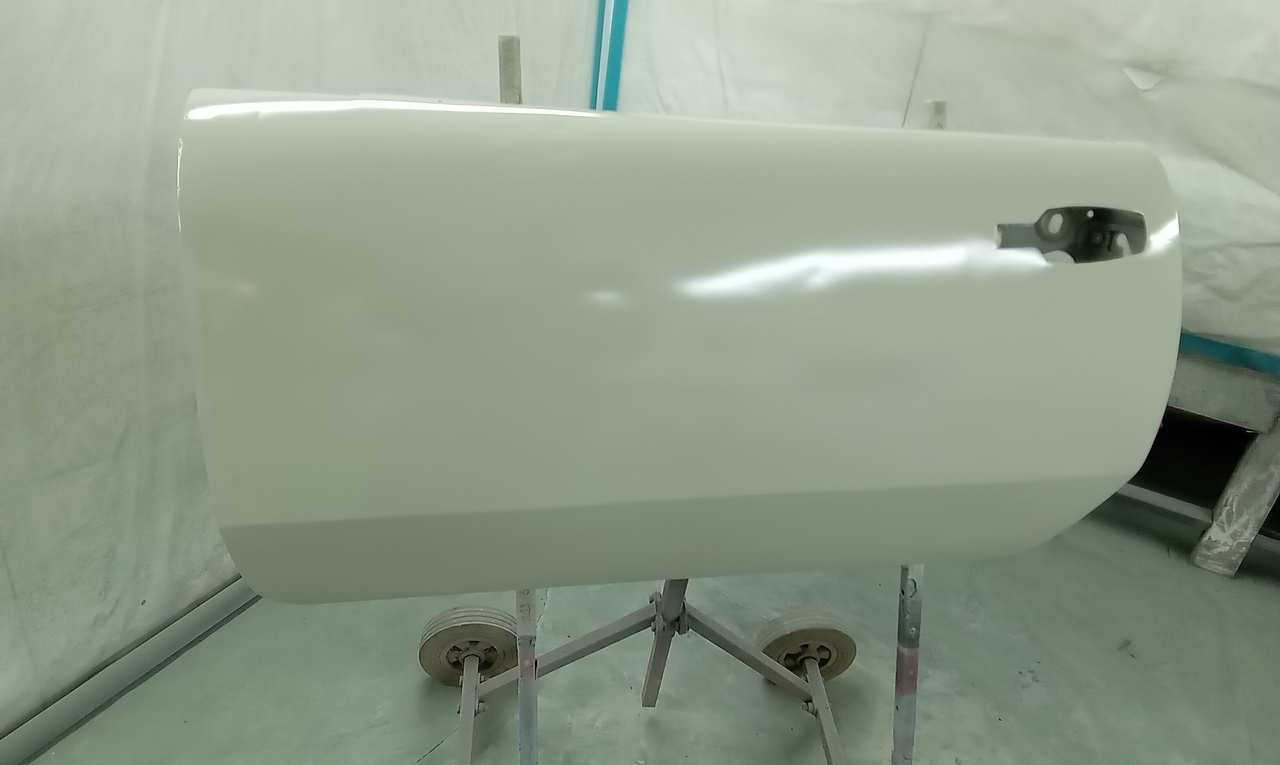

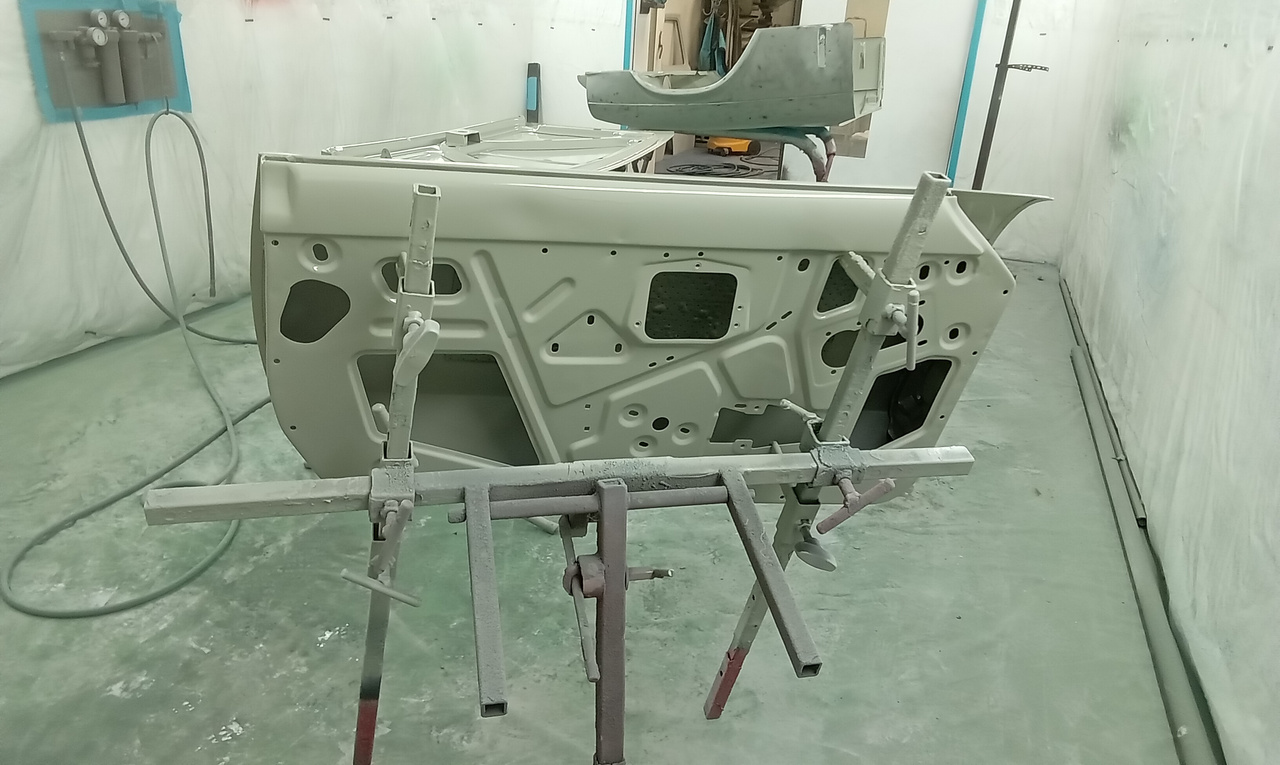



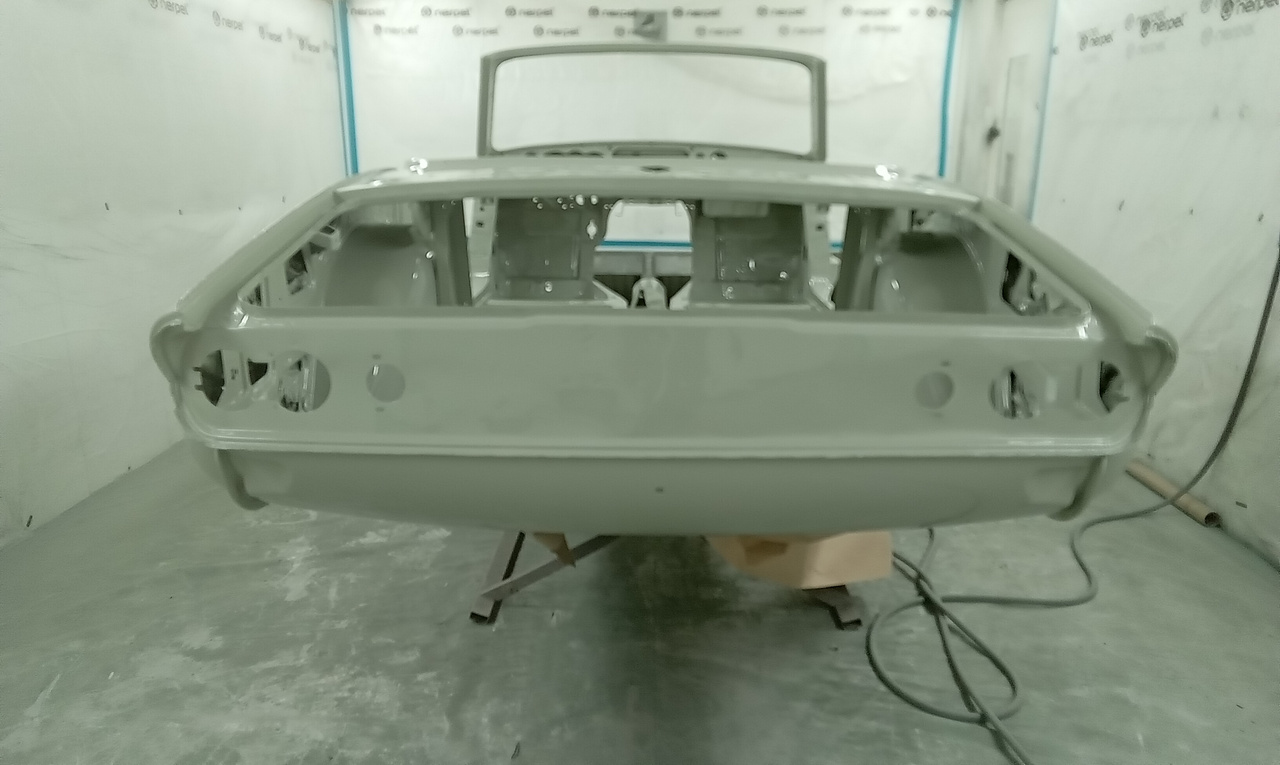
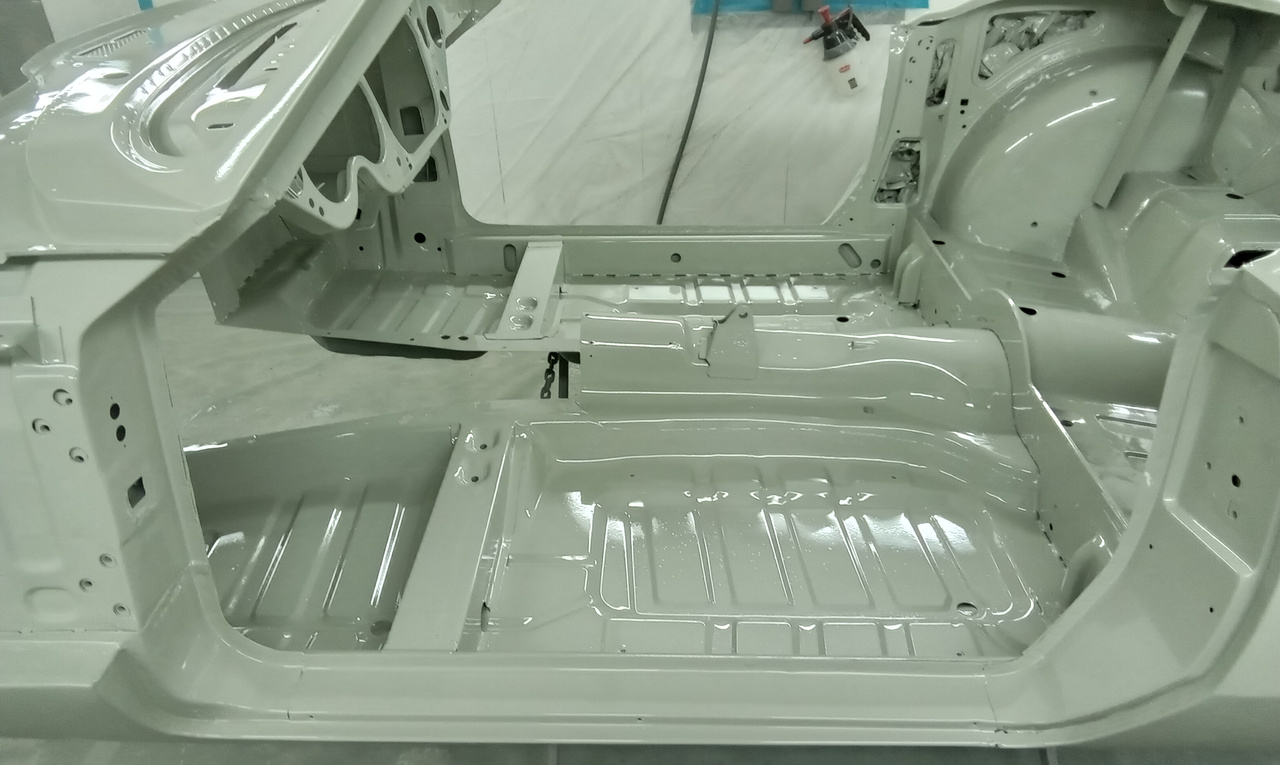



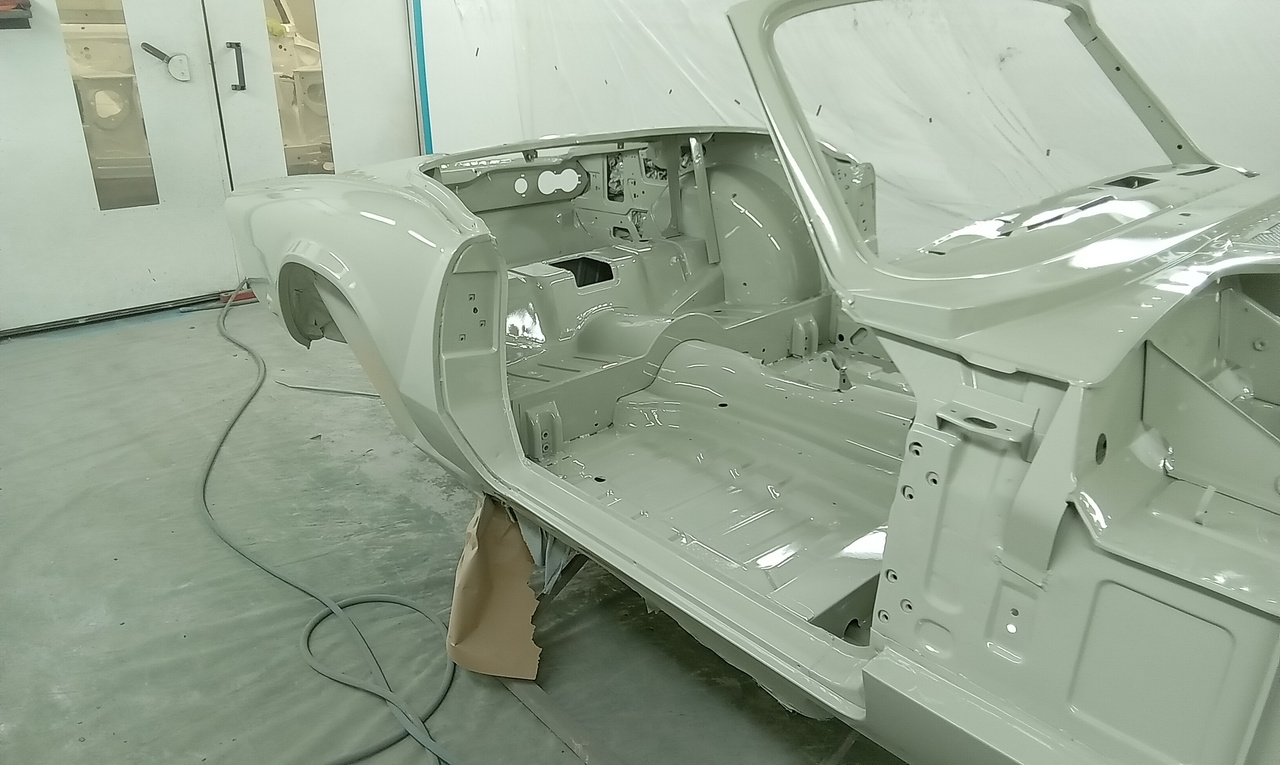
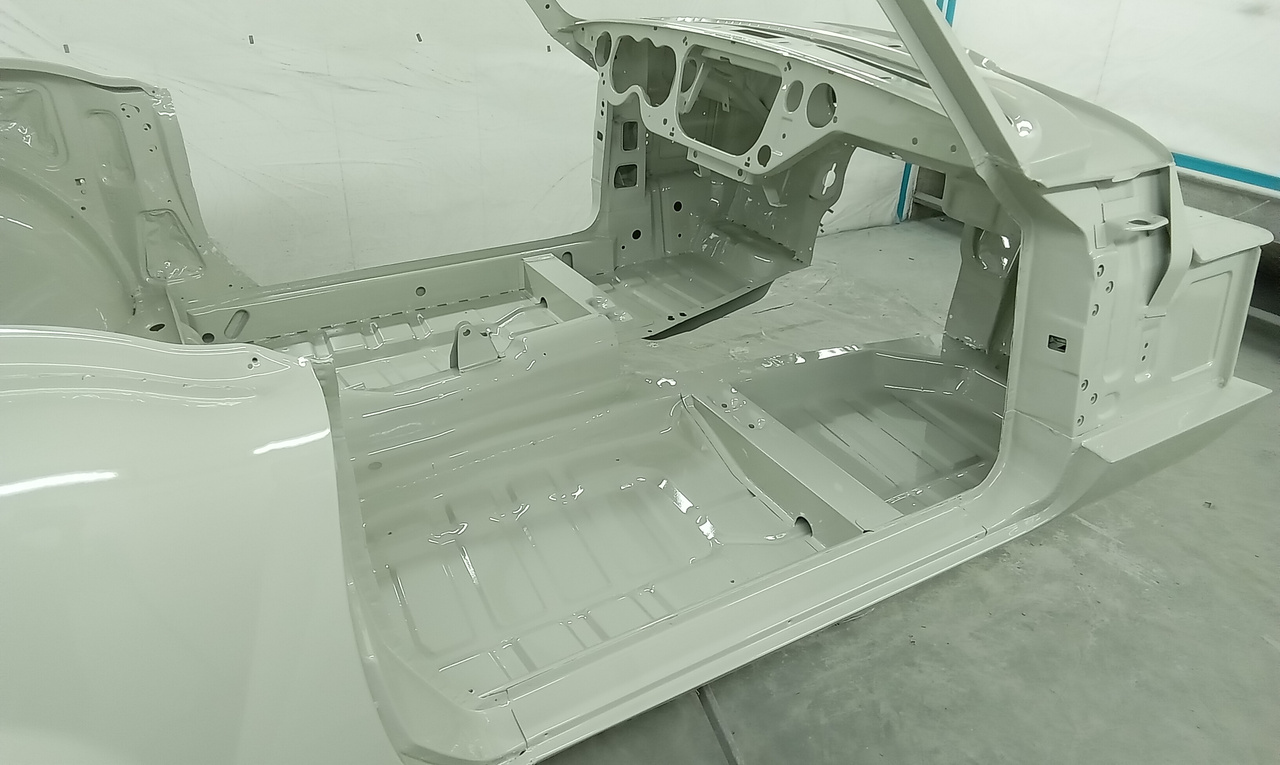

Brian and Lydia are busy fitting the hood, headliner and inner pad to the rear bar.
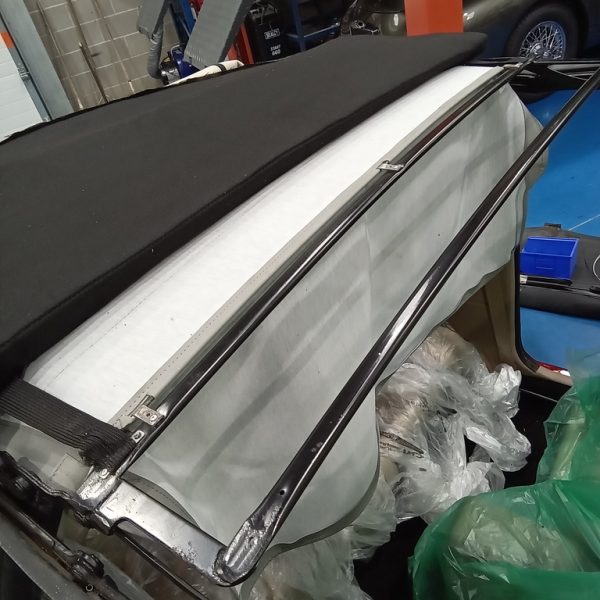
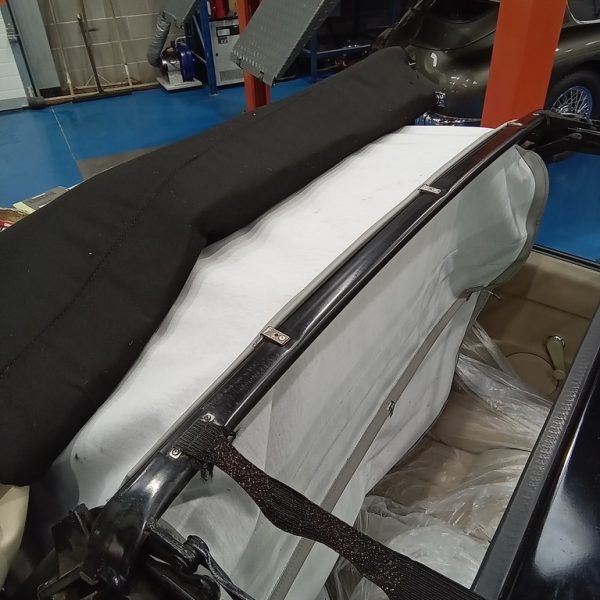


Our 1979 Ford Escort Mk2 is now live on the Bridge Classic Cars Competitions website for you to win!
This legendary, rear-wheel drive fun machine is loved the world over – from the snowy forests of Scandinavia to the dusty outback roads of Australia, the Mk2 Ford Escort has cemented its place in the heart of petrolheads.
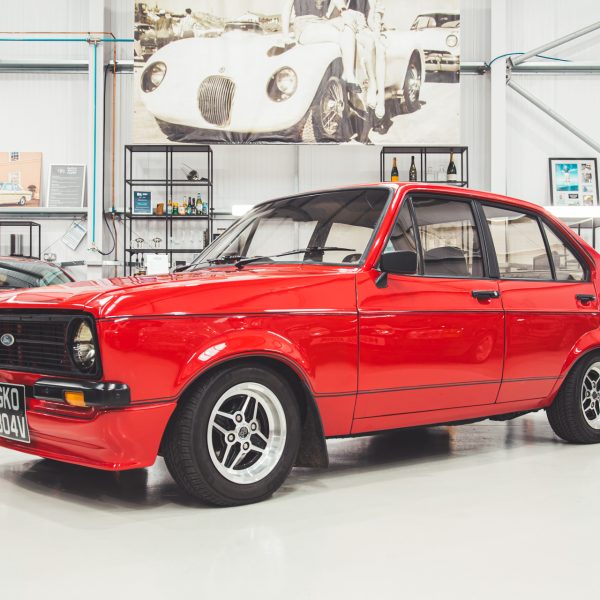
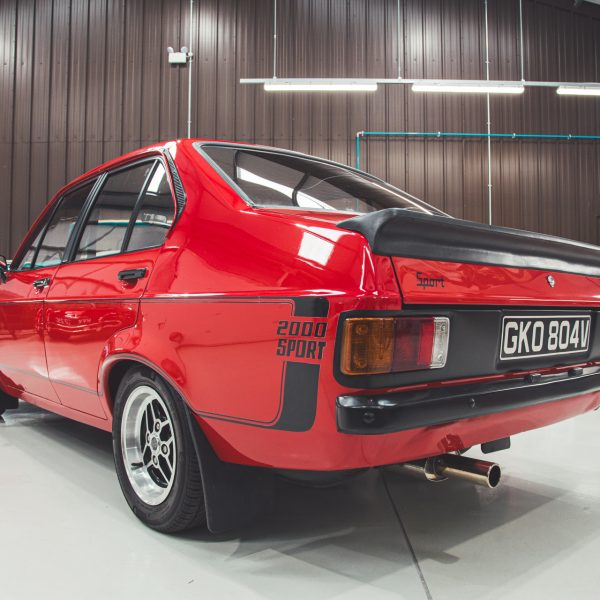
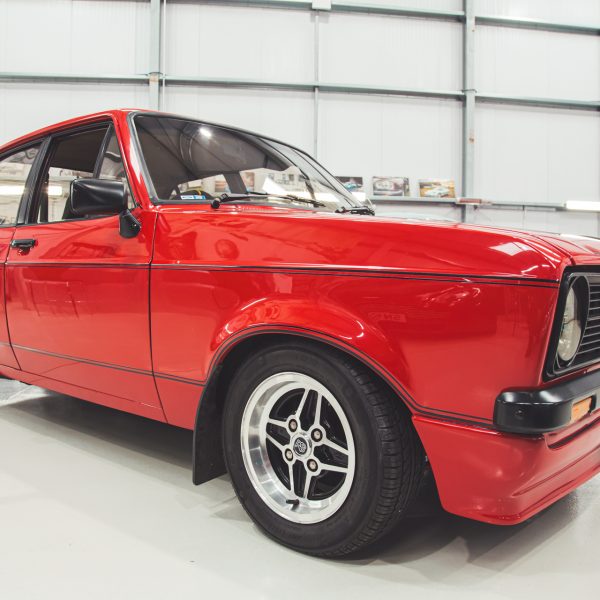

Read the write up here:
”It is a mainstay of the classic car world and a favourite amongst blue oval enthusiasts across the world. From the treelined, snowy forests of Sweden and Finland, to the unofficial streetlamp lined racetracks of the North Circular and as far away as the dusty roads of the Australian outback, the Mk2 Escort has reigned supreme across the globe.
It’s timelessly fun attitude of light weight, rear-wheel drive and adaptability of purpose make it a perfect addition to any petrolhead’s arsenal.
Bridge Classic Cars Competitions wants to put one of these pint-size prowlers on your driveway with our 1979 Ford Escort.”
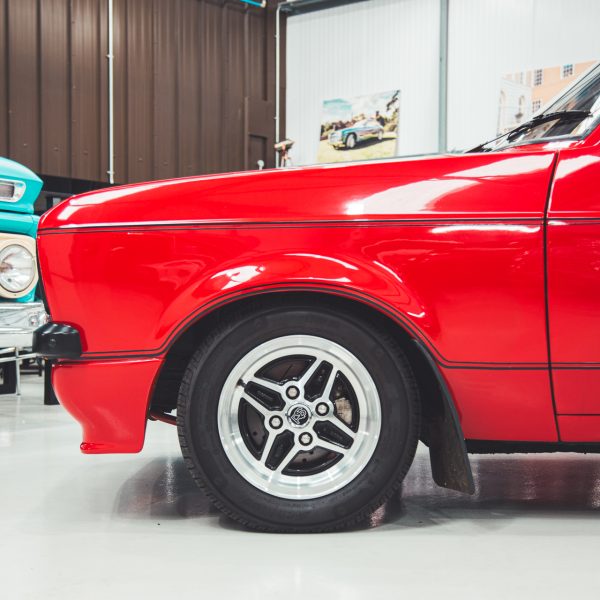
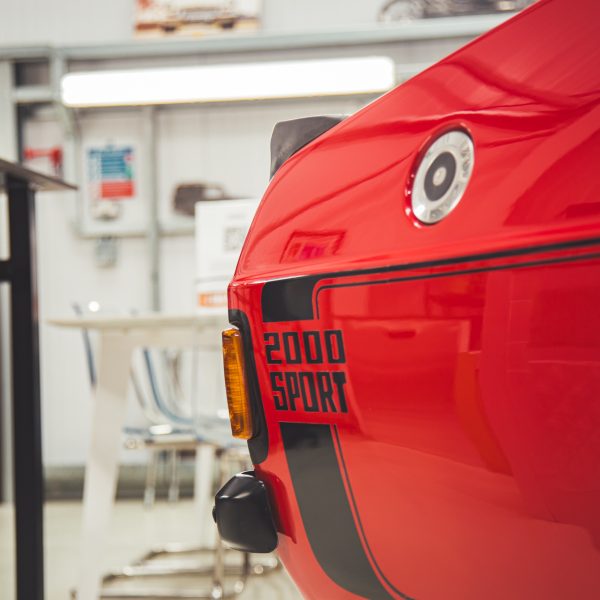
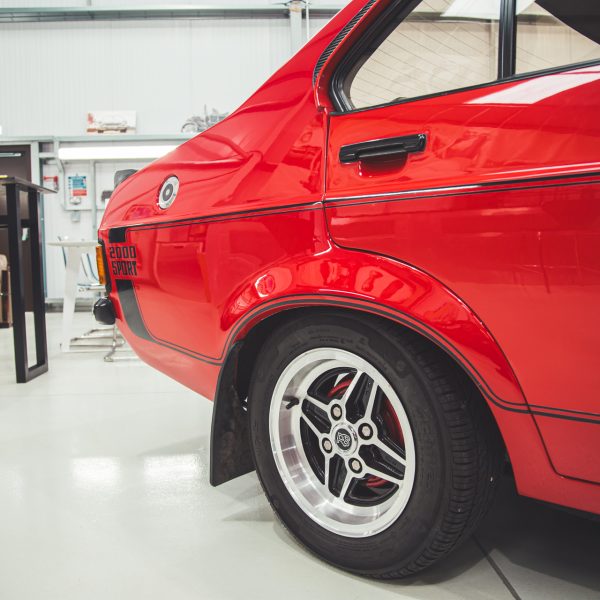
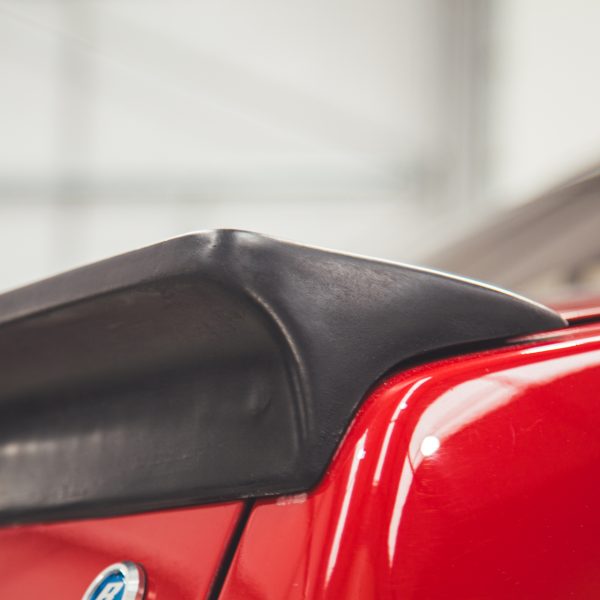
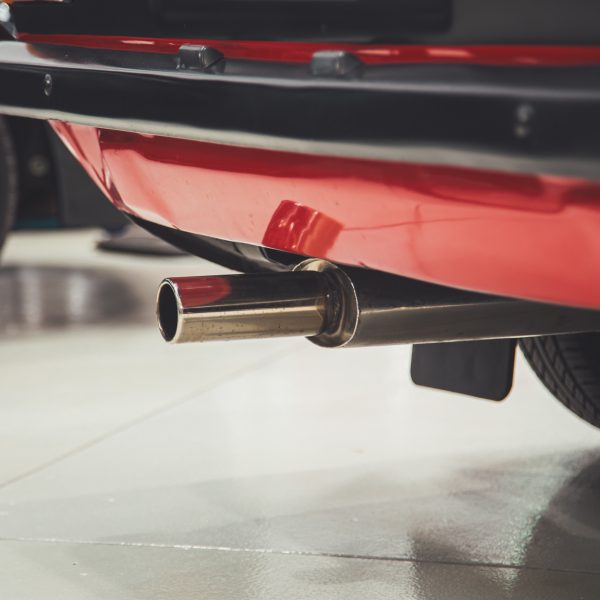

”With vibrant and striking red paintwork and a dark interior, this little terror means business thanks to the addition of a 2-litre 4-cylinder engine and having been upgraded with a 5-speed manual gearbox.
The engine is believed to be a 2.0-litre unit according to invoices from the cars history file along with being fitted with a desirable Weber 32/36 DGV carburettor (supplied by FastRoadCars.co.uk and in the spirit of the original fast Mk2, the RS2000) to help this wonderful 4-cylinder breathe. The history folder also includes an invoice from the legendary Burton Power for a 3J Drivelines NXG 22-spline Limited Slip Differential to make this Mk2 hook up and go!”
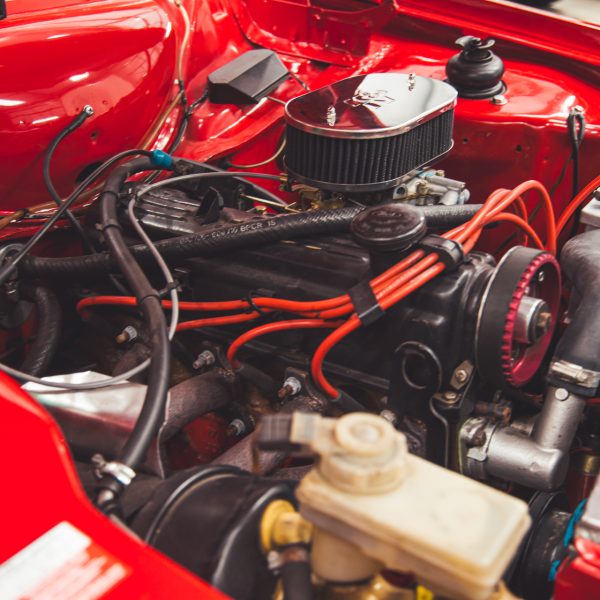
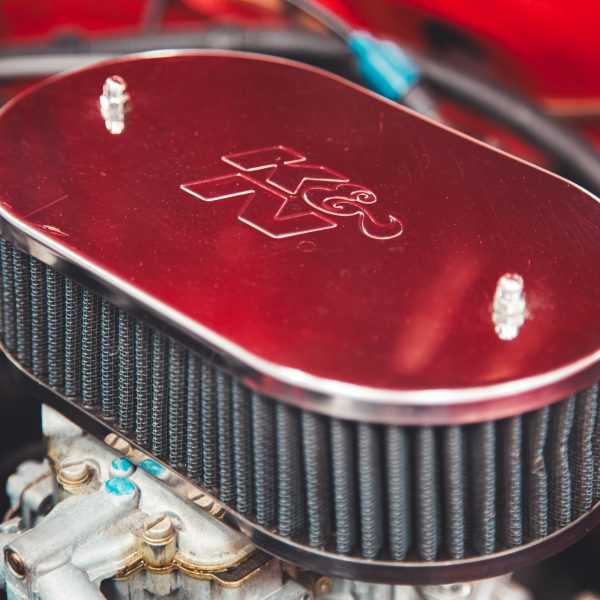
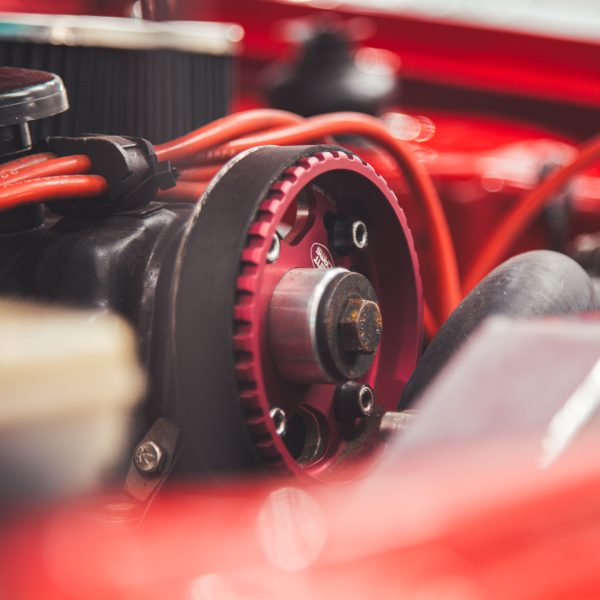

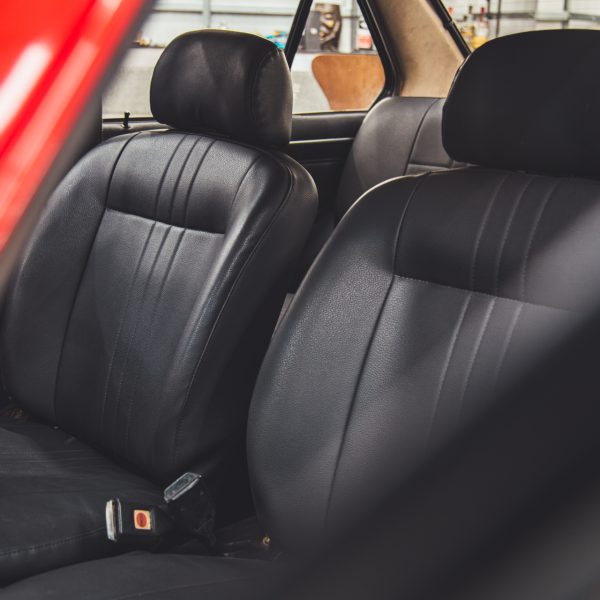
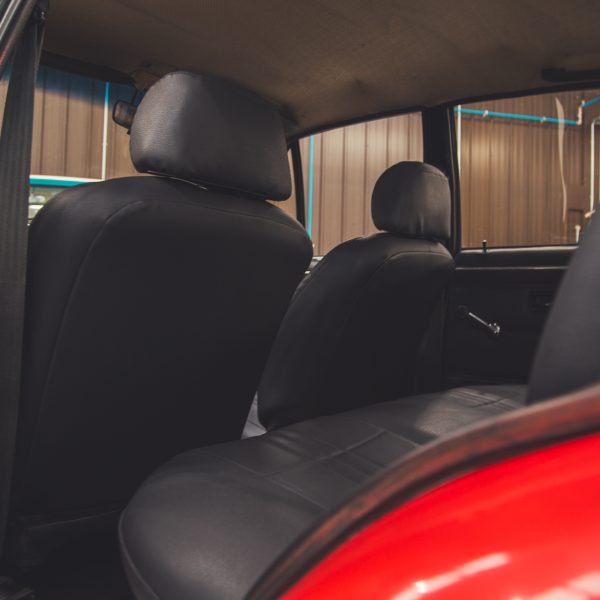
”With that additional power and performance, the previous owner made the decision to evoke the spirit and attitude of the Sport 2000 model by paying tribute to this much-loved performance model, with a few of their own styling choices, with this particular Mk2.
Now is your chance to win this devilishly handsome and performance minded Mk2 Escort. Enter now and win our 1979 Ford Escort Mk2.”
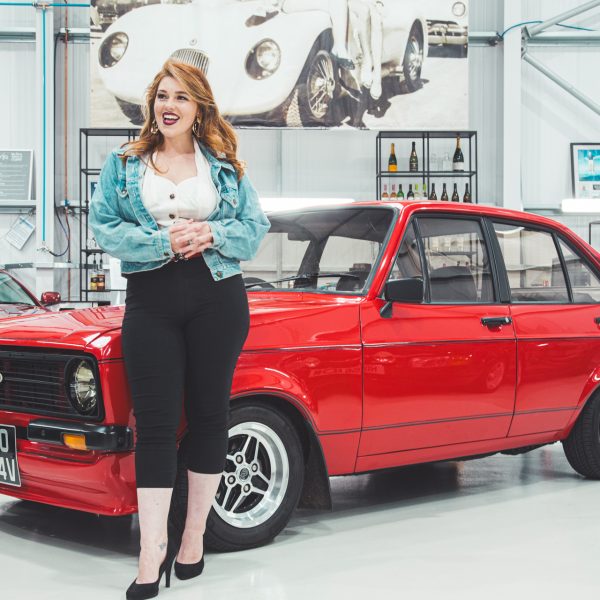
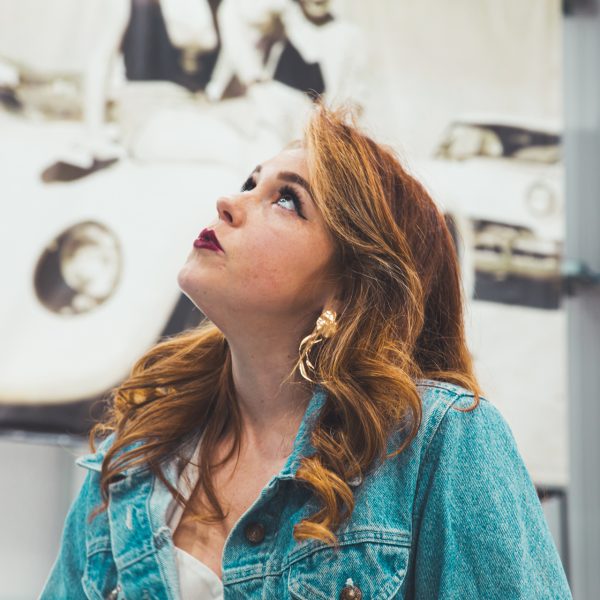
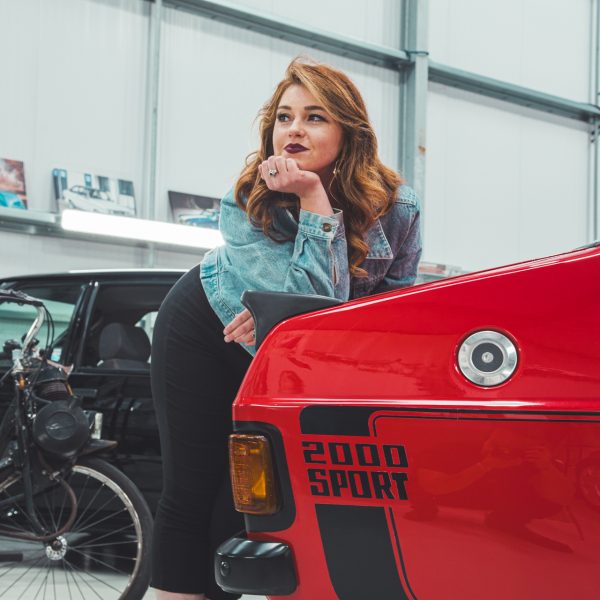

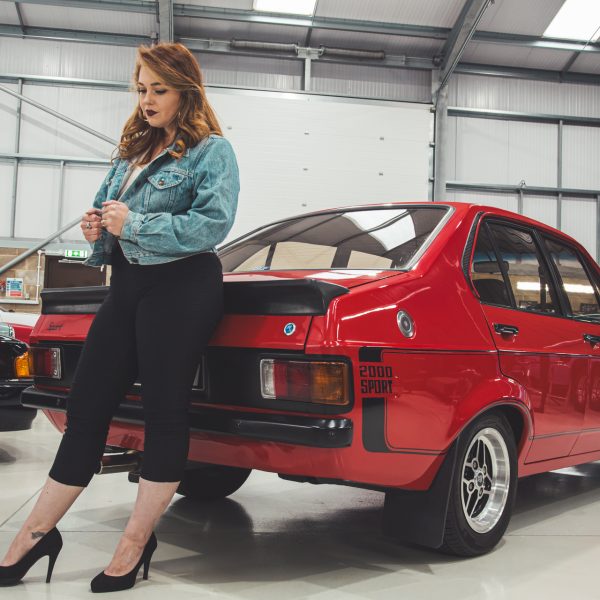


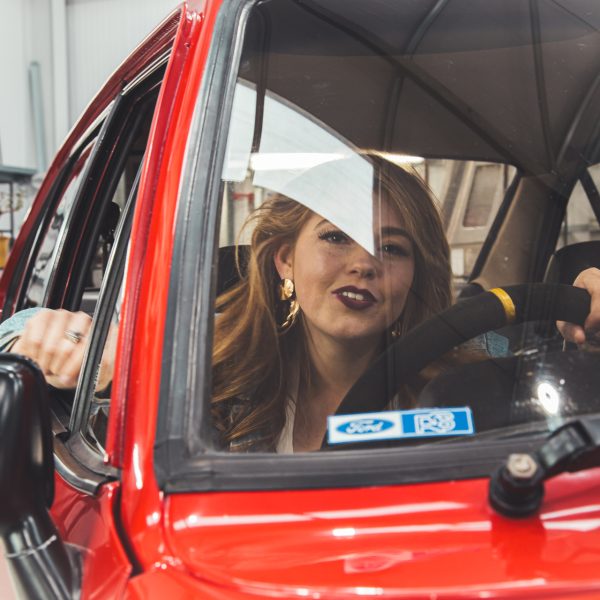


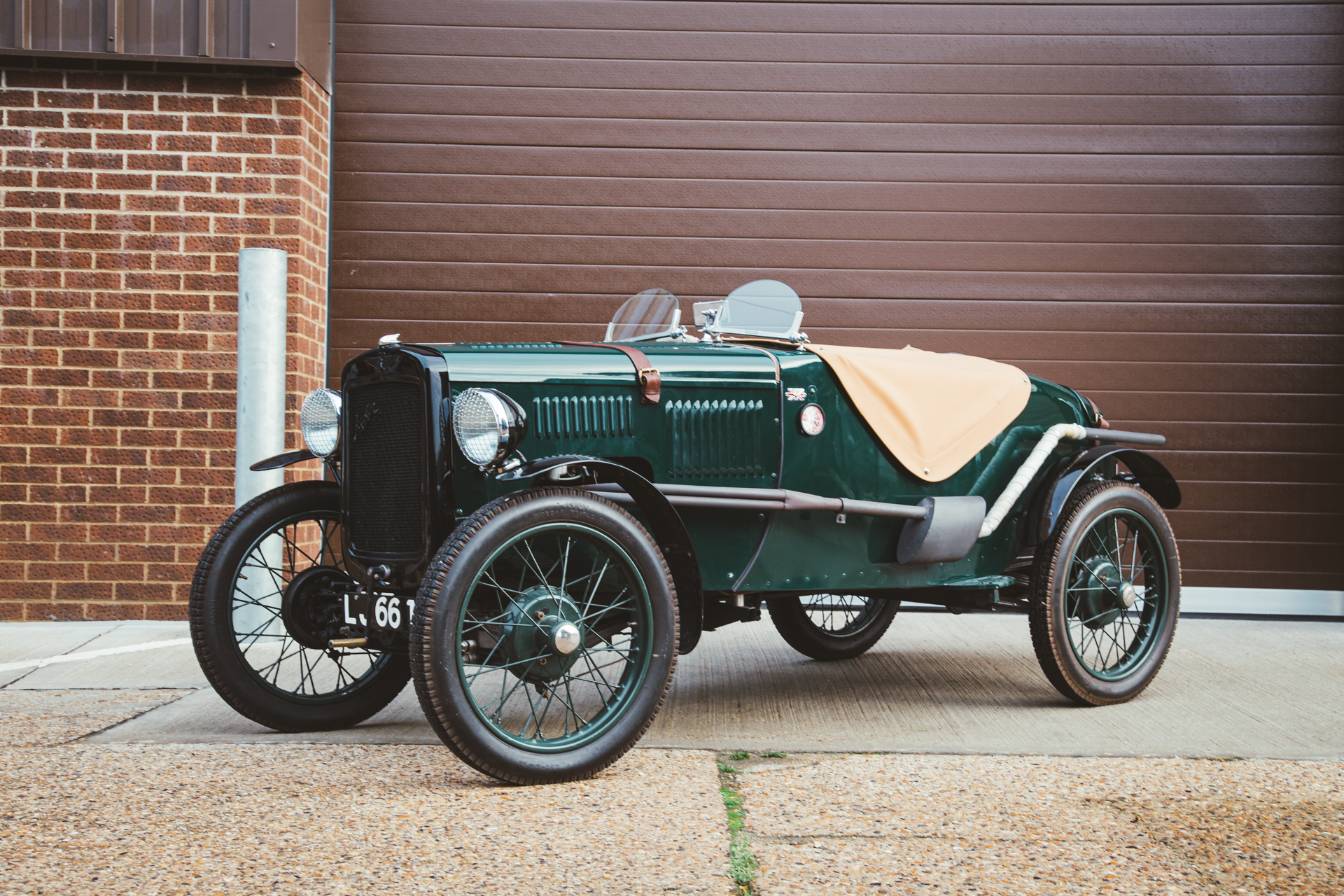
The Bridge Classic Cars Suffolk HQ have welcomed a wonderful new arrival recently. It’s our new 1932 Austin 7 Ulster.
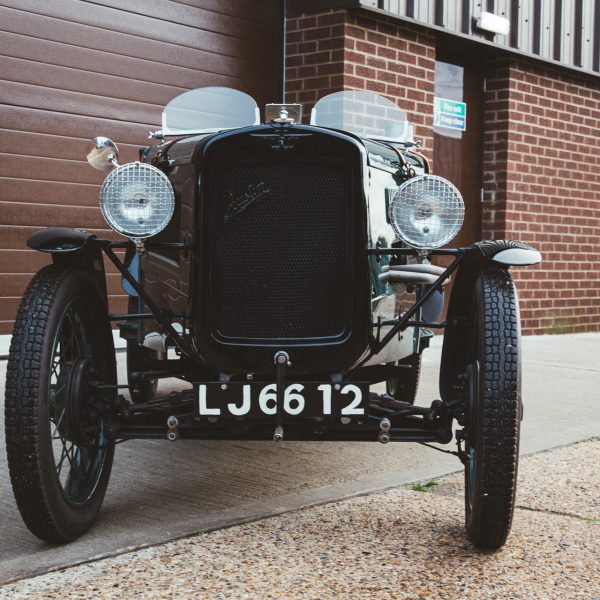
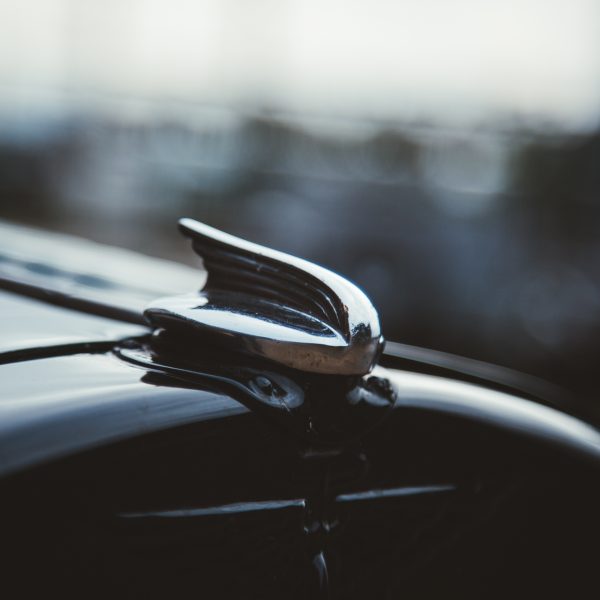
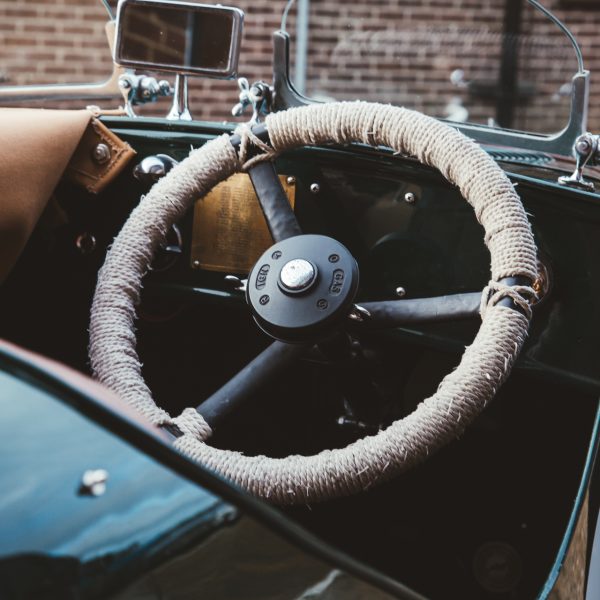
This beautiful pre-war road racer, has arrived at our workshops to be checked over by our technicians ahead of one lucky winner ending up with it on their driveway through Bridge Classic Cars Competitions!
Take a look at it’s arrival photos and then keep an eye out for your chance to win our 1932 Austin 7 Ulster.




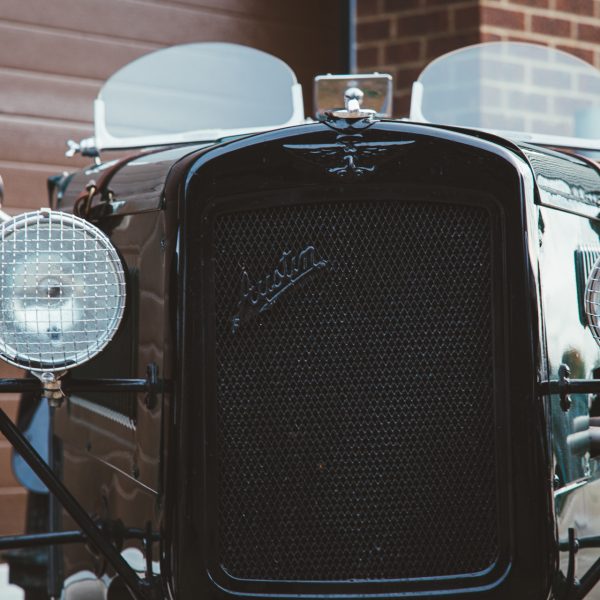
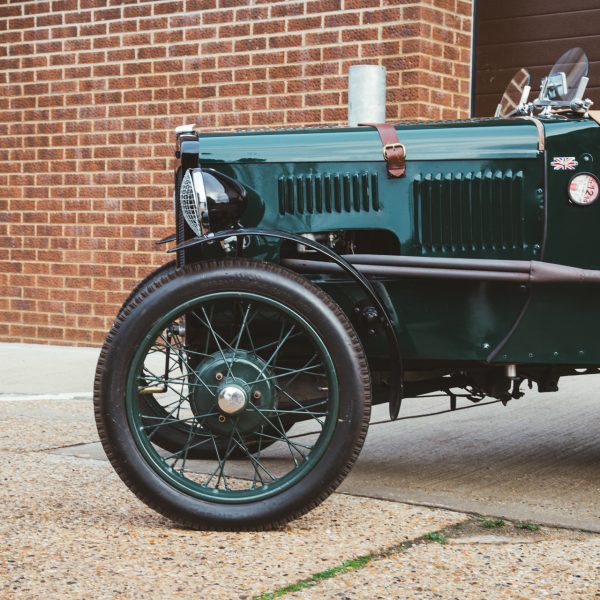
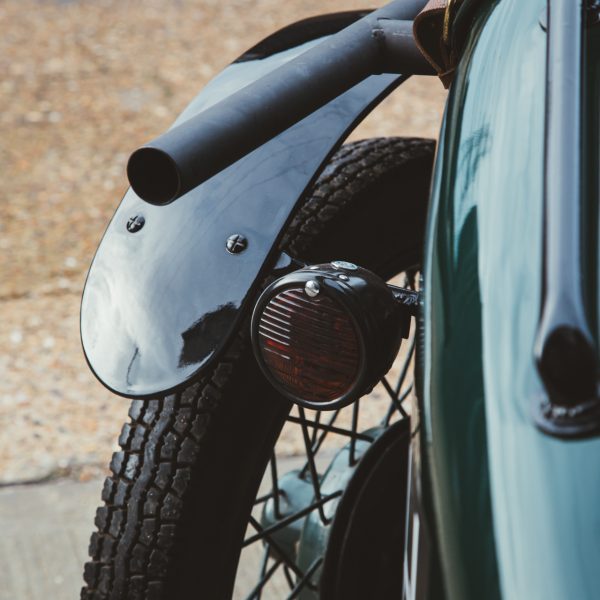
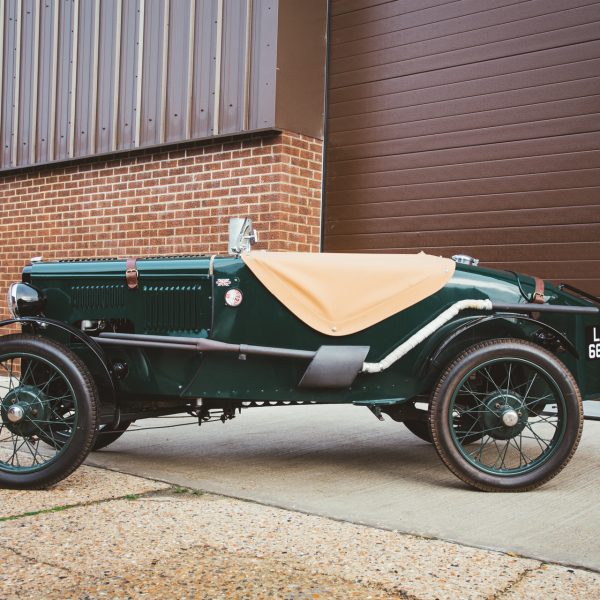

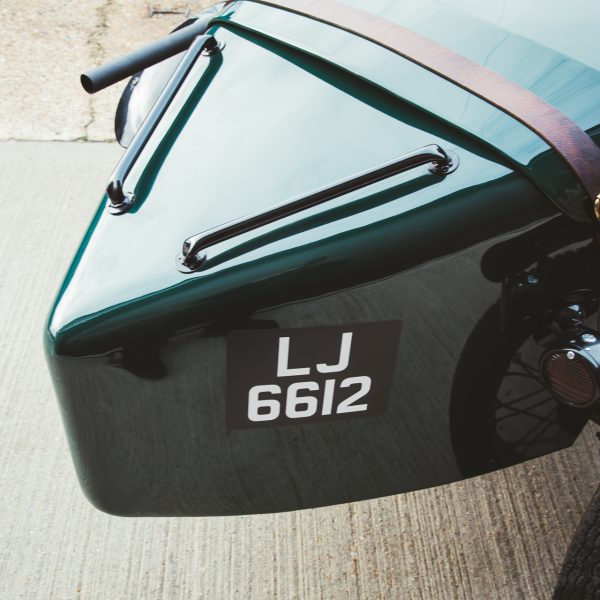




James has started to reassemble our 1964 Amphicar. Starting with electrics, wiring and lighting units he has had to tidy and check all wiring behind the dashboard as a previous wire had melted. All of the wiring has been checked for condition and security before refitting any parts.
We are now fitting the engine bay along with the radio and bonnet lights, a new horn was fitted into the housing and mounted to the bonnet.
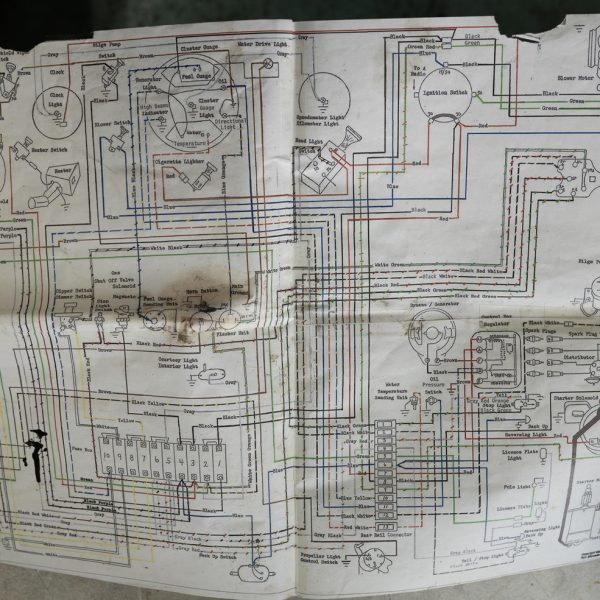
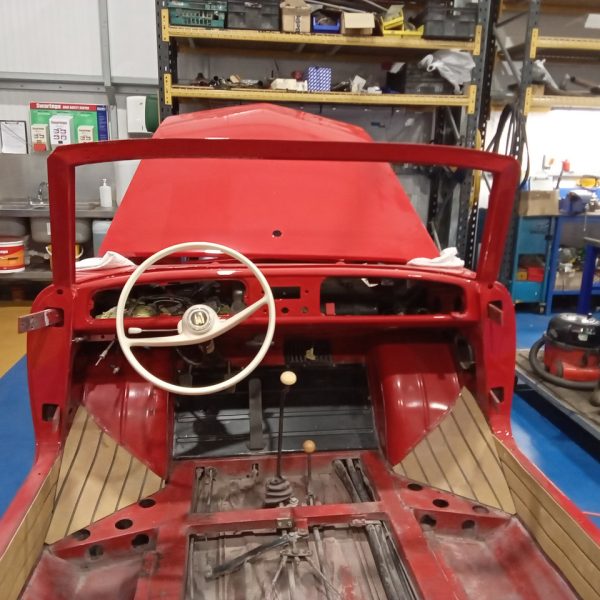
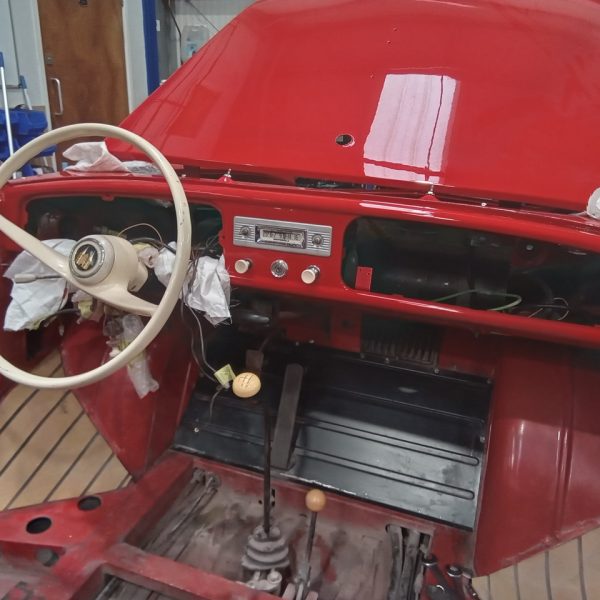
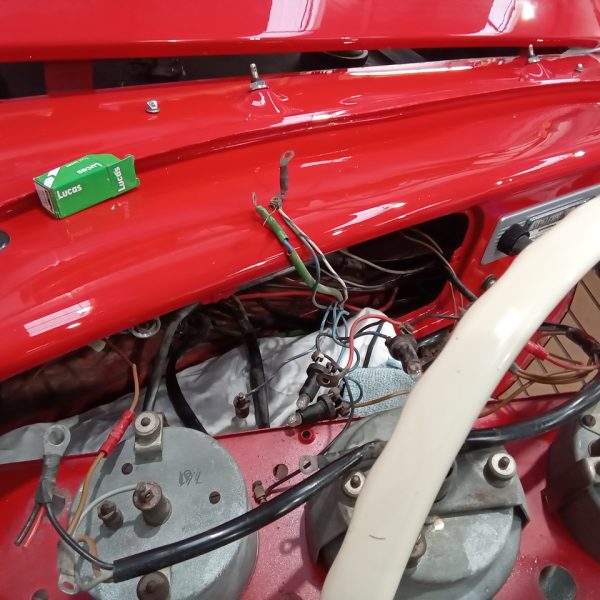
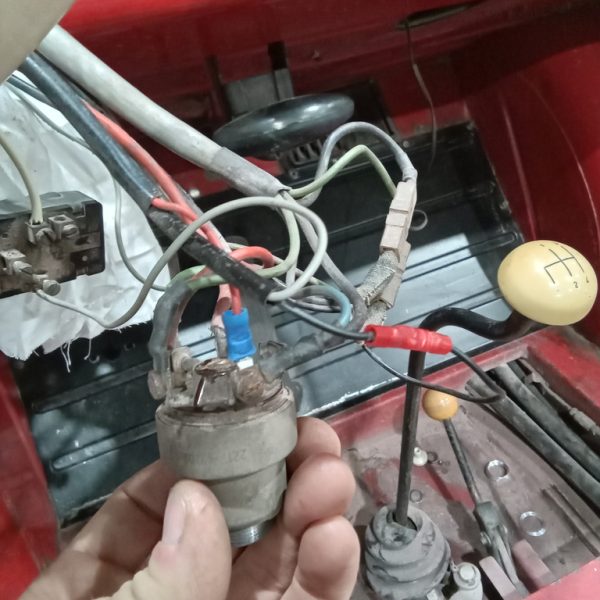




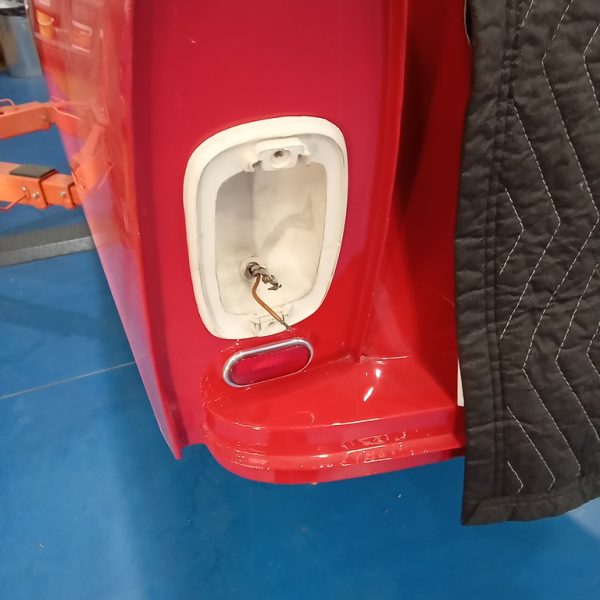

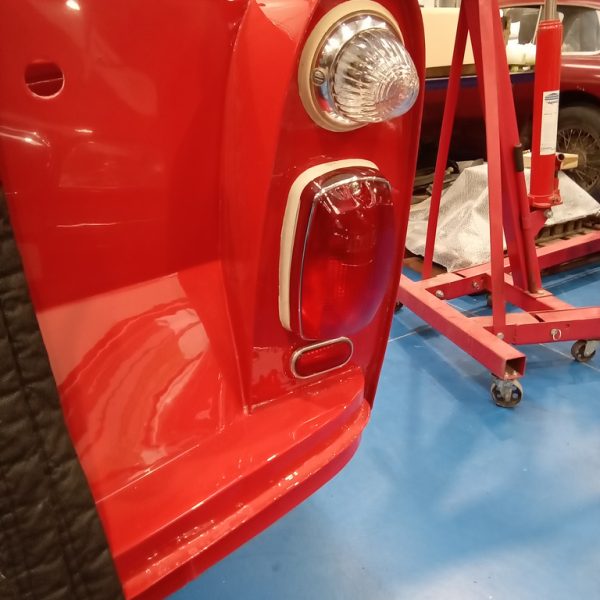
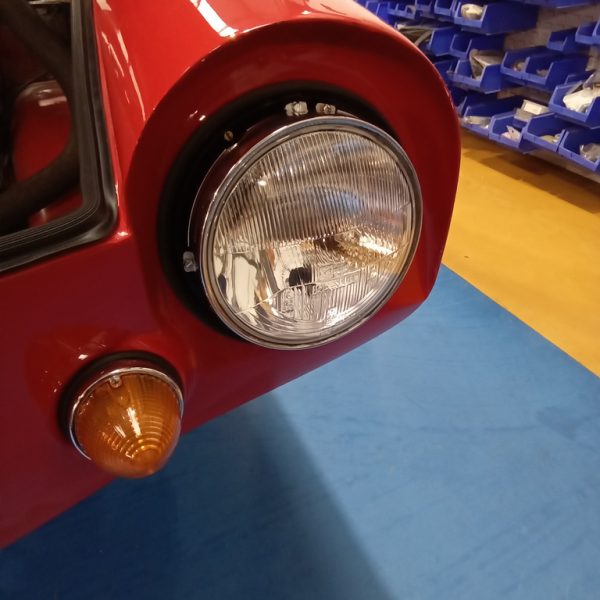
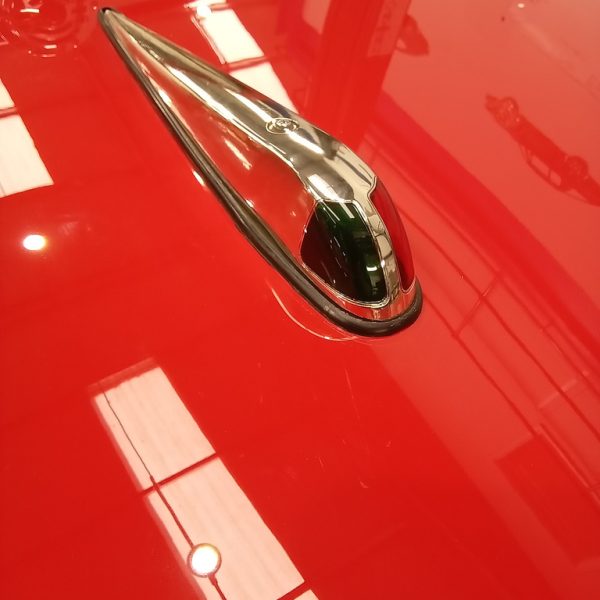

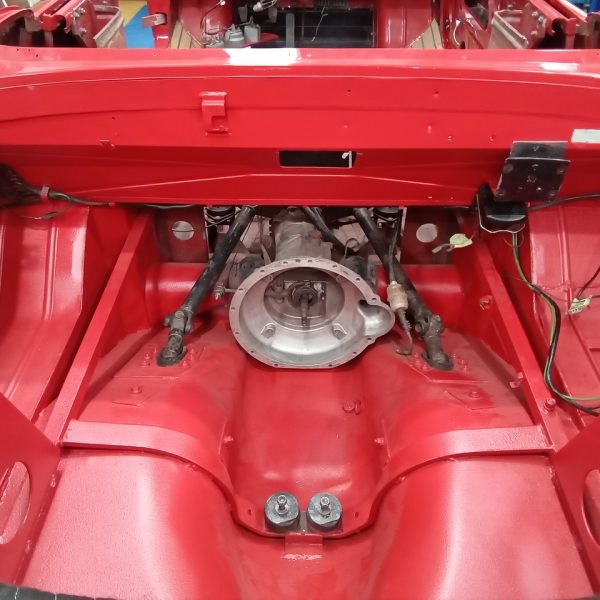
Alright, I am not referring to the start-stop technology of today, it’s not quite the completely automatic system that works by detecting a lack of vehicle motion.
Instead, check out the beautifully crafted hatch that has been made up for our 1905 Riley 9HP. When opened, the vehicle’s engine can be run by simply turning the handle but when the hatch is closed, the handle fits perfectly inside a grove that has been cut out especially for the handle. Doesn’t it look amazing?
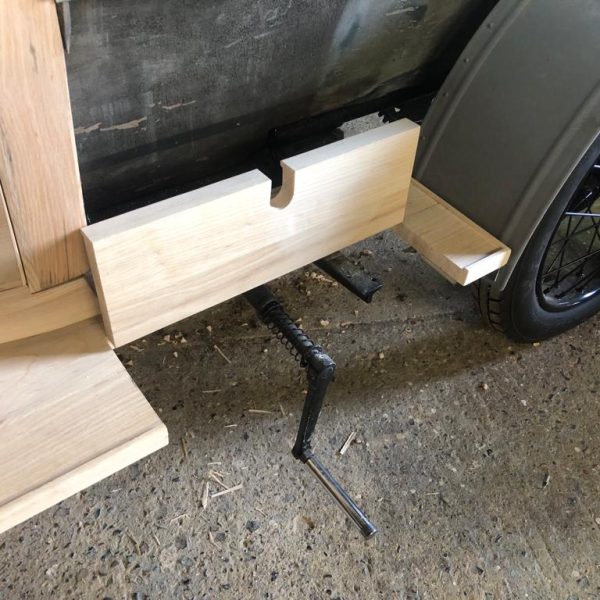
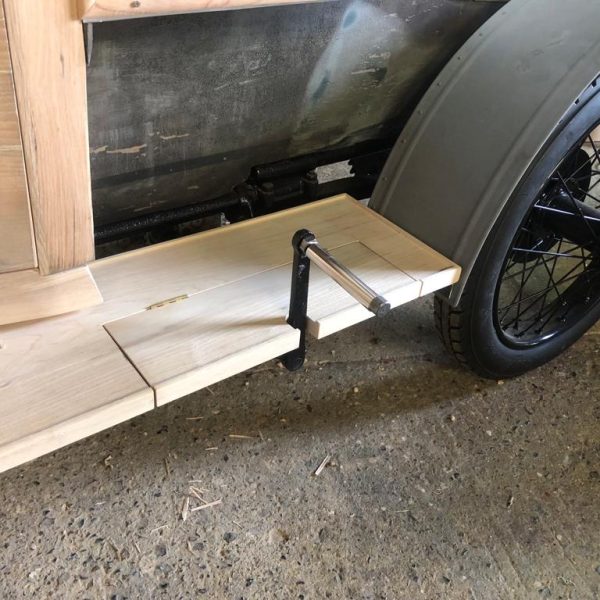
What is start-stop technology in modern cars and how does it work?
You probably have it on your modern car right now; start-stop technology detects when your car comes to a halt and stops the engine automatically. It then starts the engine again for you when you press the accelerater. This technology was developed to reduce the amount of pollution caused by vehicles, specifically emissions released into the atmosphere when cars and vans are idling or stuck in slow-moving traffic.
Jon has removed the spoked wheels in preparation for the colour change. From red to silver.

It’s not everyday we get a modern in but today we have a quick in and out…
Our 2016 Land Rover Sport may have a possible puncture so Jon has it up on the ramp to get the tyres and inflate where necessary.
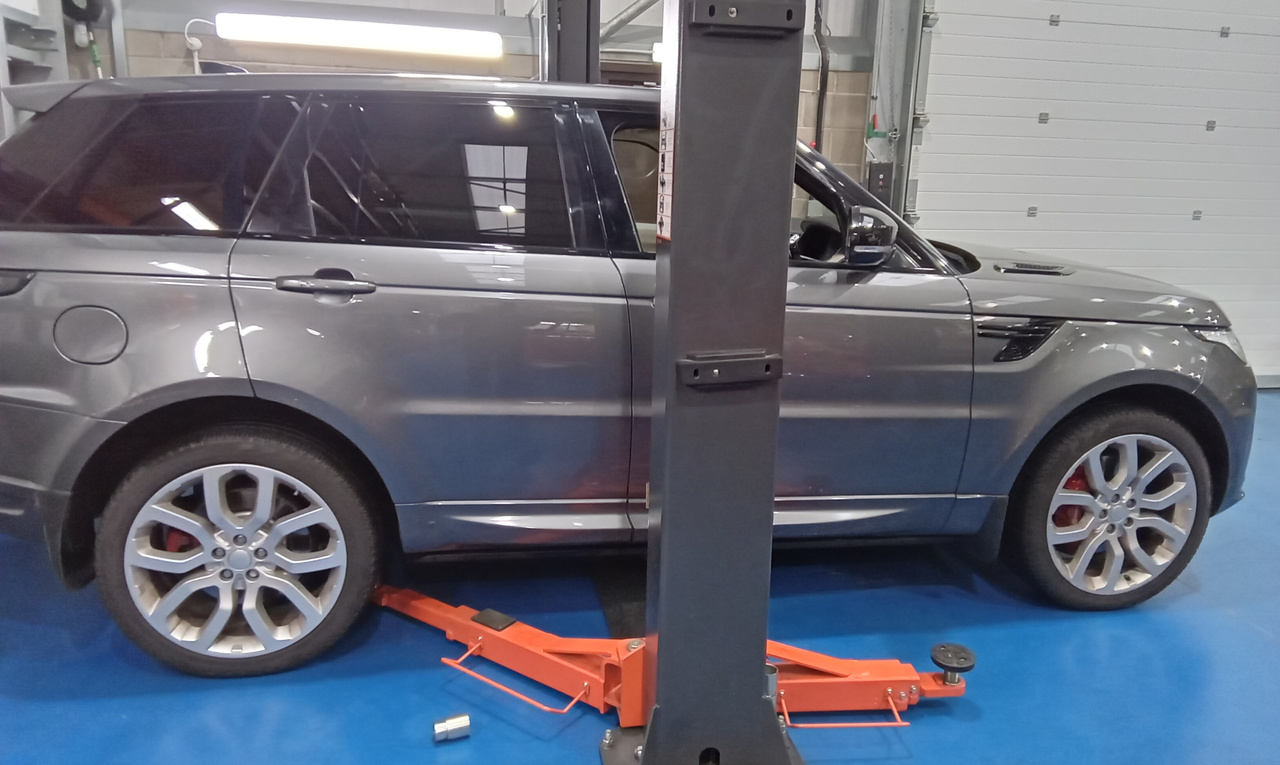
Lydia and Brian have welcomed in our Rover 216 Cabriolet for a new hood to be fitted. The hood comprises of an outer layer, middle section and roof lining which will all be replaced as part of the project.
So far, the front section of the hood cover and headliner have been removed, as well as the rear roof metal sections and padded inner lining.
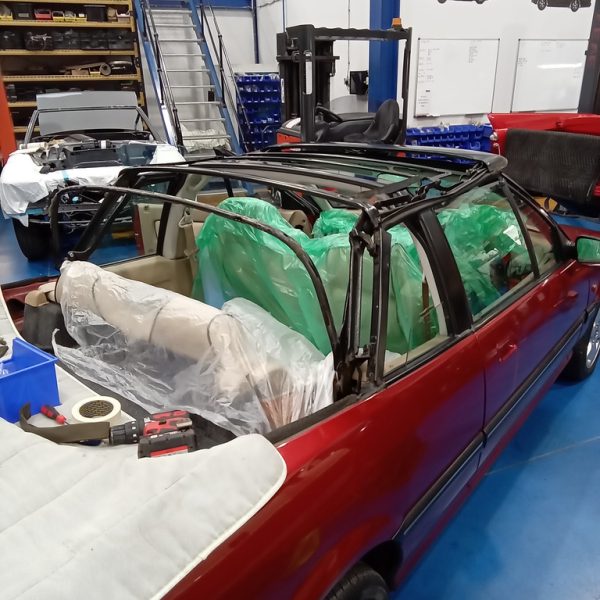


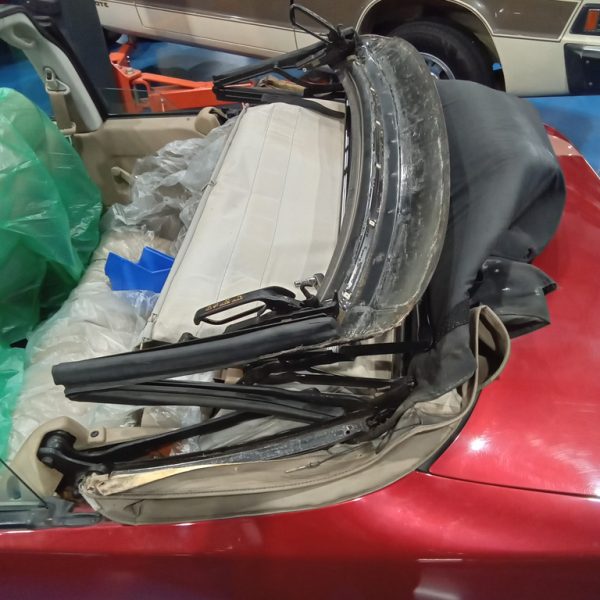
Our 1967 Jaguar E-Type Racing Series 1 is for sale by auction right now on Car & Classic.
To prepare for this, Tom and Myself headed over to the former RAF Bentwaters to shoot the car during the worst flooding scene in our area for nearly 40 years.
After gently driving the road-going racer across the site and into the infamous Hush House (the former engine test facility when the base was active). After getting the car in position, we took our time to carefully clean down the car ready for the shoot. It looked incredible under the down lights in the stark and industrial building, a complete contrast against its vibrant and eye catching Volcano Orange paintwork. After the car was cleaned down, we head into the control room where so many test engineers had gone before and hit the lights…
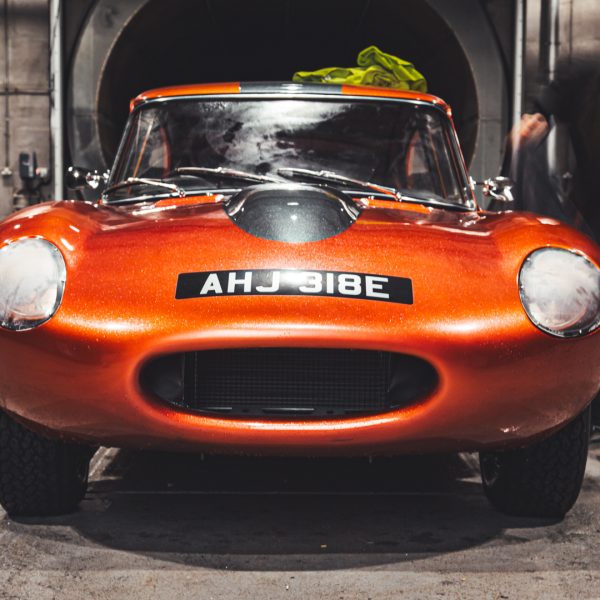


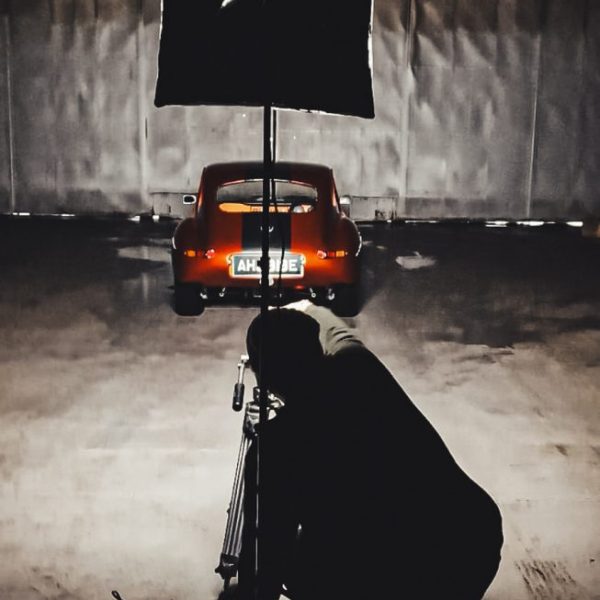


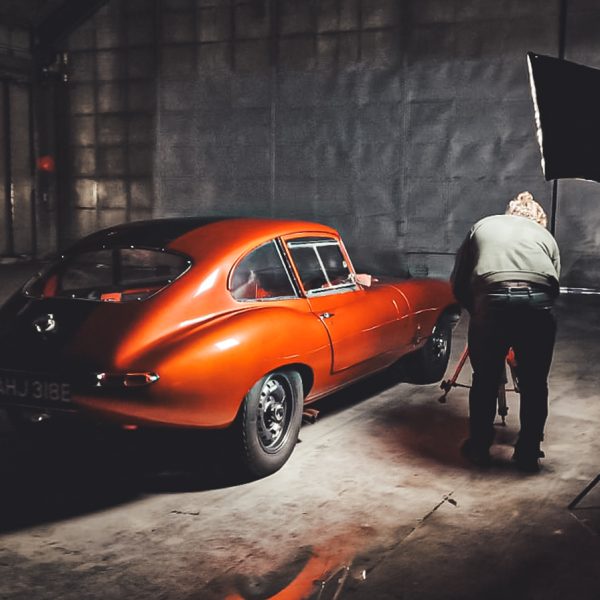

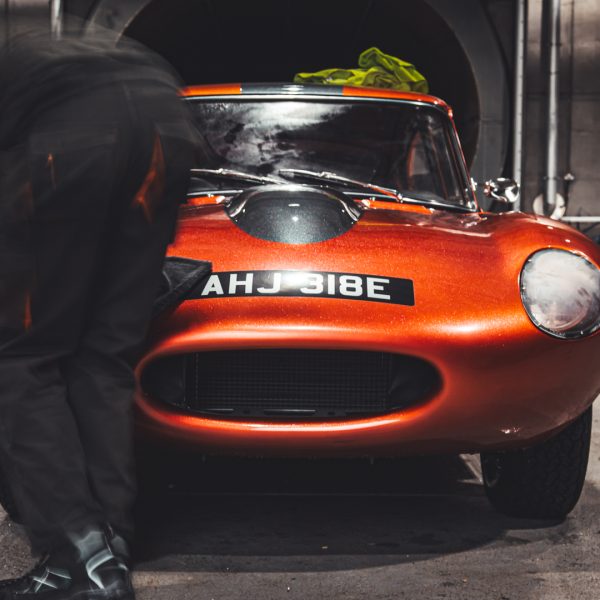
This wasn’t going to be like any other shoot though. We had decided to try something different and really push ourselves creatively in a short amount of time. Thinking back to the incredible photo shoot with our Chevron Formula 2 car, which had been shot by Freddie several years before in the same place, we decided to capture the racing E-Type using long exposures and carefully painting light across the bodywork and accents of the car as well as trying light painting through the background to give it a little more of an ethereal, artistic feel.
Here are some of the results:

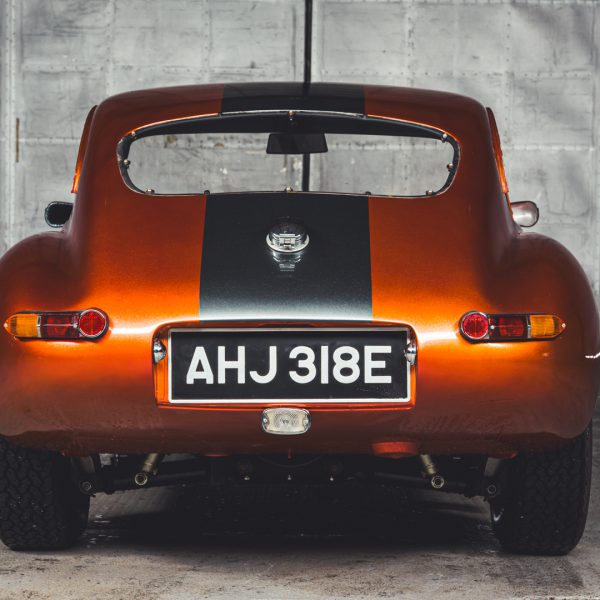
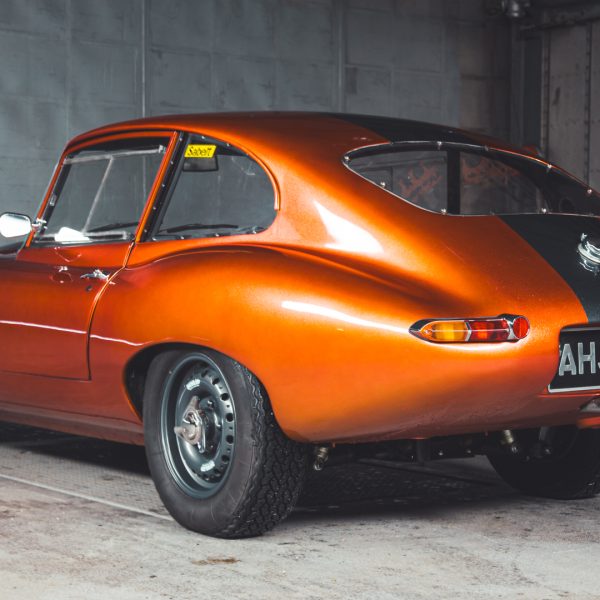

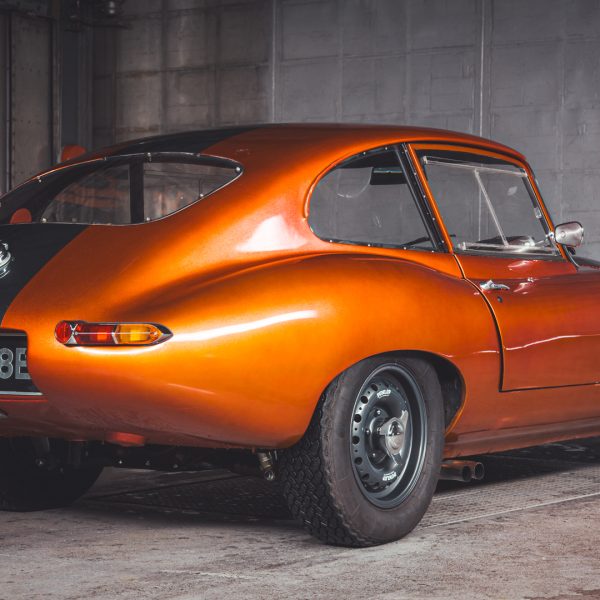
Using our tripod and the cameras exposures set to around between 10 and 30 seconds, with the cameras light sensitivity turned all the way down. We began capturing the exterior shots of the car. With myself on the controls of the camera and Tom armed with a single diffused studio light (connected to a portable power pack), we began to slow work our way around the car using the studio light to paint the light over certain areas of the car to give it correct exposure but also to amplify the wonderful form and curves of the vintage E-Type.
Because of the amount of moisture in the air (we shot this at the height of the local storms, and hence why the car was shot inside) the headlights remained fogged up which adds to the vicious look of this road-going racer.


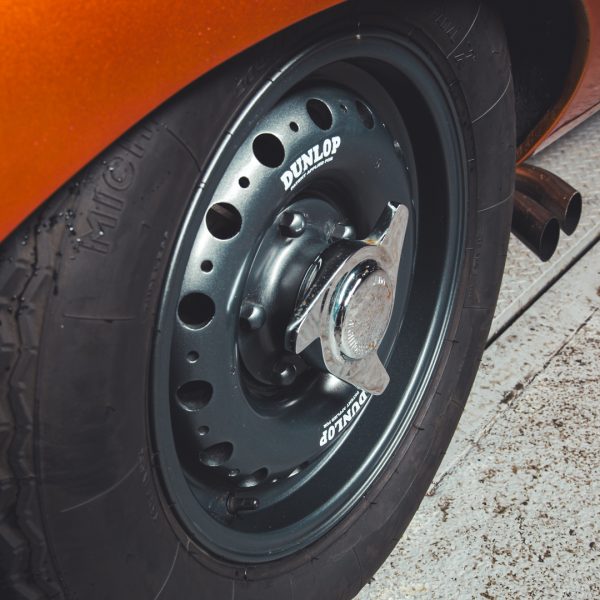
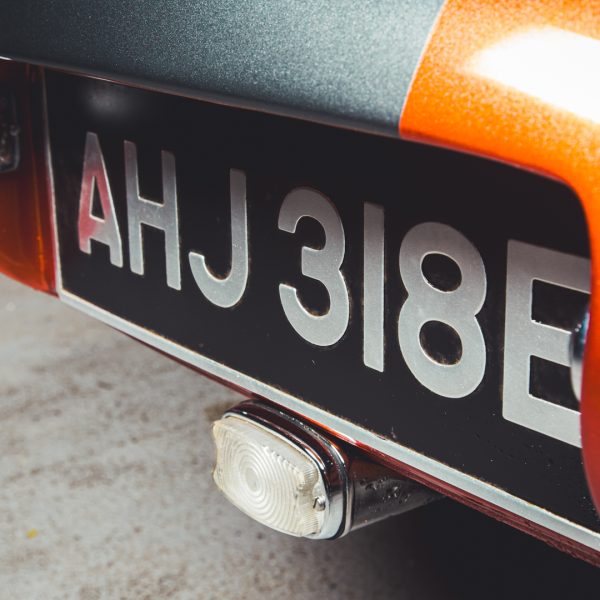
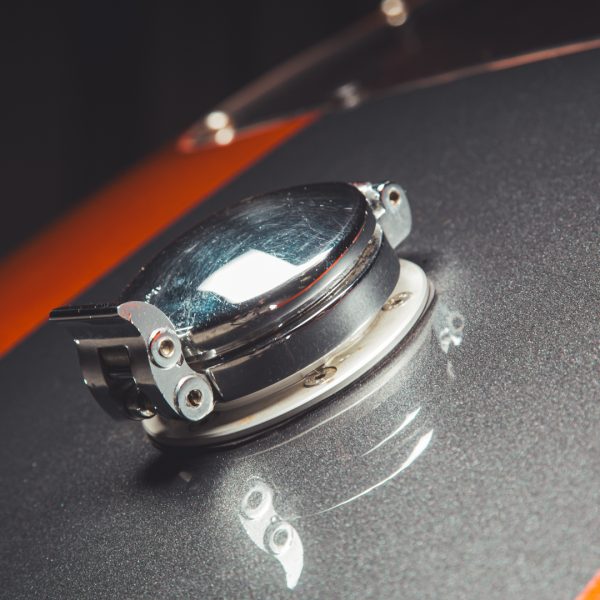

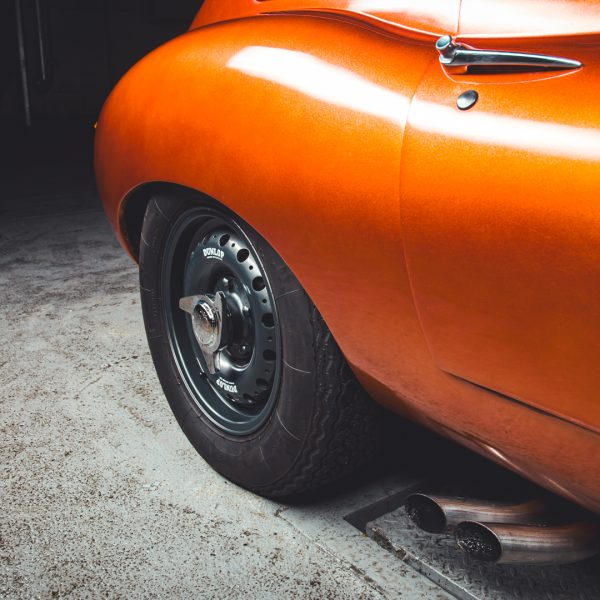
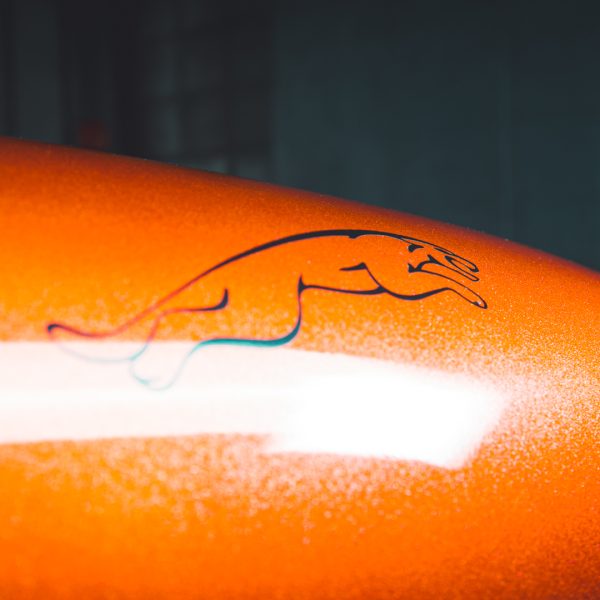
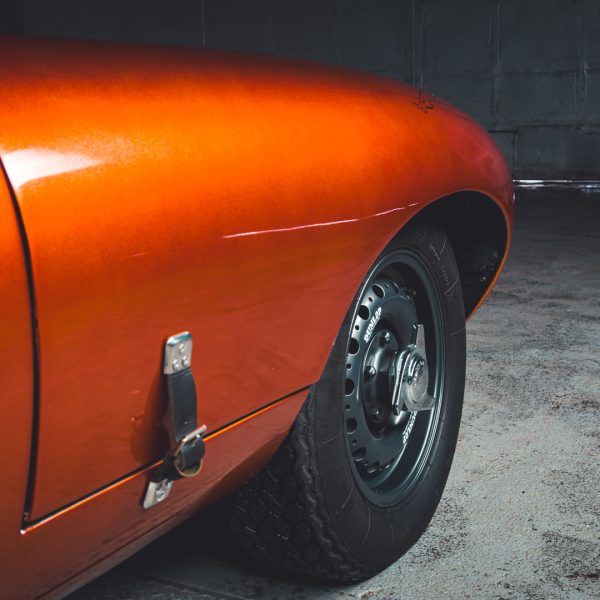
To capture the detail shots of the car, or ‘beauties’ as we refer to them here in the marketing department, we adopted the same approach of carefully dancing the highlights across the bodywork after triple checking the triple checks to make sure the focus was laser sharp on the area we needed.
Things like the Monza filler, a distinct feature on our E-Type, or the quintessential rear lights all had to be captured this way. Although more time consuming, allowed us to achieve the best result. For a few hours, it was a case of systematically going through every angle and aspect of the car with Tom, to capture everything that we needed. The trickiest part of the shoot, was actually the interior.
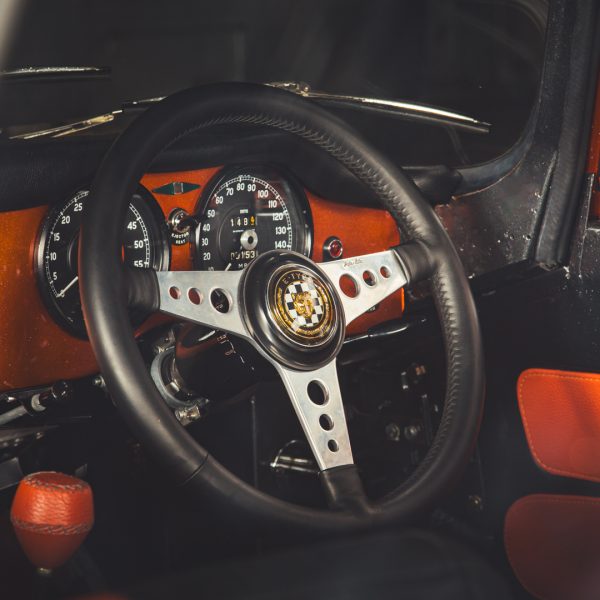

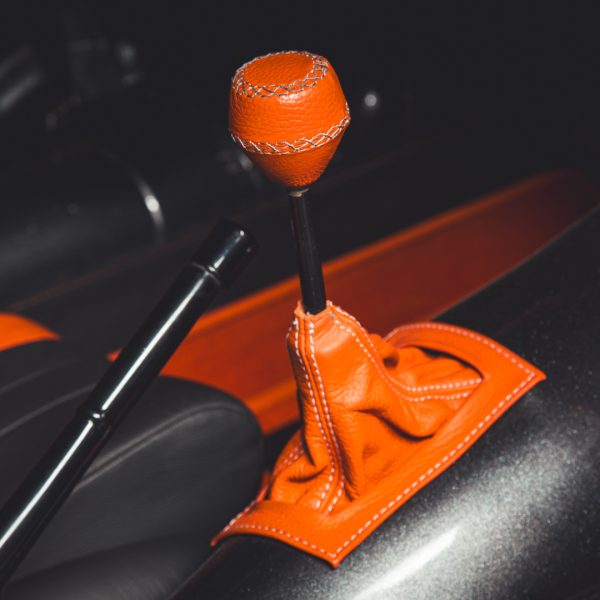
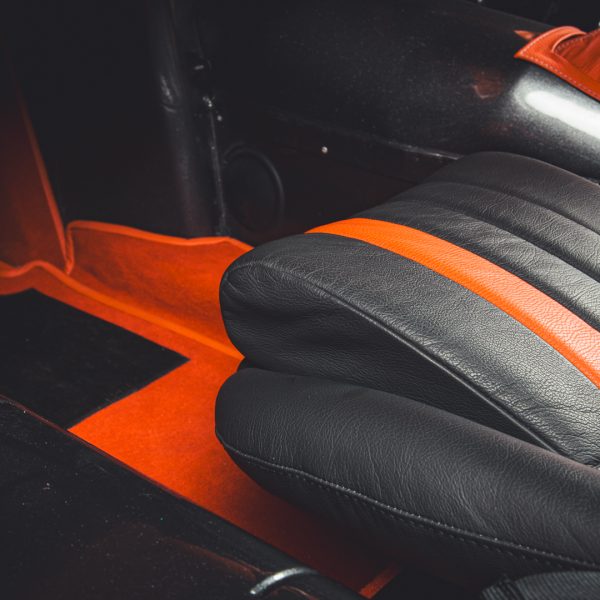
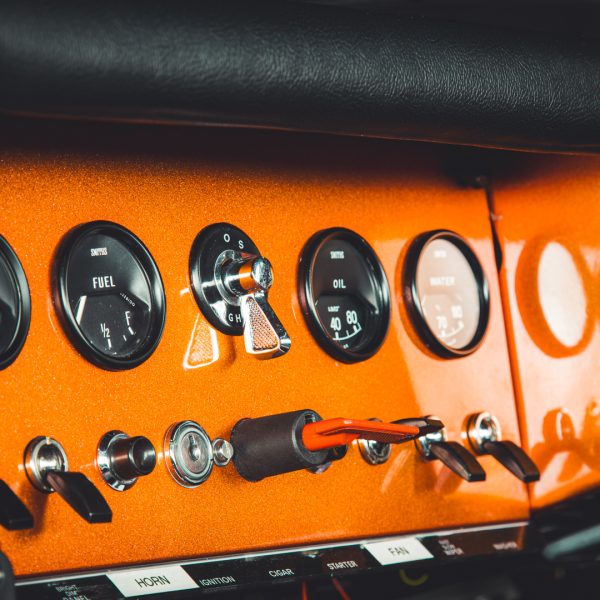
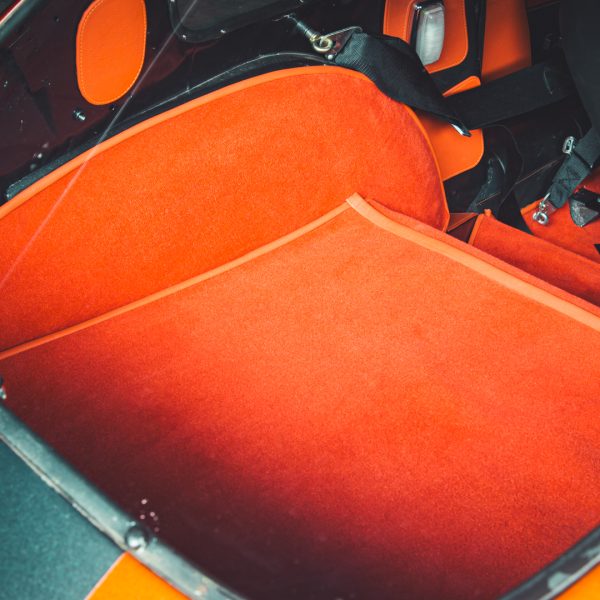

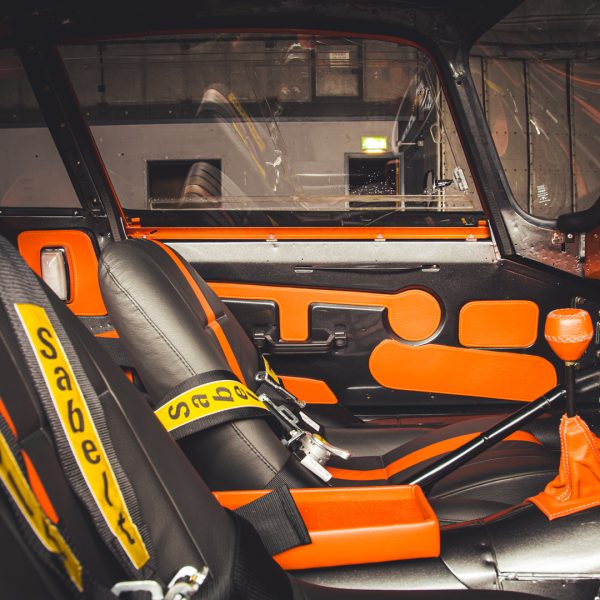

Because most the interior is covered by the roof, it tends to be the darkest aspect of the car. It’s also the easiest part to be able to see reflections in as almost from every angle you have a glass surface.
Once all of the essential photos were ticked off the list, it gave myself and Tom a bit of time to experiment with some more ‘artistic’ style shots to round off the shoot and add a sense of flair to this one of a kind classic.
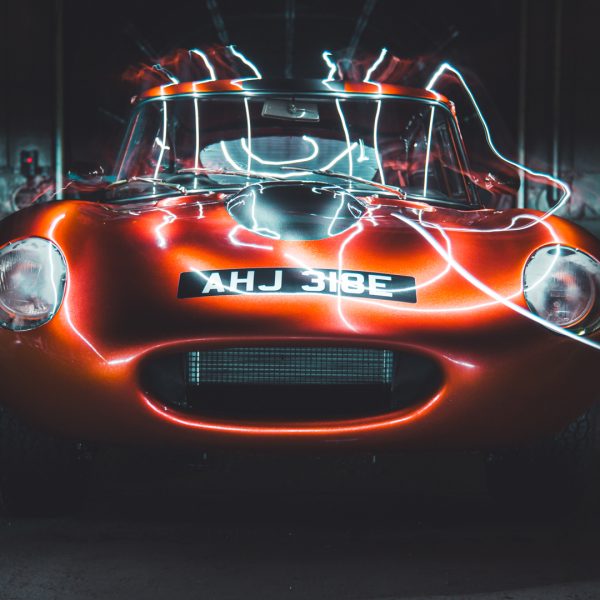
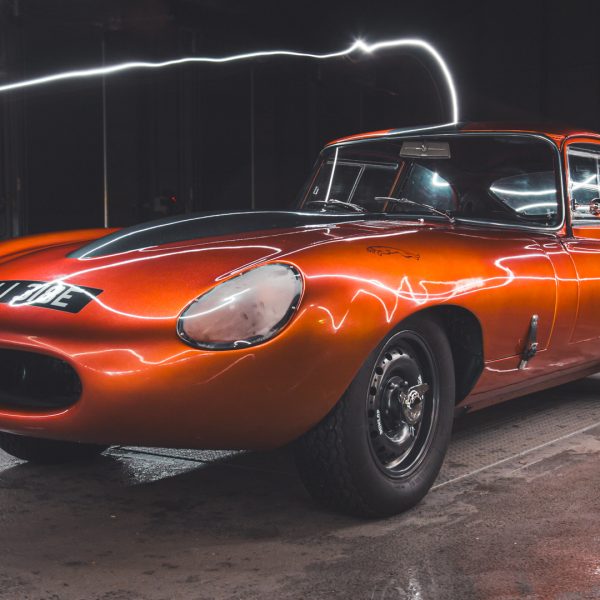

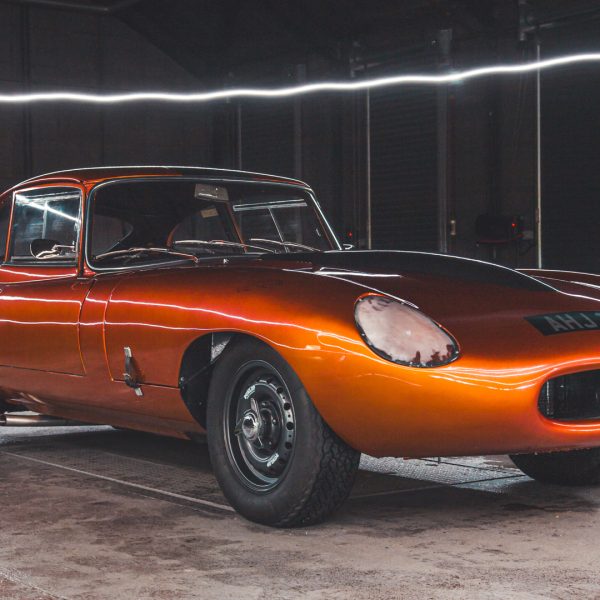
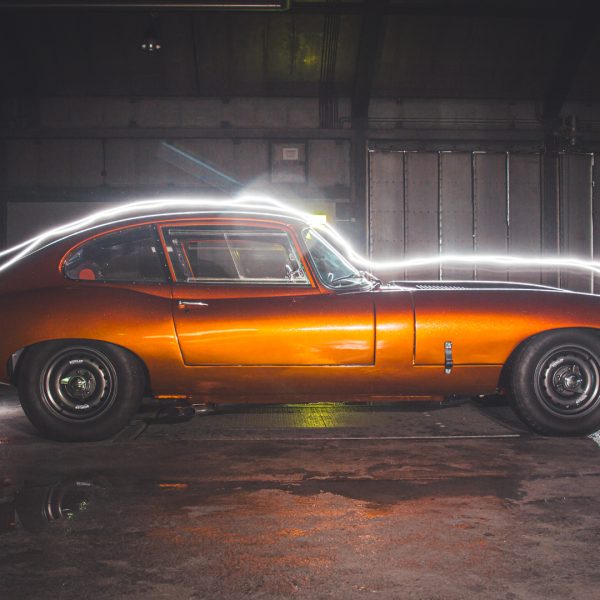
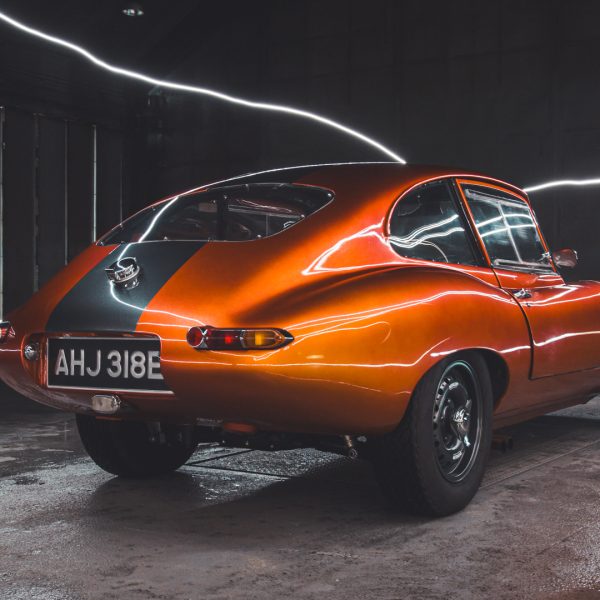

Continuing with the use of long exposures to capture enough light to correctly show the car but also show off the menacing and purposeful character of our E-Type, we decided to play with highlights and framing. Using the torches on our smart phones, we worked our way round the car at speed to highlight the haunches and lines, while also creating patterns and shapes to display the car inside of what was essentially a stark and empty background.
The results, are something that we as a team are very proud of capturing for the auction of the car with our friends at Car & Classic.
Also, we offer full photo shoots with your pride and joy by the team here at Bridge Classic Cars. Click here and inquire.
Jon has carried out the Pre Delivery inspection on yesterday’s competition prize, our 1991 Ford Escort RS Turbo.
Another trip to Scotland for us; 2 Scottish winners in the 3 weeks, lucky times!
Ross will soon be accepting delivery of his new (old) car. Having owned various Fast Fords over the years, Fiestas mainly but up until now has not owned the Mk2 RS Turbo. He’s really excited and we can’t wait for him to see the car.


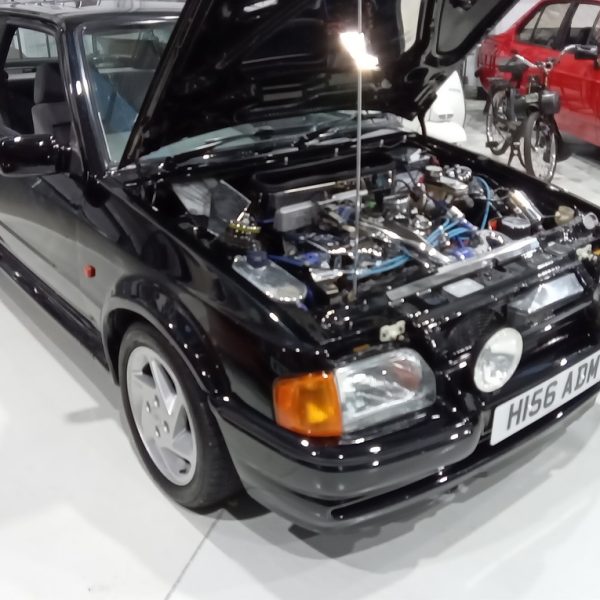
The old door cards had been finished to a poor standard and Lydia felt were not fit for purpose.
She has cleaned off the old door cards and removed foam that had been incorrectly and poorly stuck down. New vinyl was cut and laminated onto scrim foam. This meant that the stitched design now stood out well from the rest of the vinyl , without looking garish like the previous design.
She then applied the new vinyl to the panels and cleaned off my pencil marks.

Chris has been working tirelessly in the paint shop on the final preparation of prime and paint on our Mk2 Ford Transit.
The next stage is to flatten and polish the shell and when he’s 100% happy with the finished results he will pass back over to the workshops for the fit up.


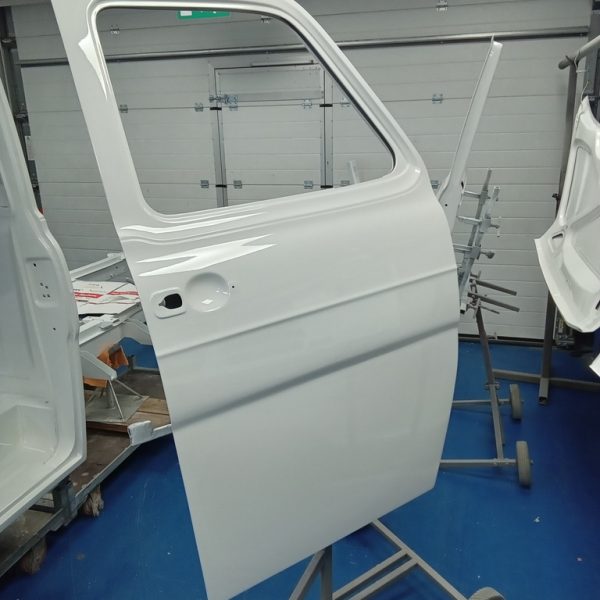
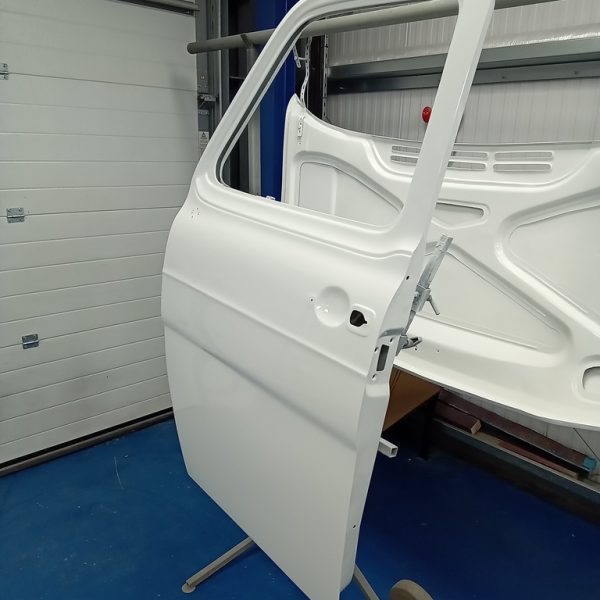
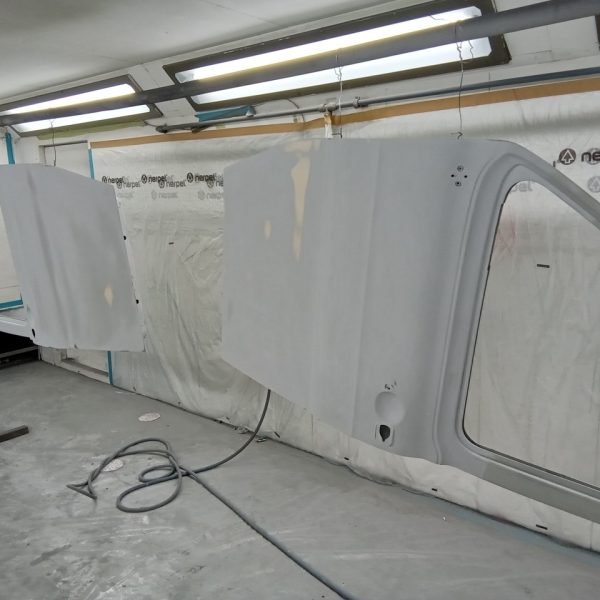
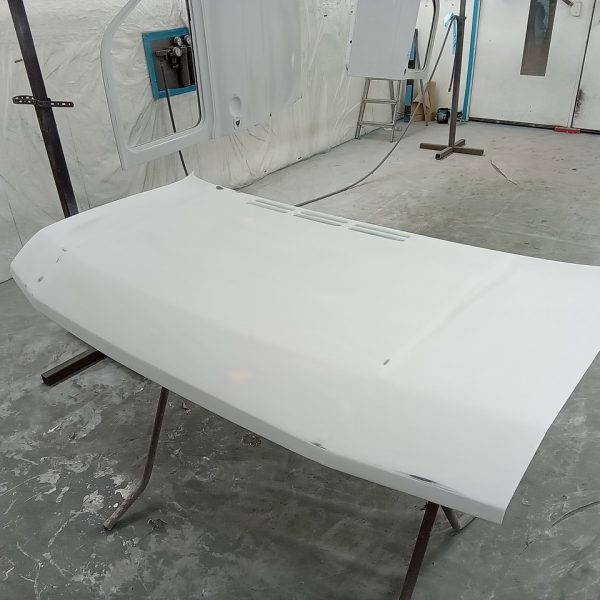
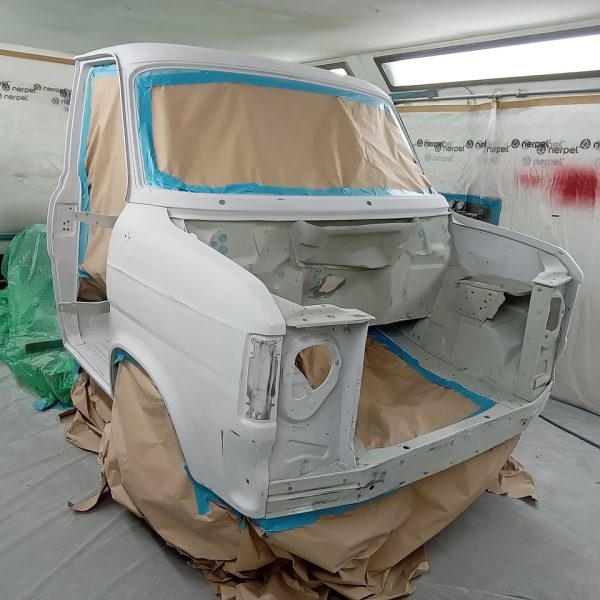

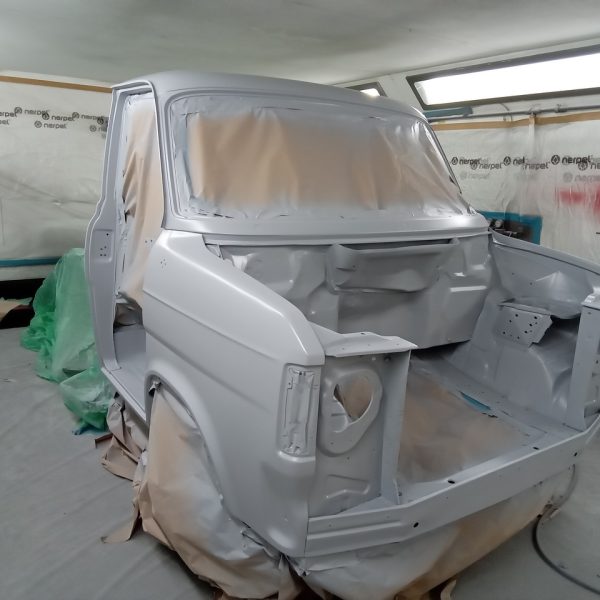

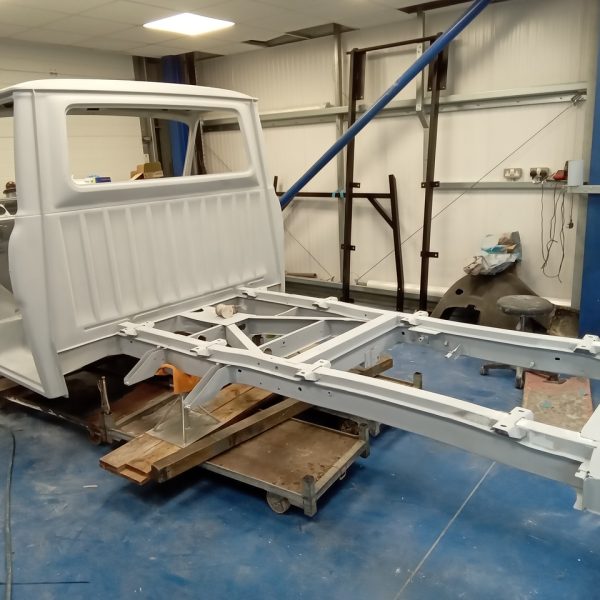
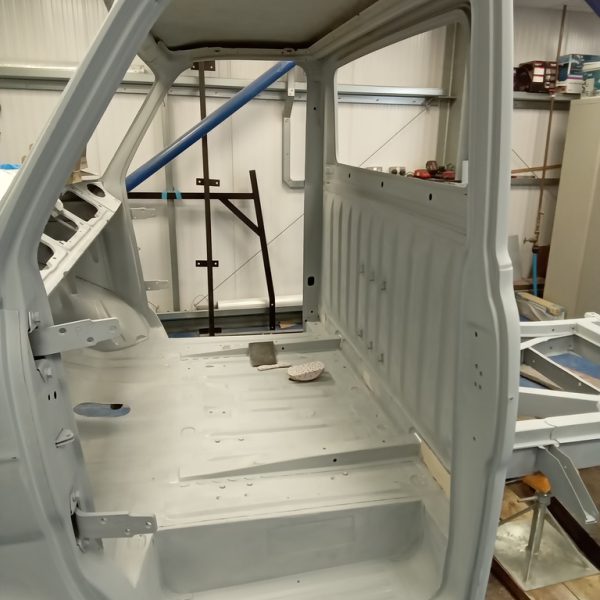
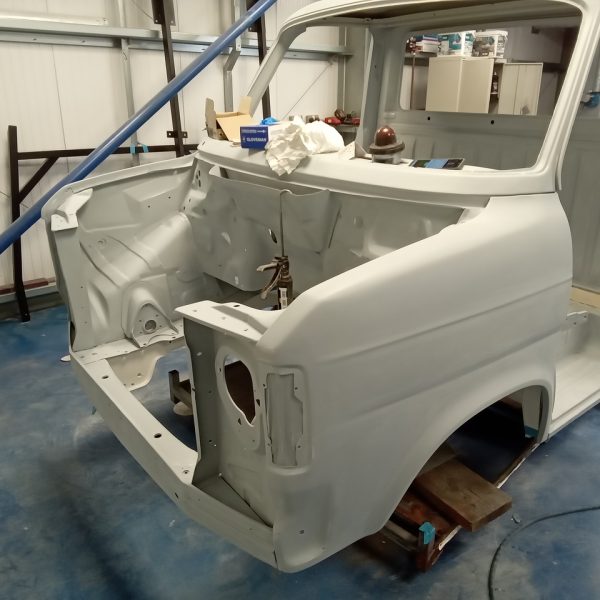

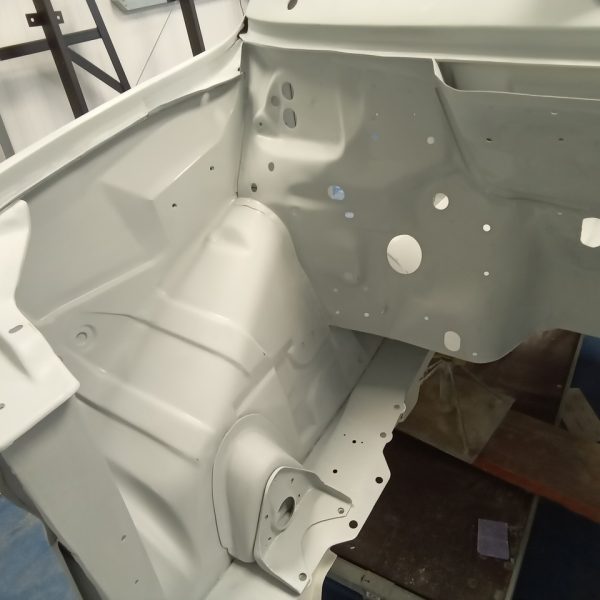
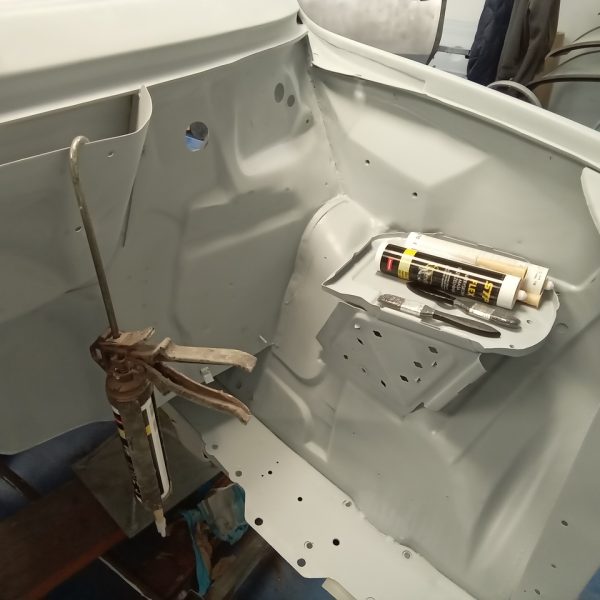

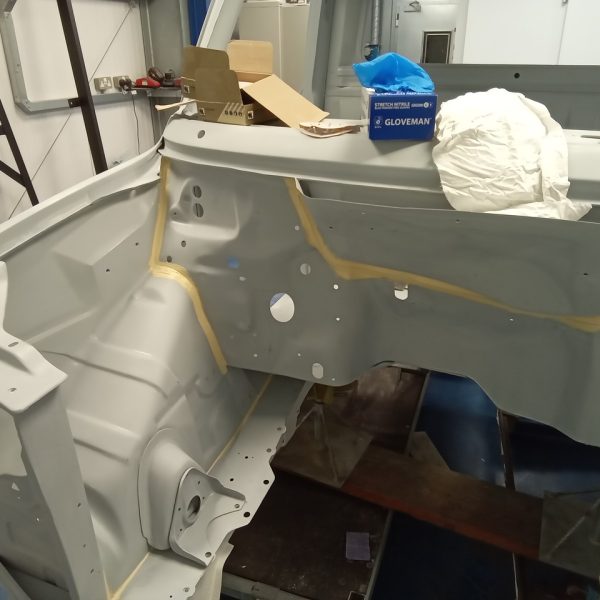
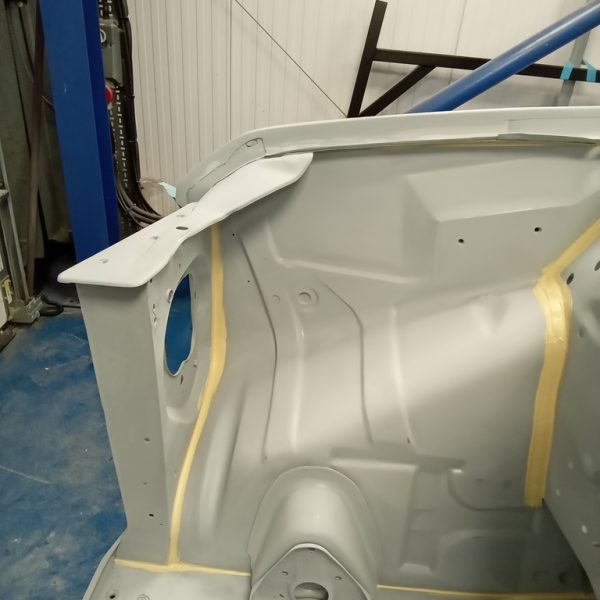


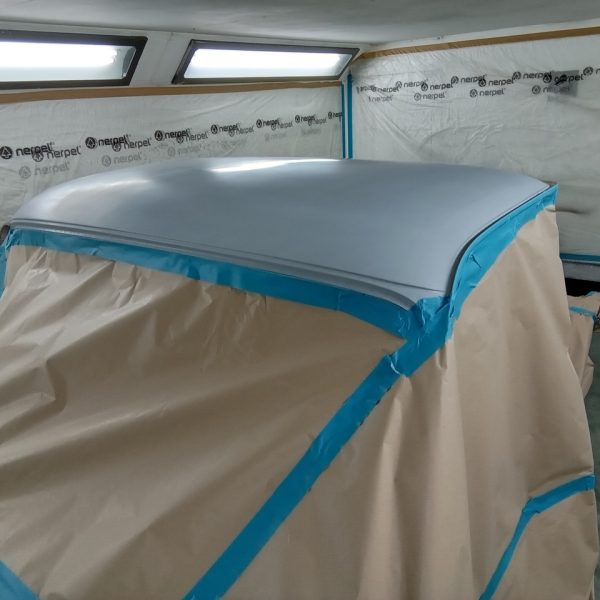
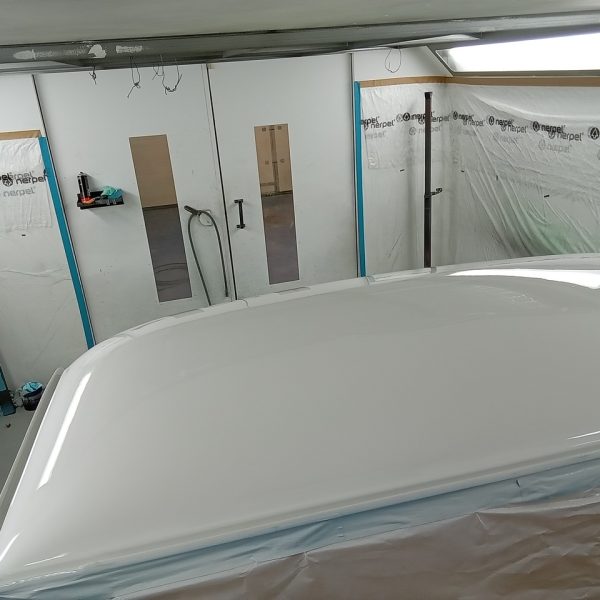
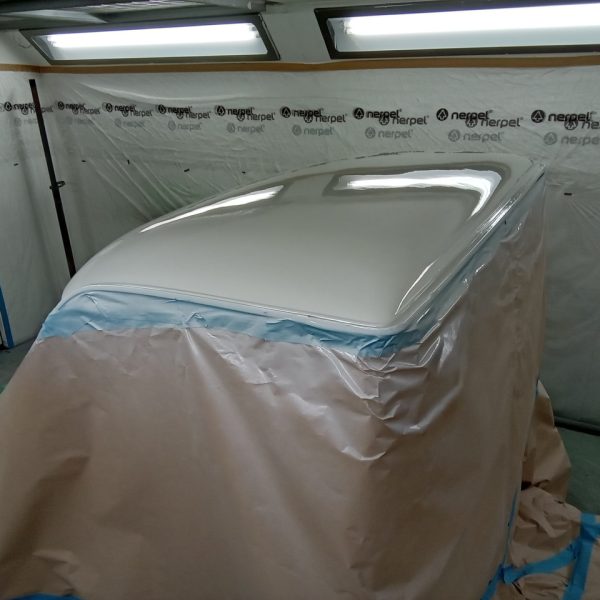
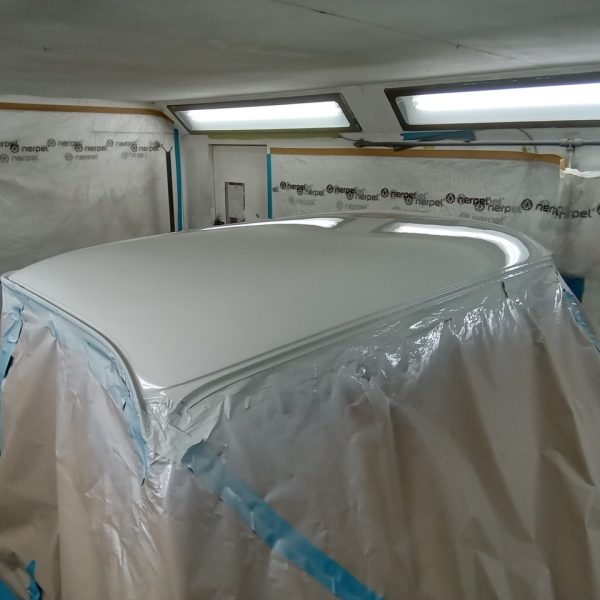
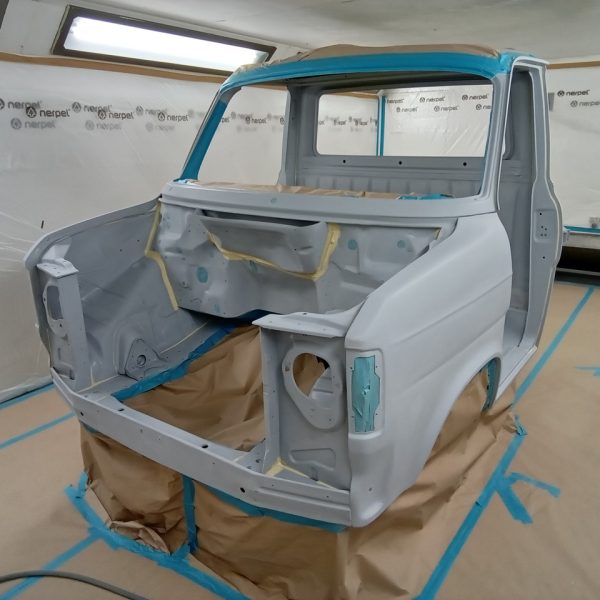

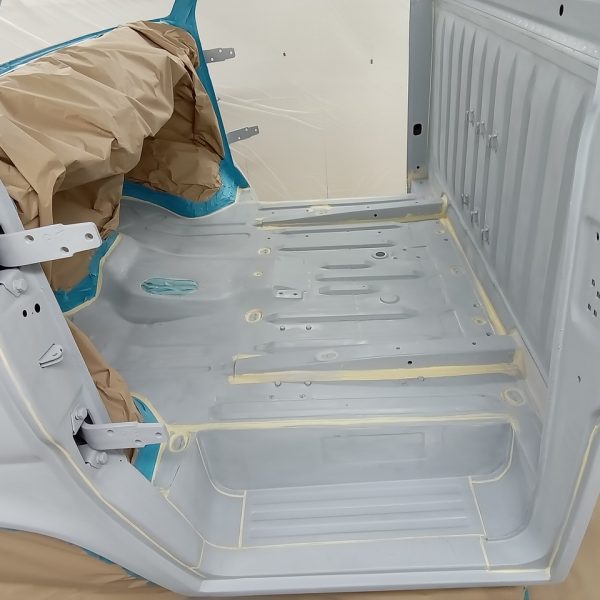
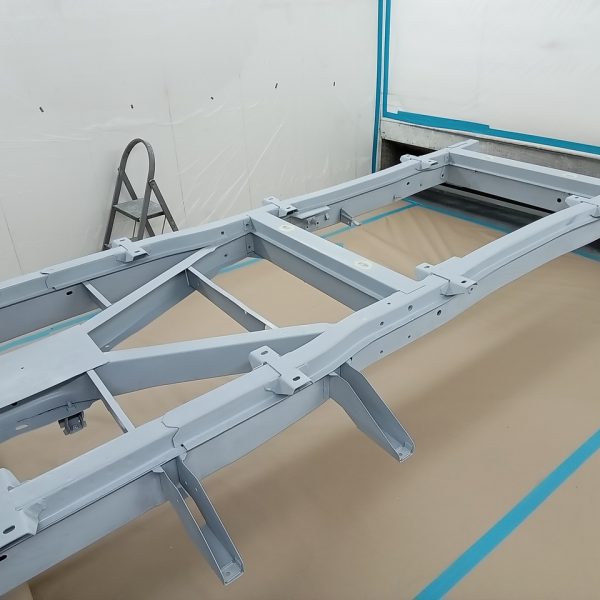

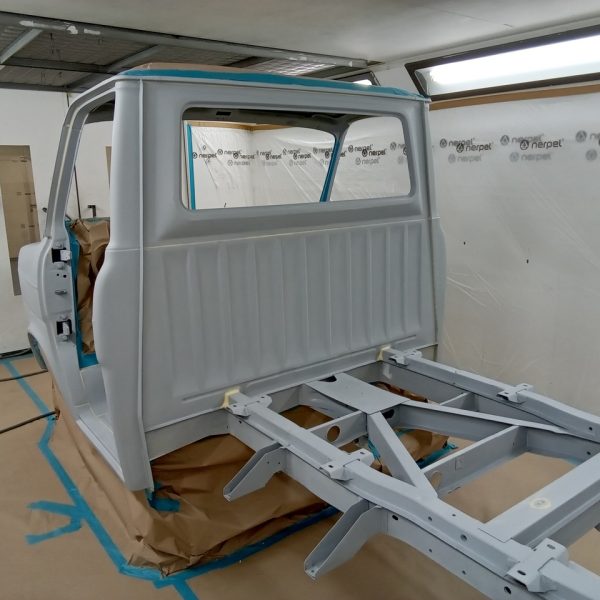
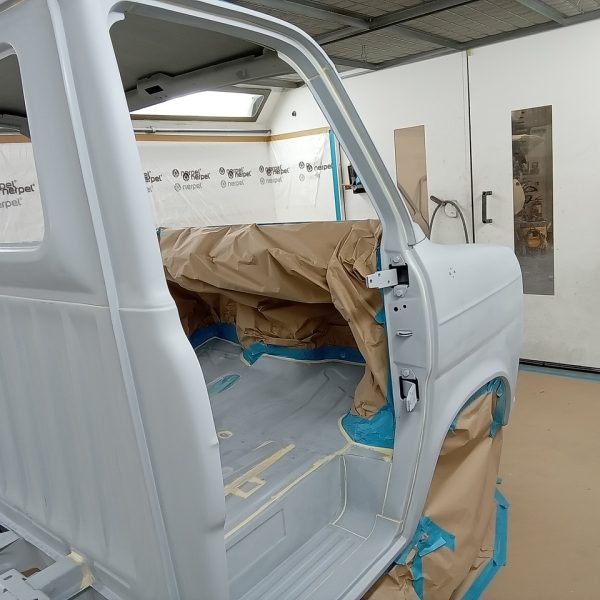
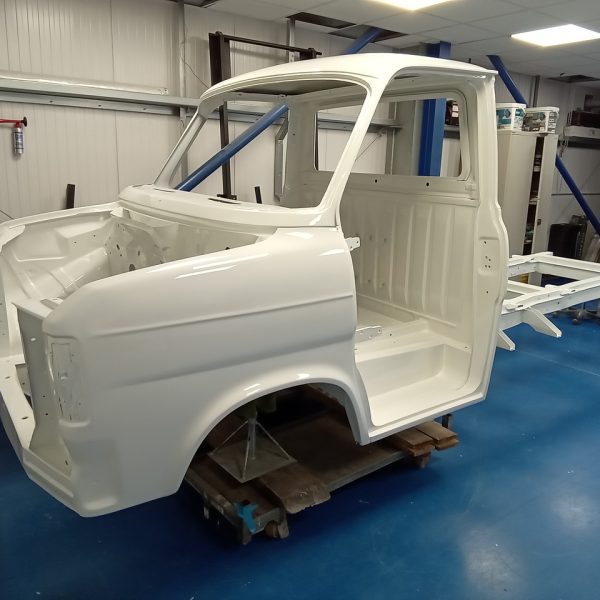
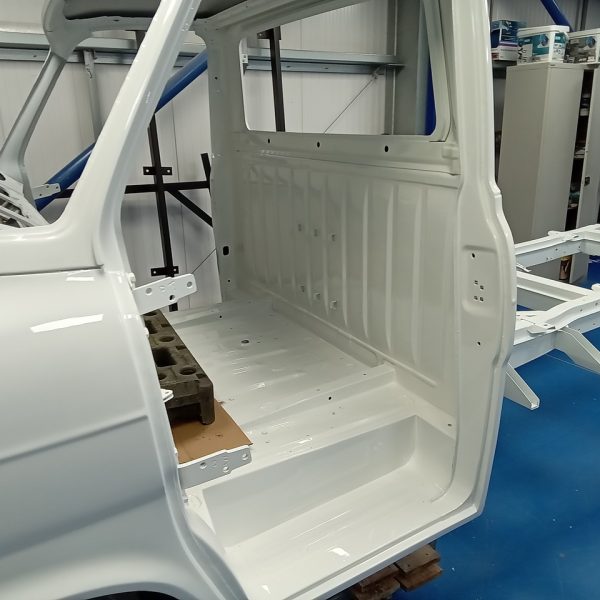

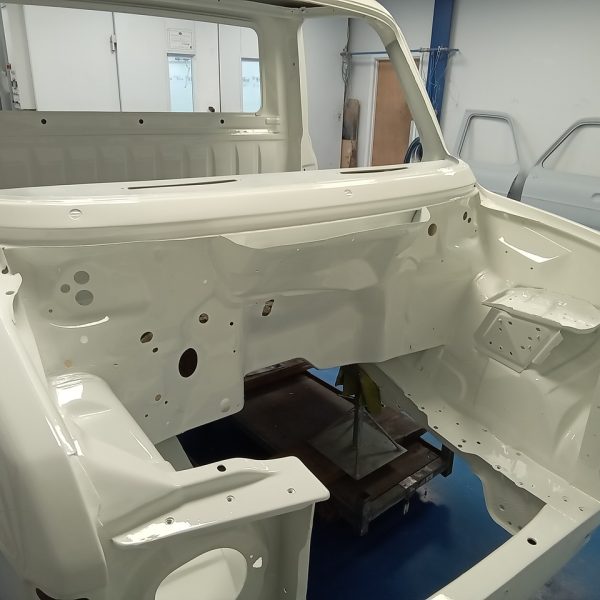
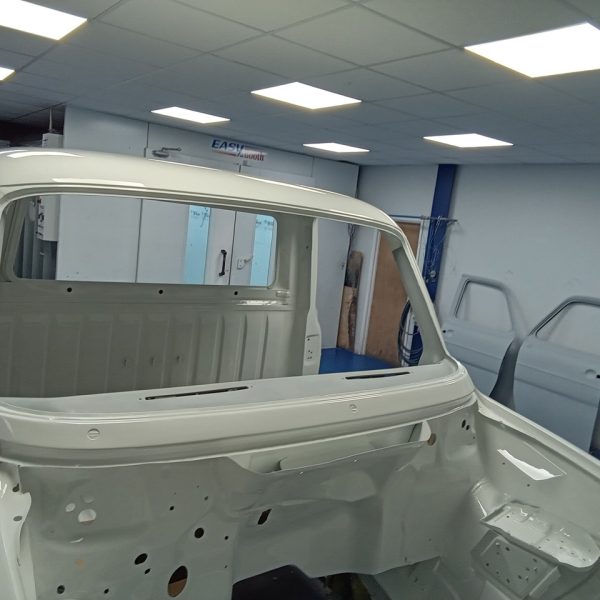

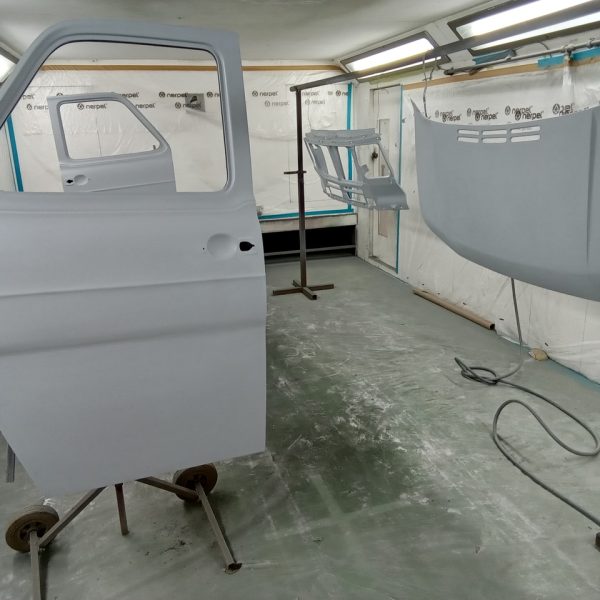
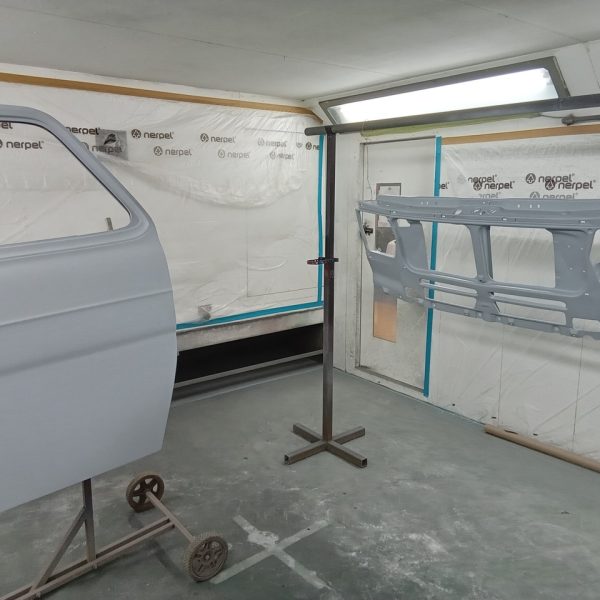
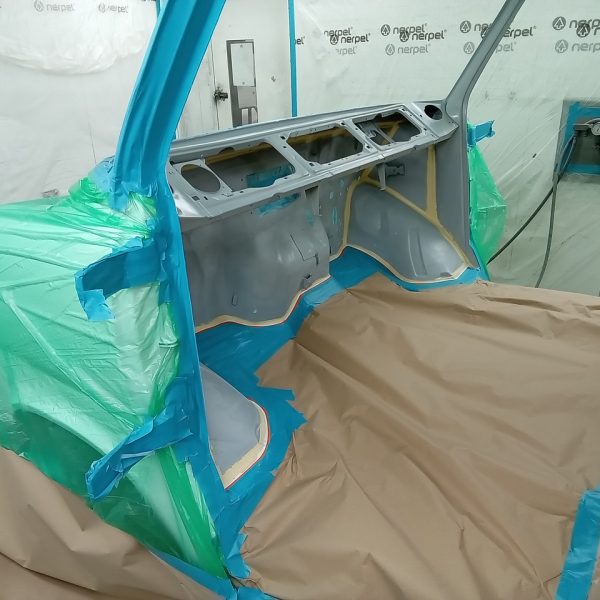

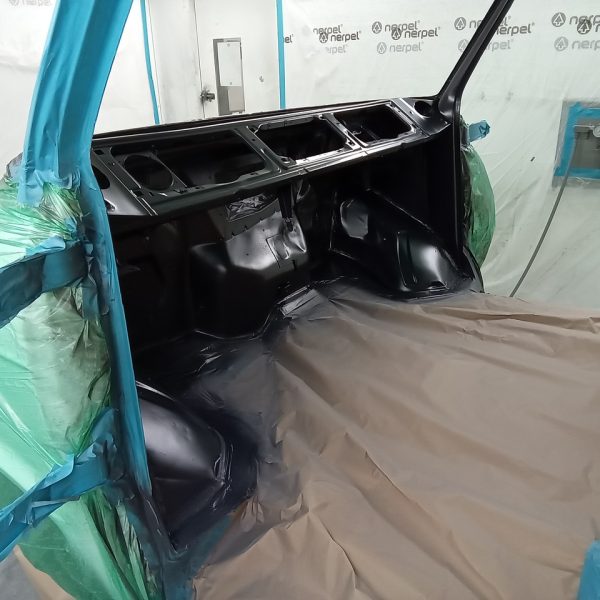
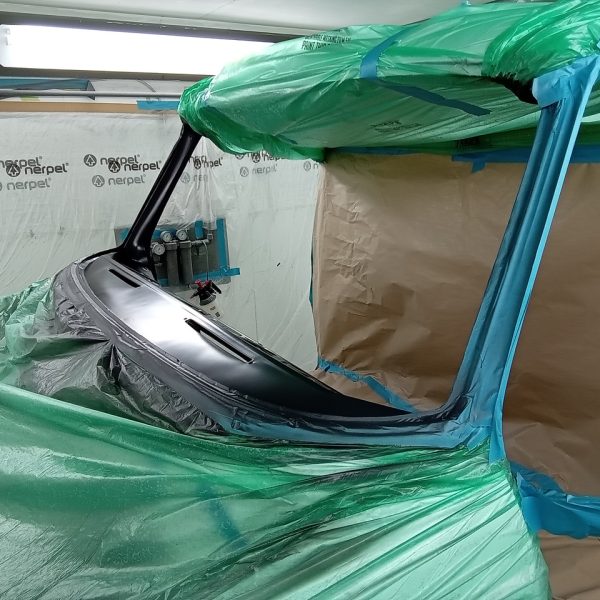
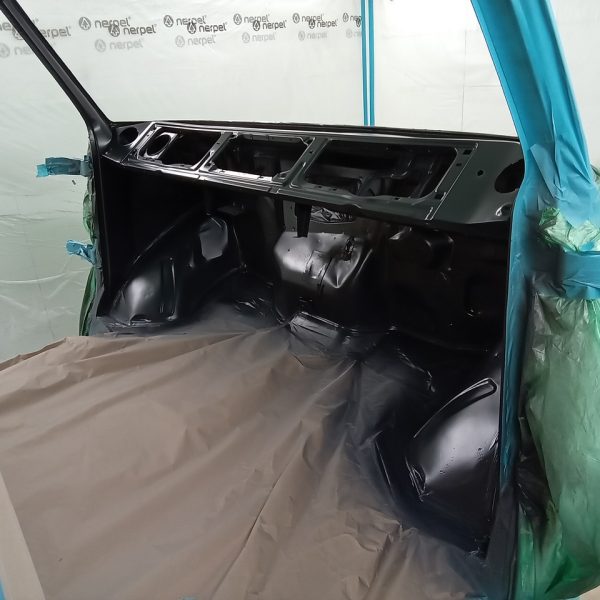
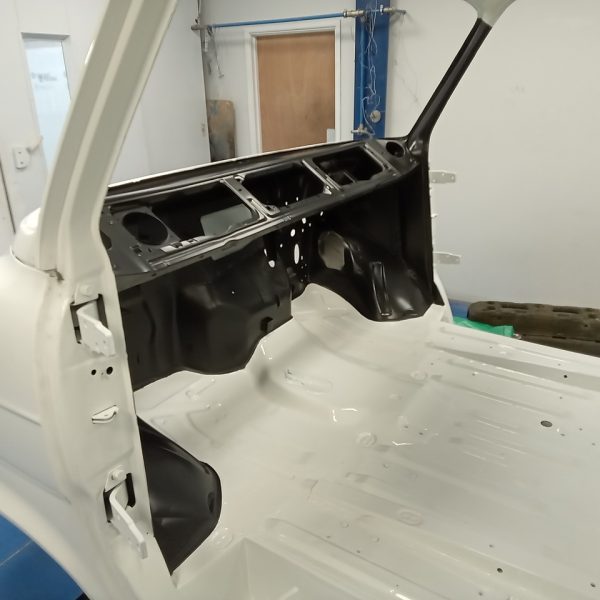
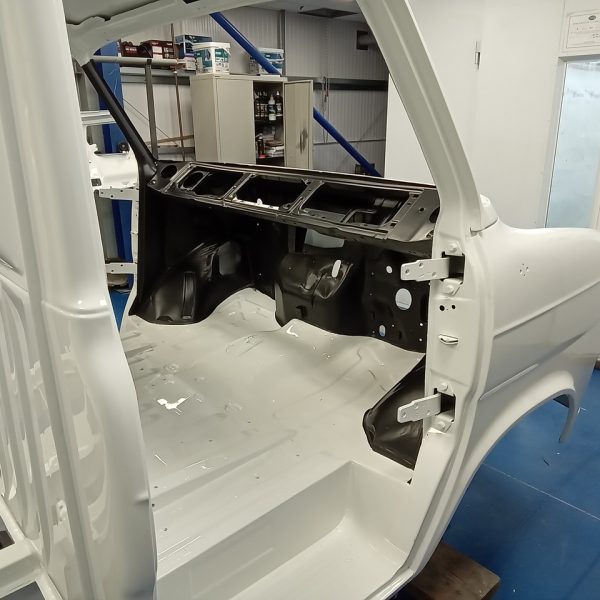
James has been working on the finishing touches to our Mk 1 Ford Transit. The gearbox has been removed, the engine sump and rear main oil seal plate have also been removed.
All parts were fully cleaned and decreased, then reassembled with new gaskets.
New oil was added and the gearbox refitted with a new output shaft seal installed correctly.
Then it was run up and checked for leaks.
All OK.
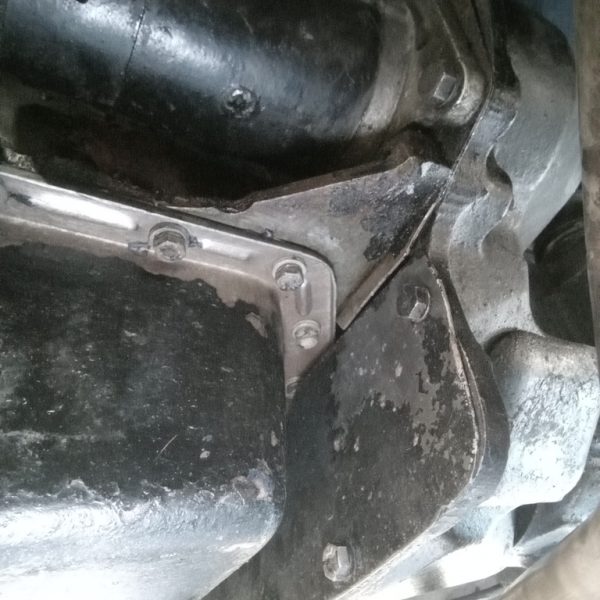


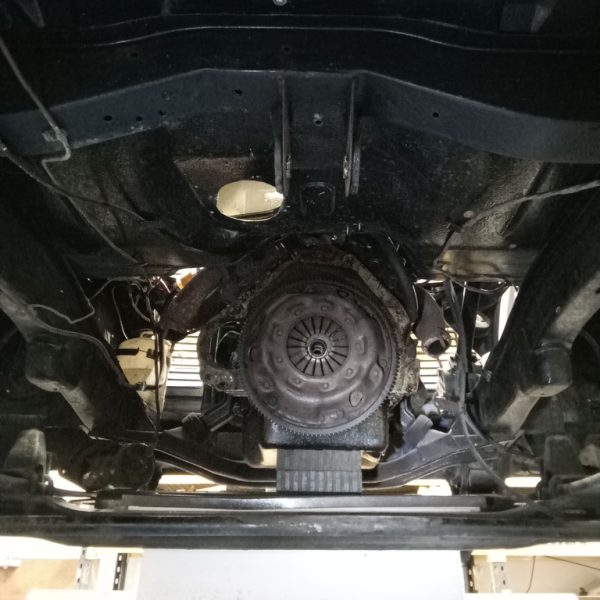
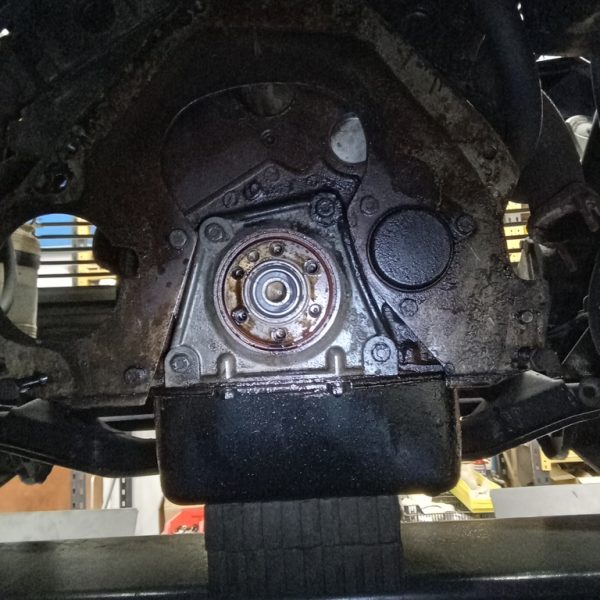
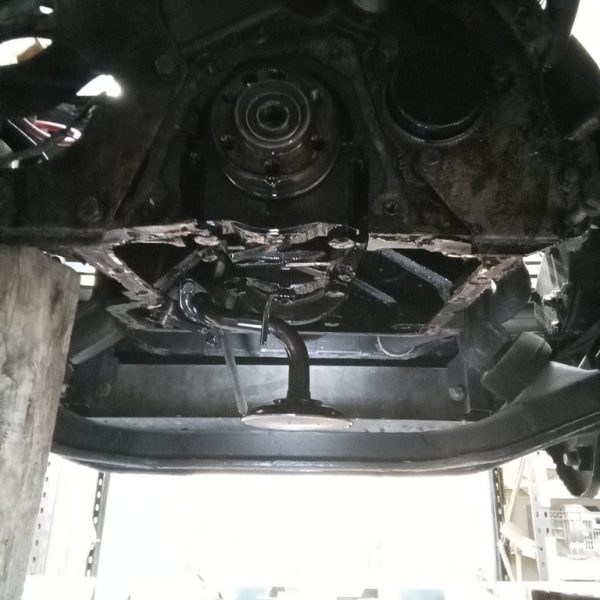
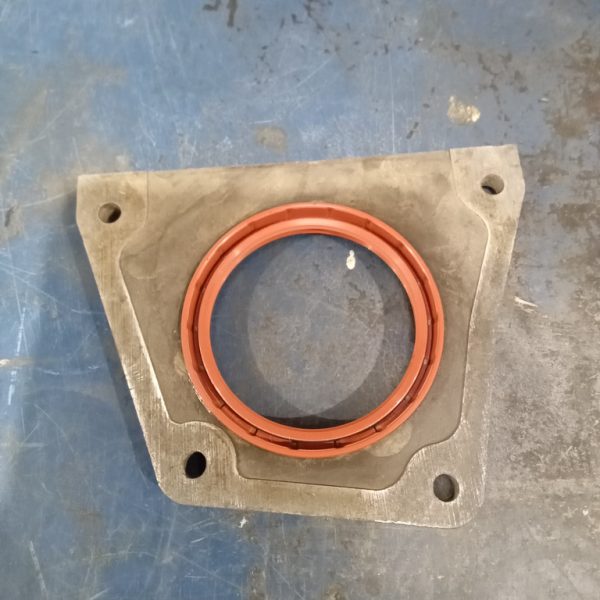
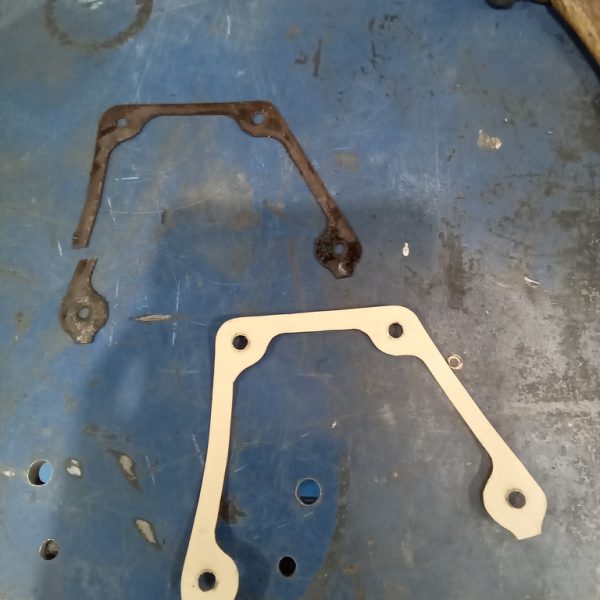
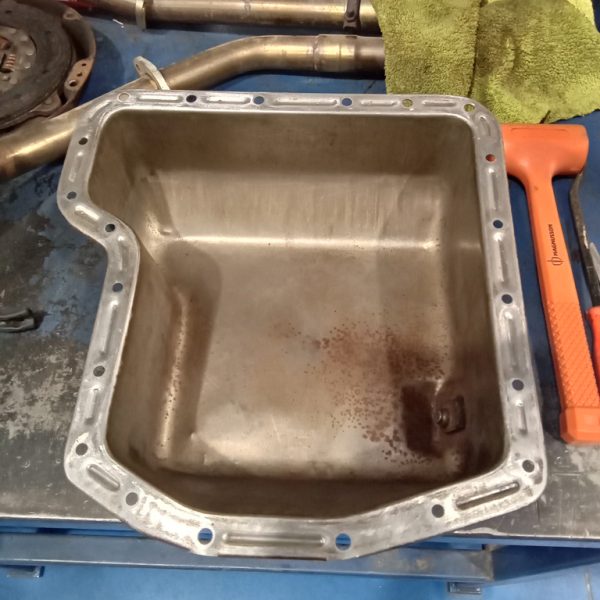
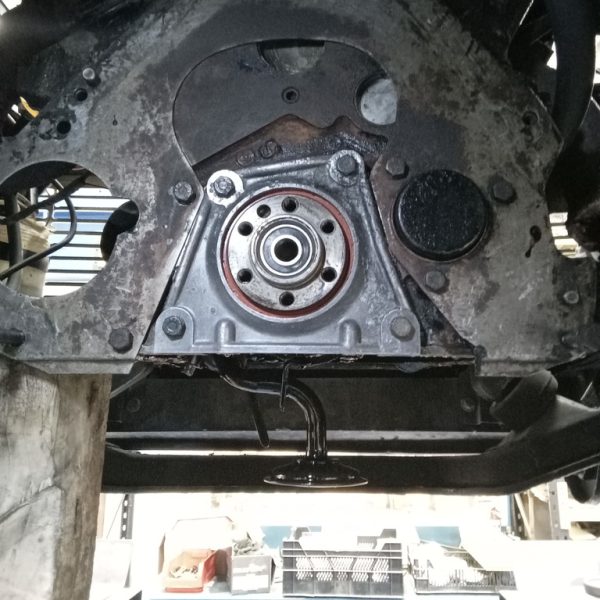

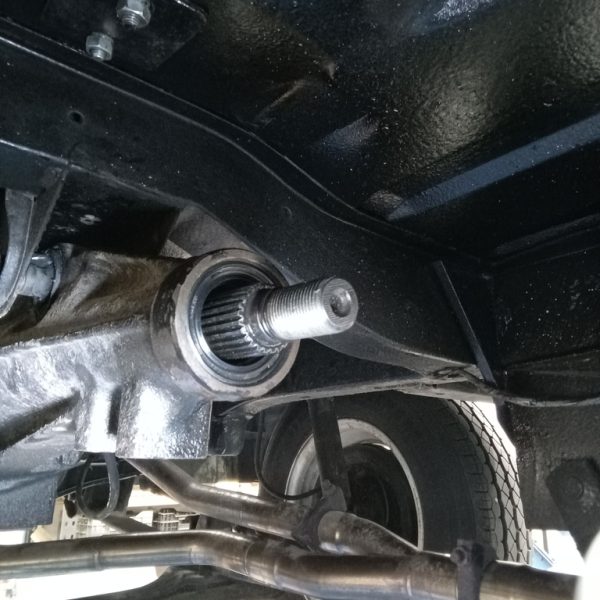

Final stages of our 1974 Volkswagen Beetle restoration and Jon is giving the car a thorough assessment to make notes of all aspects of the refit that require attention.
His findings will be reported to the individual departments or he will look to carry out the work himself.
Jon has already attended to the rear opening quarter windows. He has adjusted the rubber seals to allow offside to close fully and space out nearside rubber seal to allow window to seal gap.
The lights and levels have been checked and he has confirmed the operation of the fuel gauge by adding 20ltrs petrol. The door catches have been adjusted, fitted rubber blocks to the B pillars to seal gap at the door to window edge. The bonnet catches have been adjusted.
The paint-shop have touched up chips in the paintwork.
Grommets have been fitted to all A and B pillar holes.
The operation of the washers have been checked, the exhaust heat exchange pipes and tailpipes have been tightened Jon has eliminated the slight vibration/rattle at certain resonance.
We have checked for oil leak and found a slight drip from rear main/gearbox area. Oil quite dark but engine oil is fresh and clear so we suspect a minor gearbox oil leak.
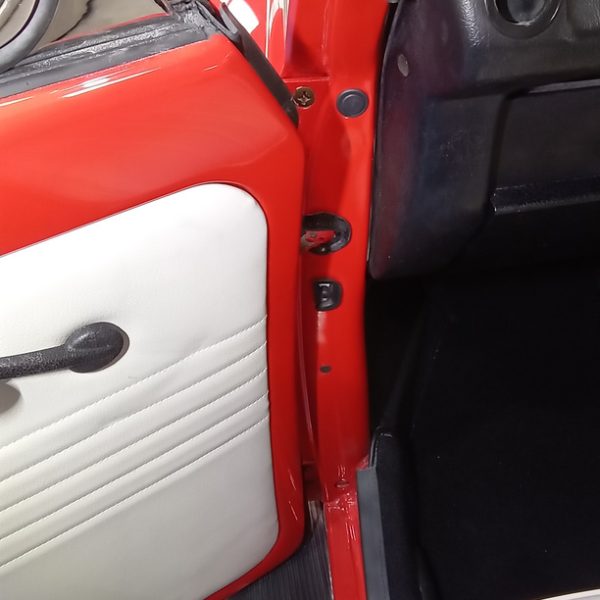
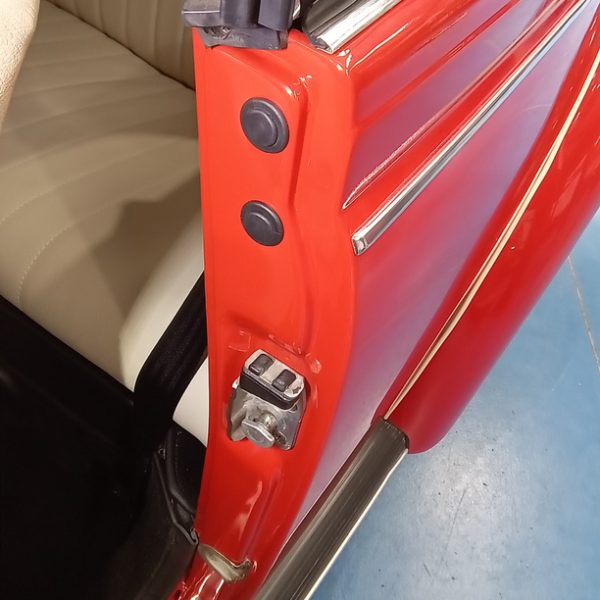
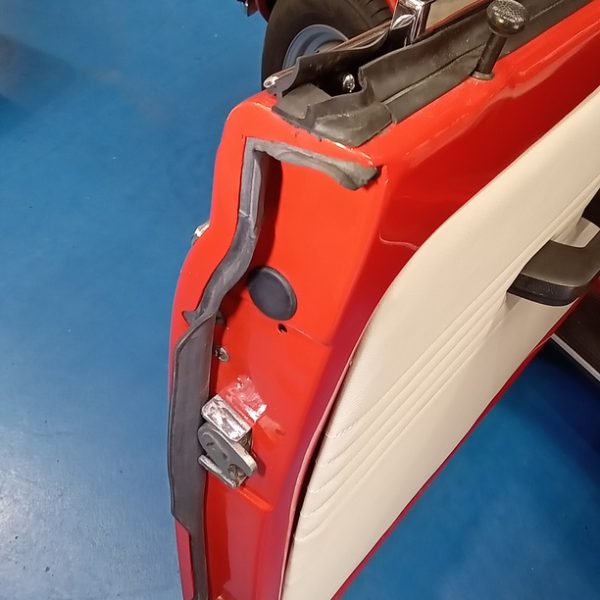
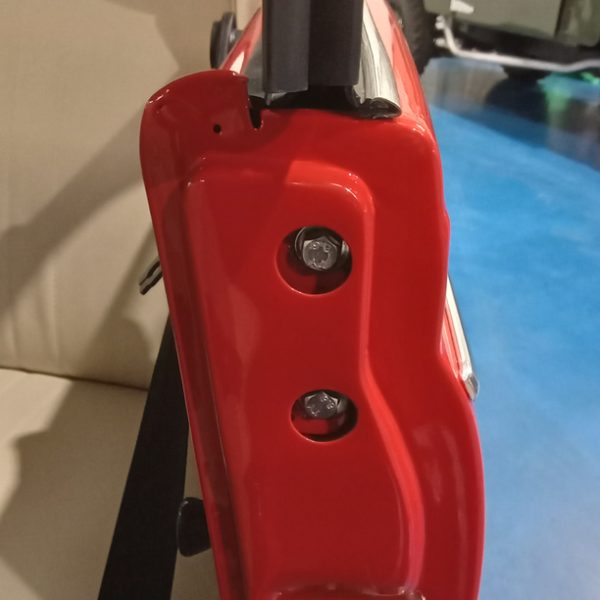

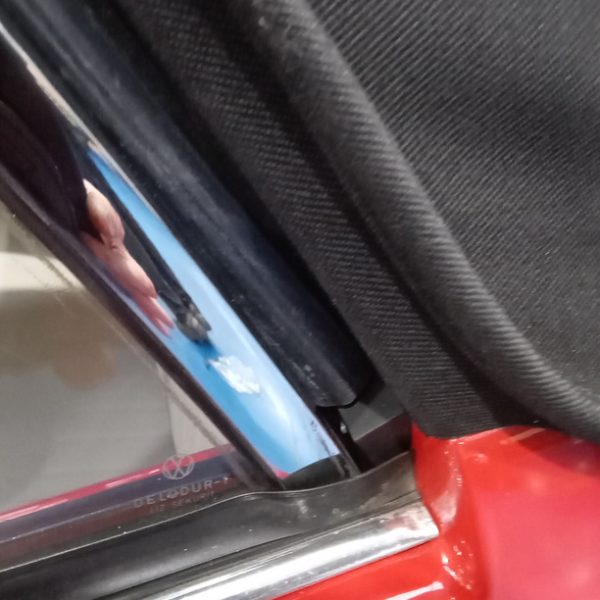
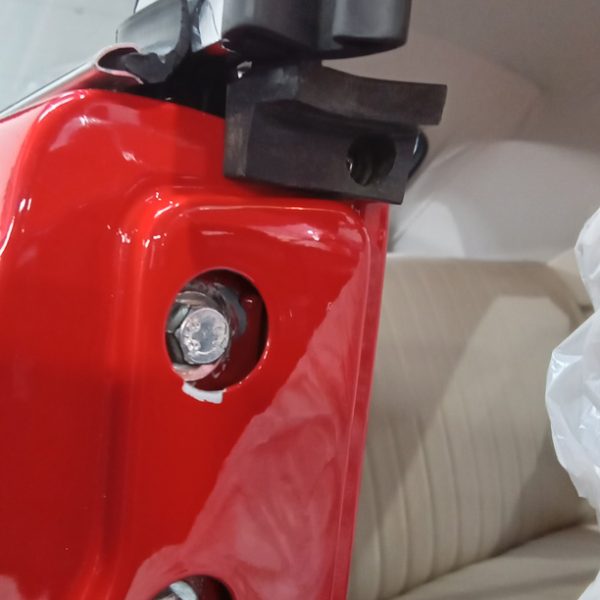

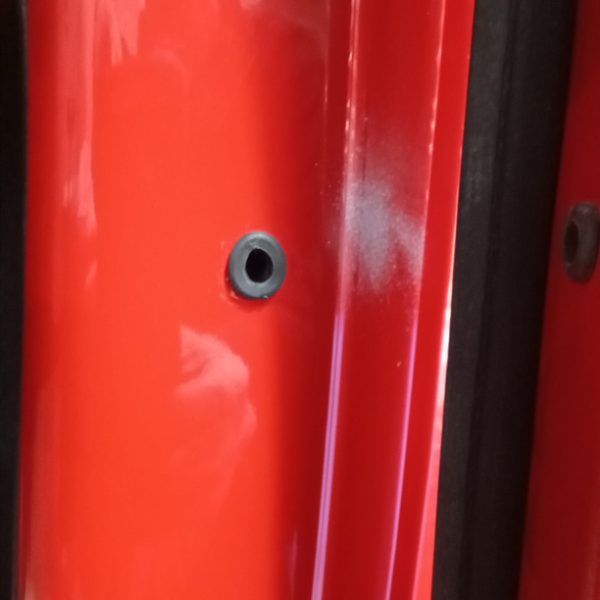
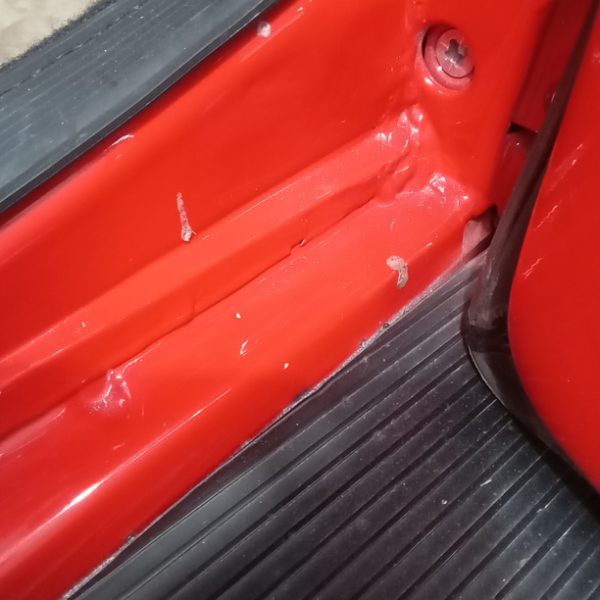

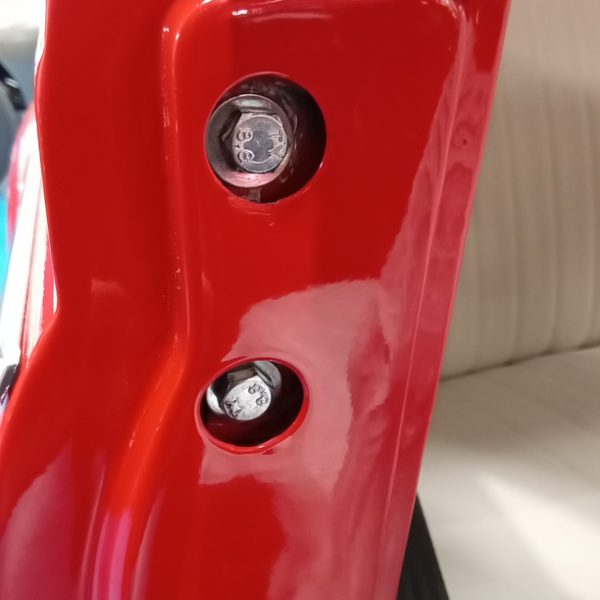
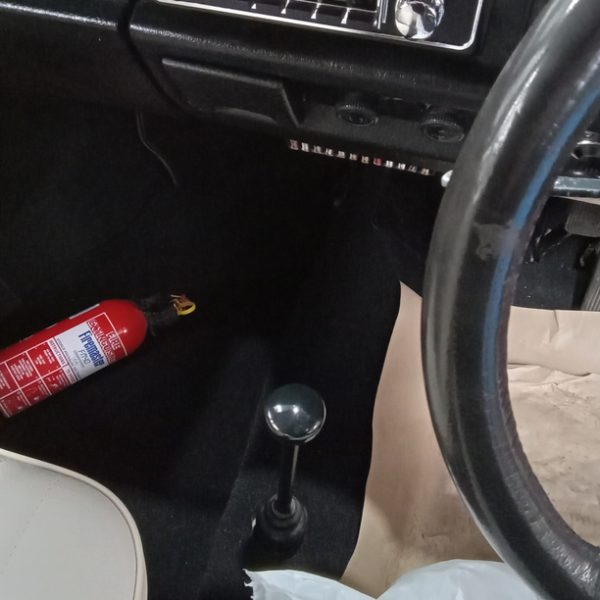

Steve has stripped down the boot lock mechanism to get to a broken bolt. He has removed the lock clean and replaced with clean tumblers ready for refit.
Whilst working on the Scimitar Steve has gone ahead and fitted a new fuel filter too.
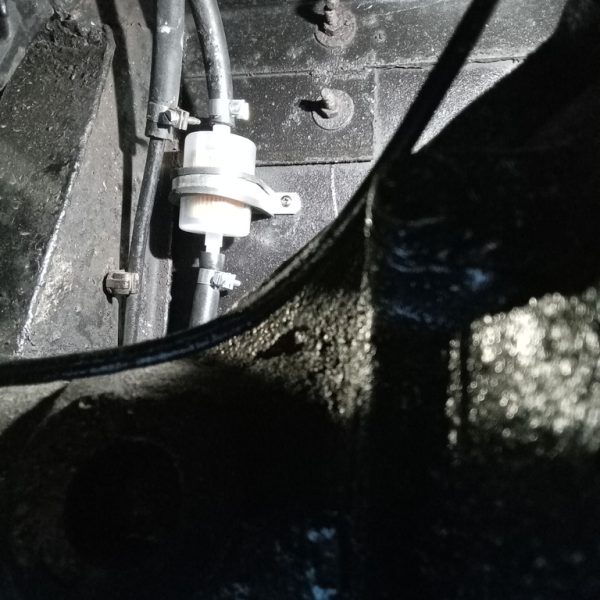
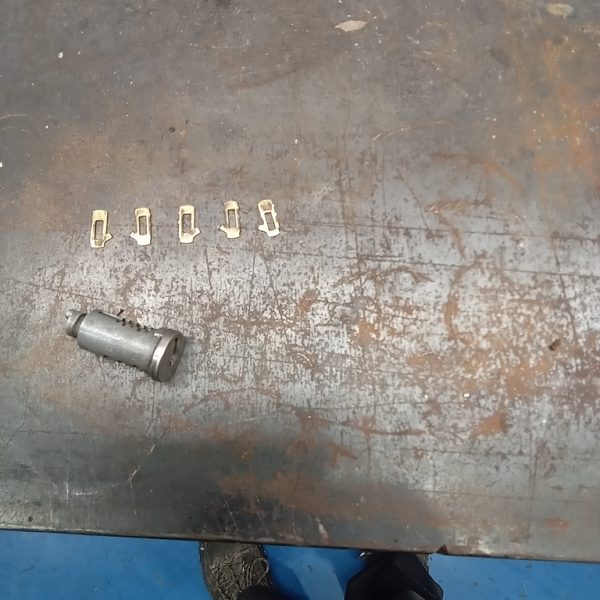
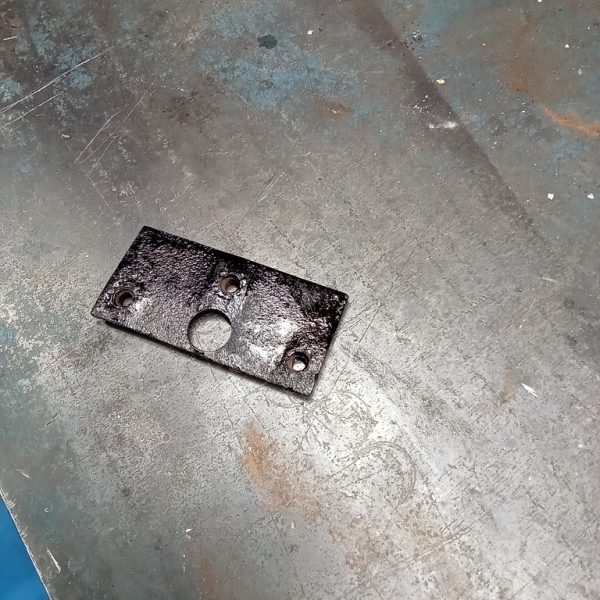
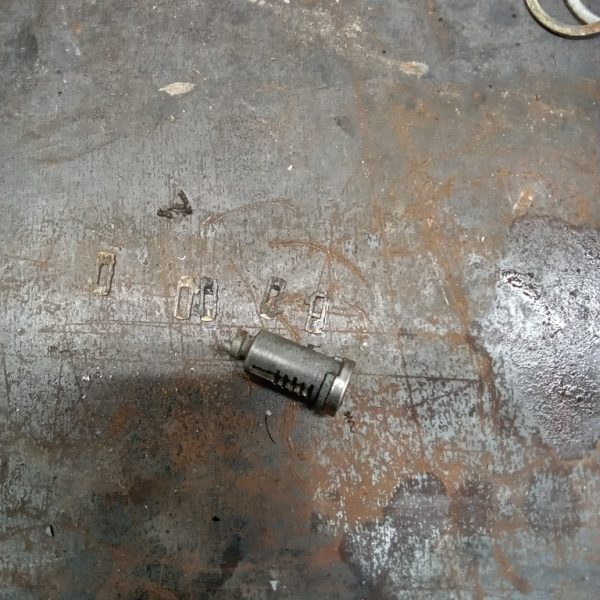
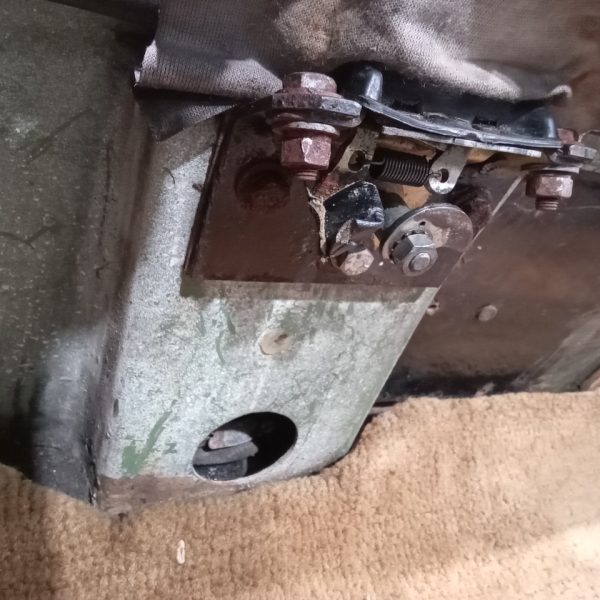


Today’s the day we say goodbye to our Land Rover Series 1 for it’s new adventures in the Highlands of Scotland with competition winner Colin.
One final adjustment to the project is for Brian to make up the new door straps in colour matching leather.
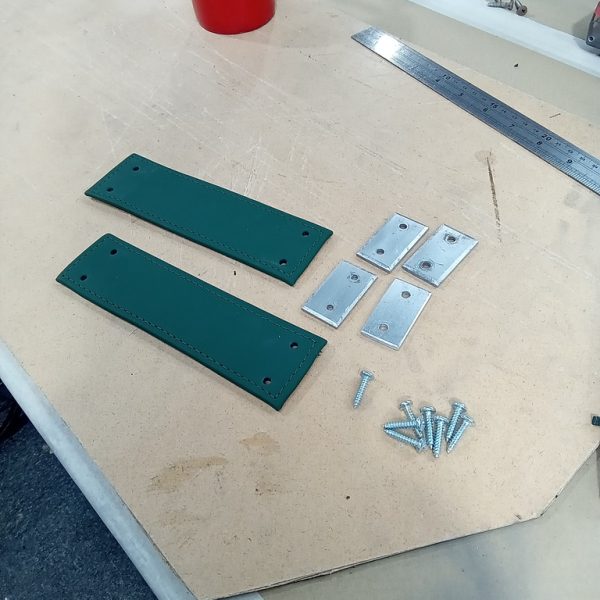
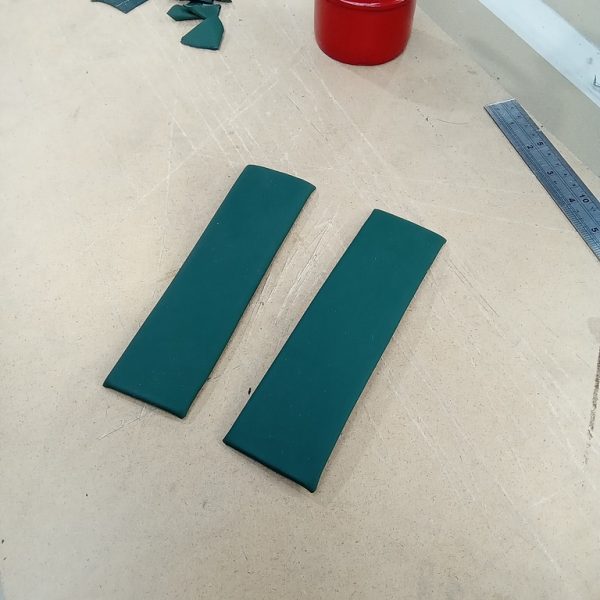
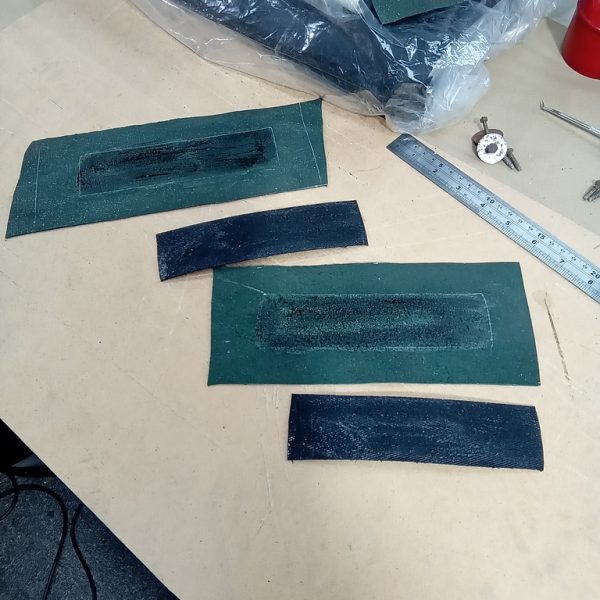

The Times voted it ‘One of the top UK city breaks’ and we at Bridge Classic Cars 100% agree.
This weekend, I ventured out with the family to spend a long weekend in the incredible city of Cardiff.
Admittedly there weren’t many classic cars to see, nor were there any unusual cars either but the scenery and character certainly didn’t disappoint.
I didn’t know really what to expect from a weekend in Cardiff but it left me wanting more.
Incredible places to visit, eat, shop and explore…the streets were a hive of activity all day and all night.
We took a trip to Techniquest for an afternoon. ‘Set on the waterfront in the heart of Cardiff Bay, Techniquest has over 100 hands-on exhibits that let you experience science, technology, engineering and maths in a fun and exciting way.’
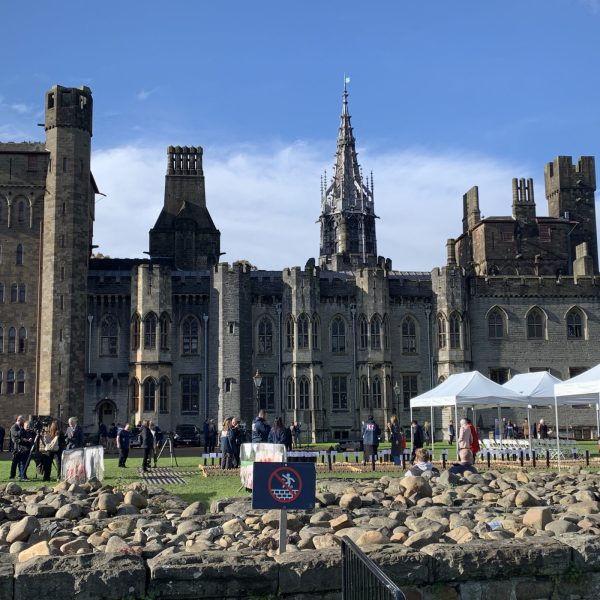
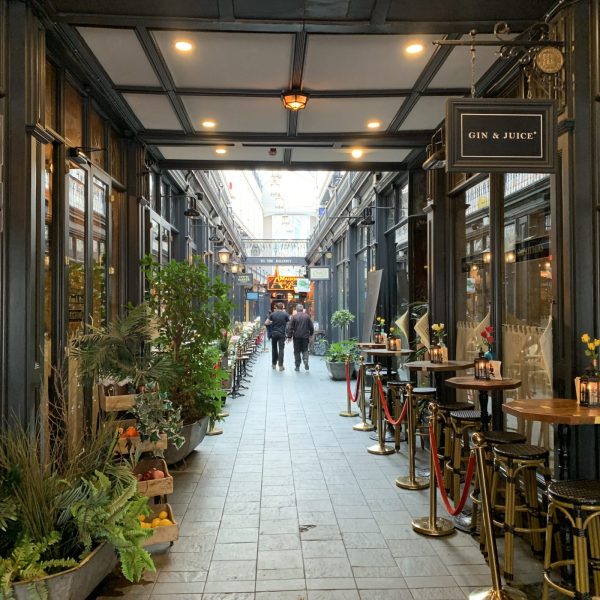
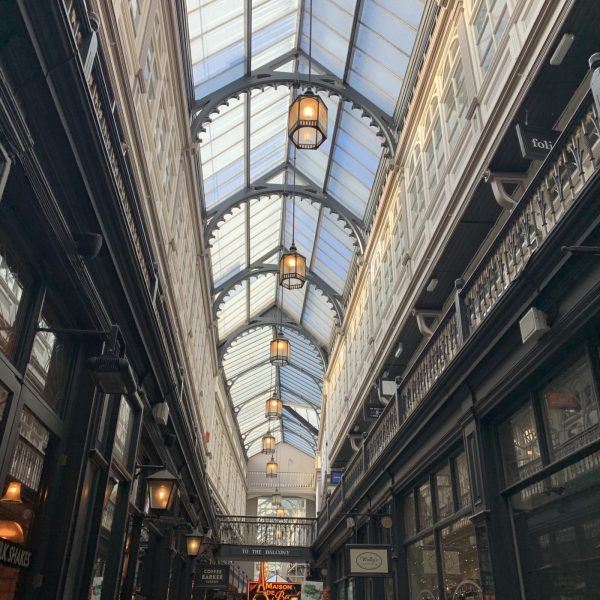

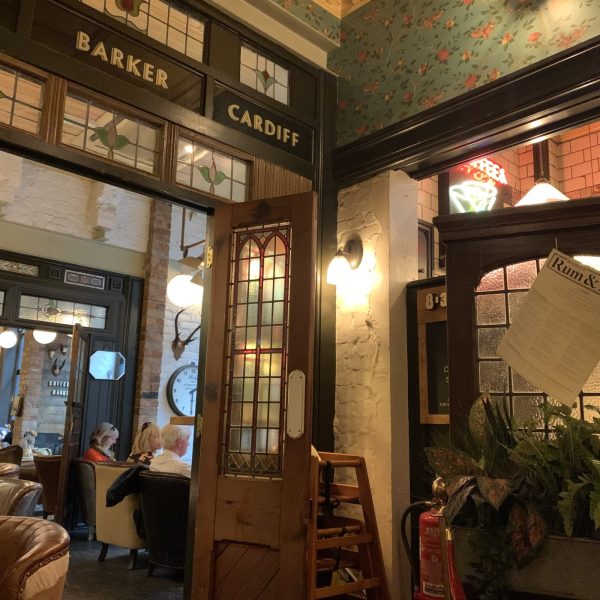
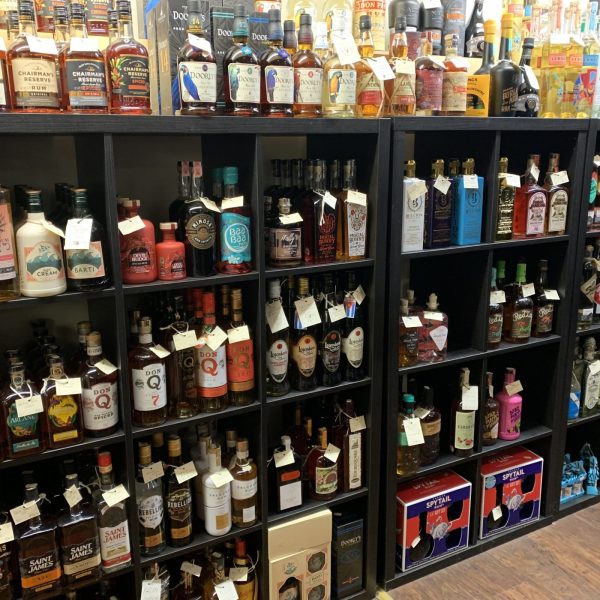
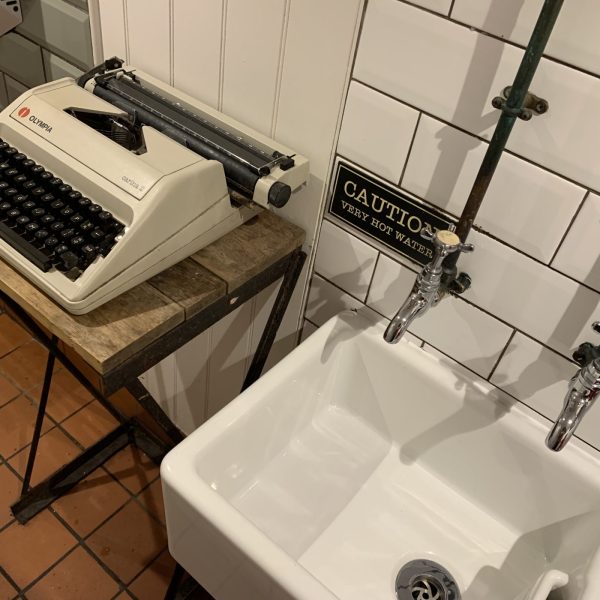


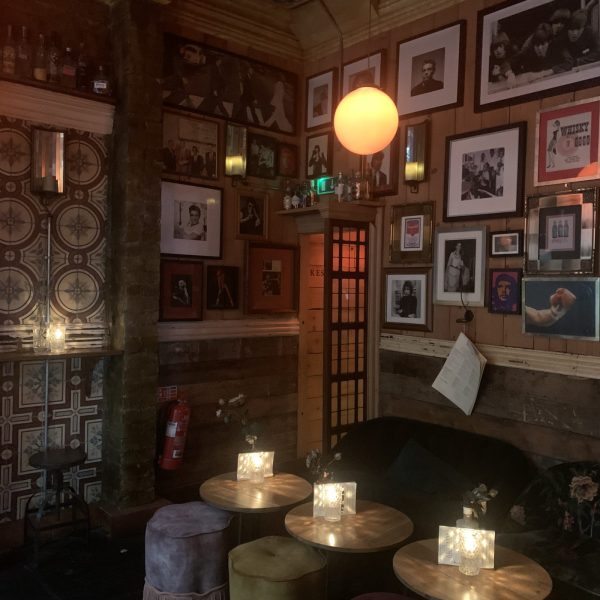

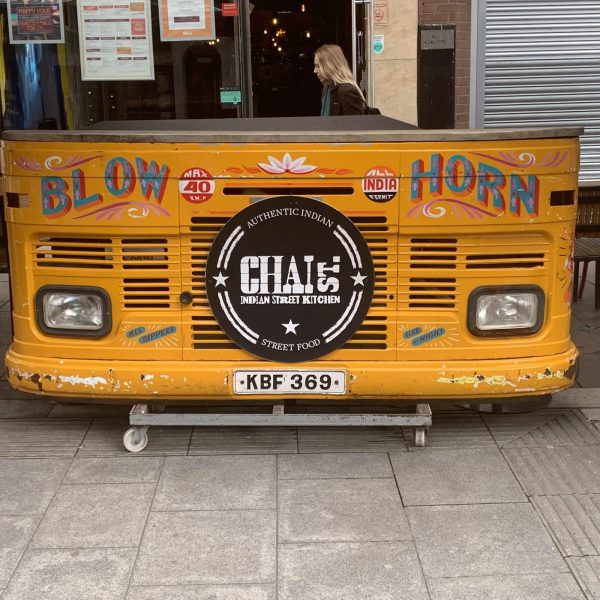

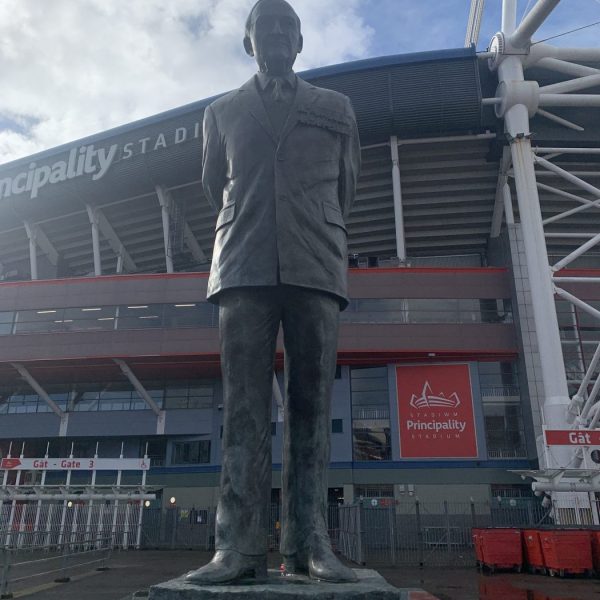

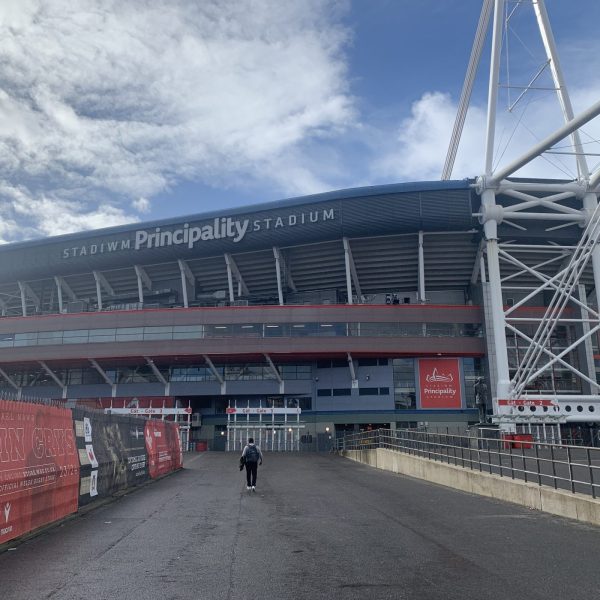
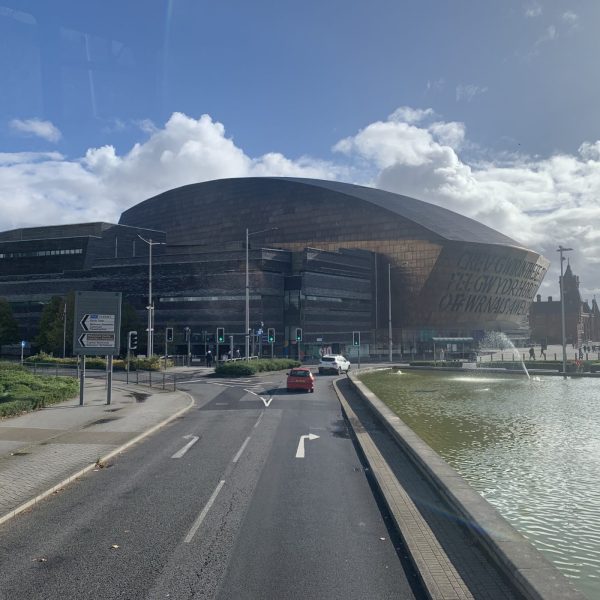
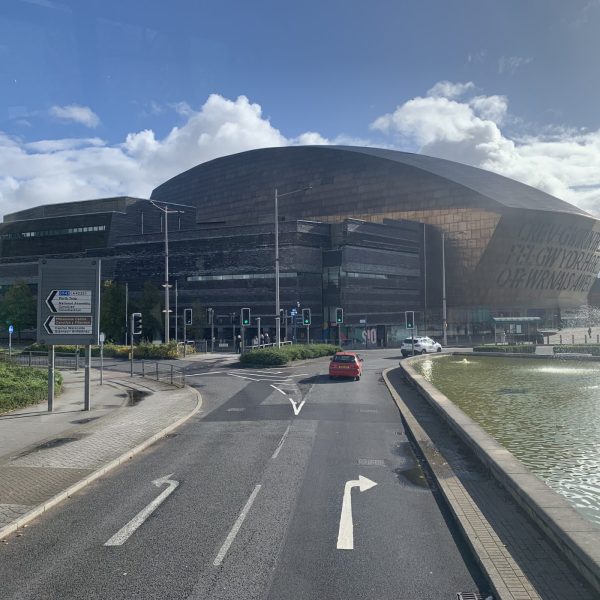

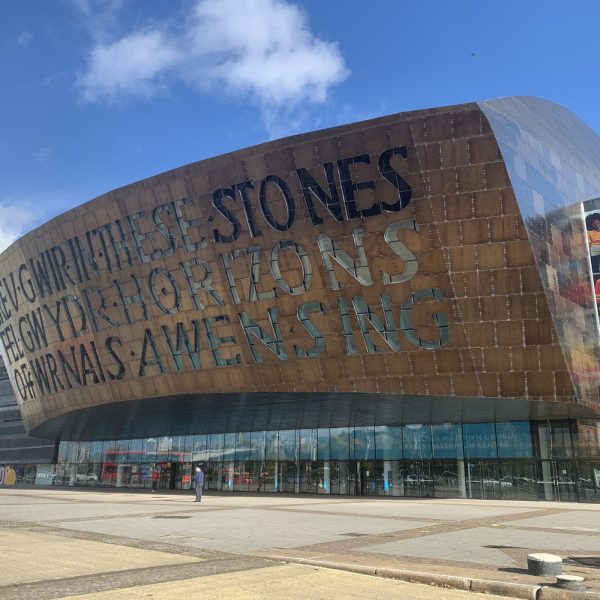



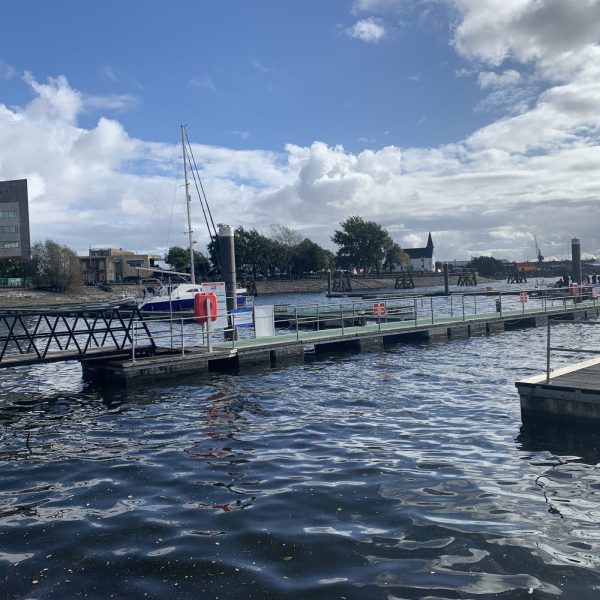

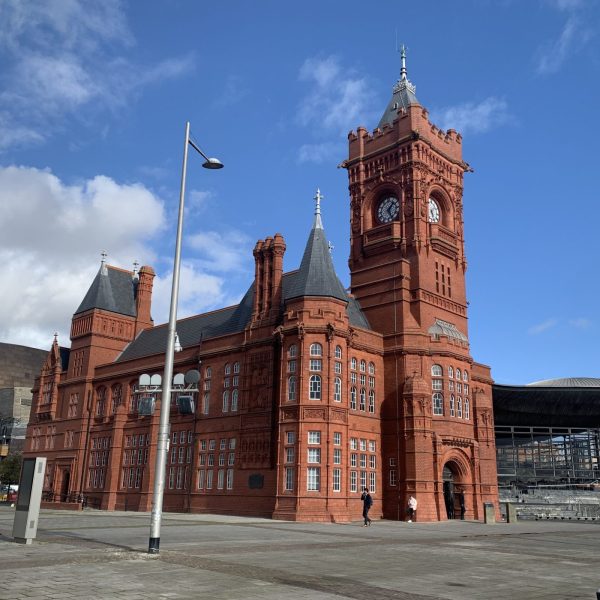
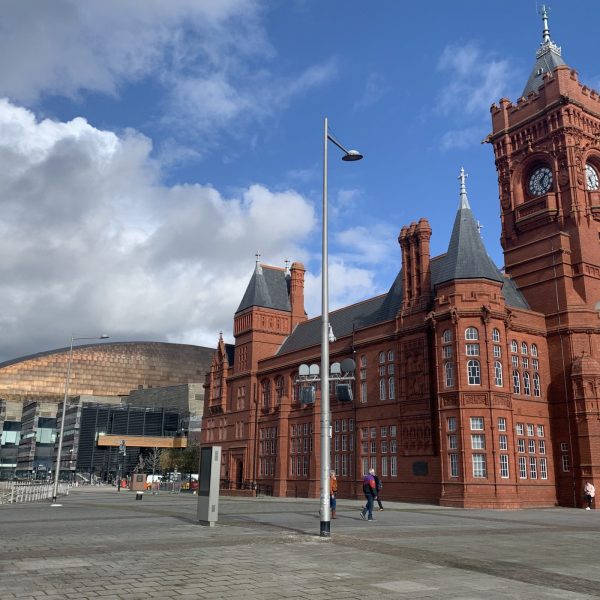
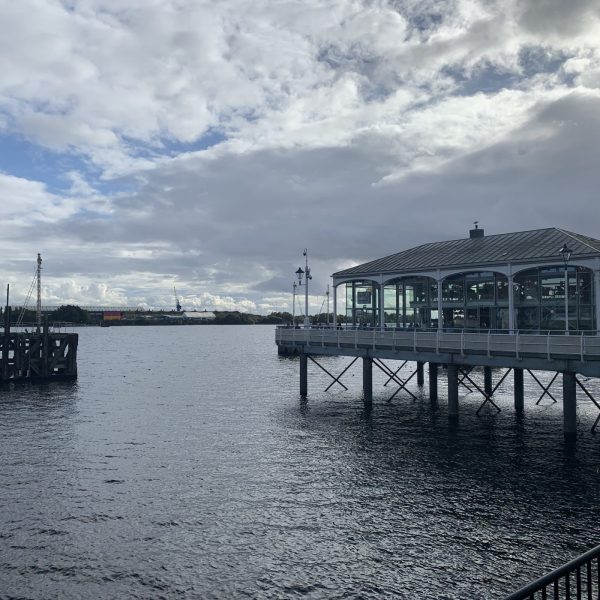
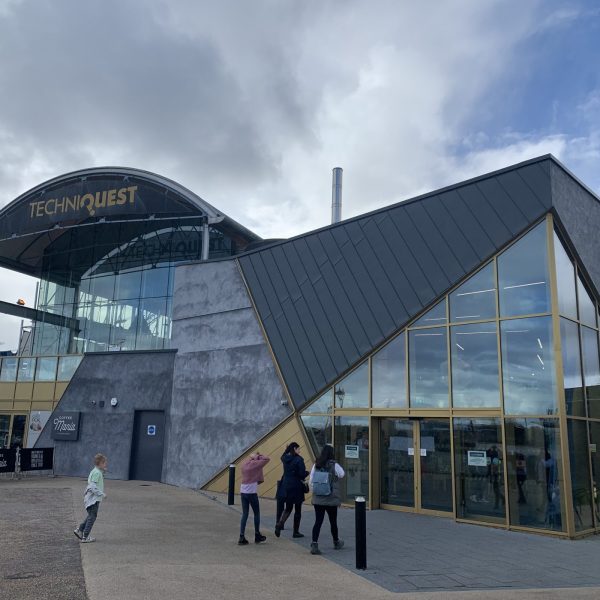
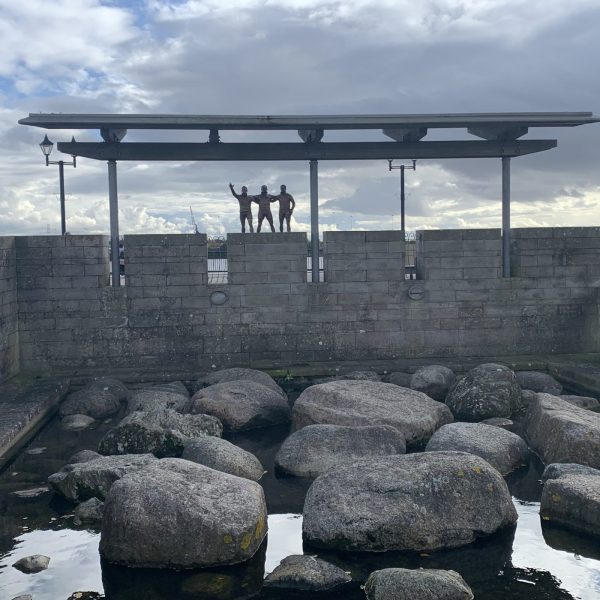
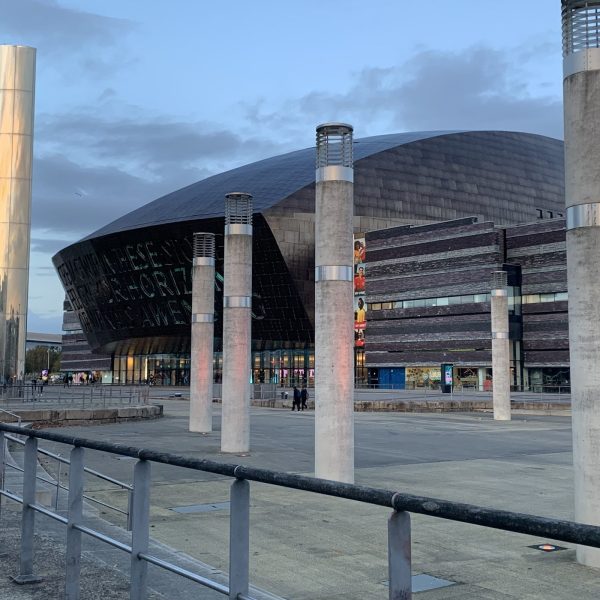
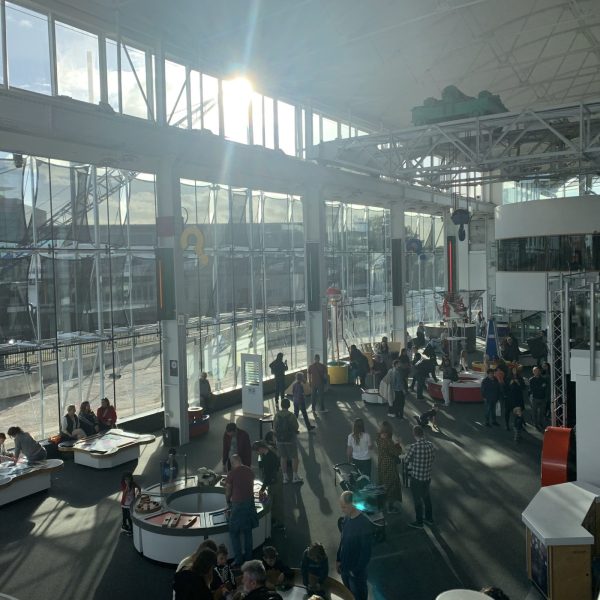
Thank you Cardiff for a wonderful weekend and we will most certainly be seeing you again. We just need a few classic cars to see too!
The larger the yacht, the more extravagant the experience? What is it like to work as part of the crew on these floating gin palaces? Lets explore the differences between crewing on 60m to 90m superyachts, compared to the 100m+ superyachts, shedding light on the unique challenges and perks associated with each.
The most apparent distinction between these two categories of superyachts is their size. A 60m to 90m superyacht is already a massive vessel, offering luxurious amenities and spacious interiors. However, when you enter the realm of 100m+ superyachts, you’re dealing with a level of grandeur that is truly breath taking, with ratios of crew to guests that are laughable. The size of the yacht significantly impacts the crew’s roles, responsibilities, and living conditions.
On a 60m to 90m superyacht, the crew is typically the size of a school class and more tightly knit. This can create a cohesive work environment where everyone knows each other well. With smaller numbers, crew members often need to wear multiple hats and perform a wider range of tasks, making the work more varied and giving the crew more skills and experience.
On the other hand, 100m+ superyachts require larger crews, getting into the 60+ numbers and the hierarchy is more complex. You’ll find a more significant number of crew in the chain of command, which can lead to a more specialized and structured working environment but may also mean less personal interaction with fellow crew members and less diverse skill sets.
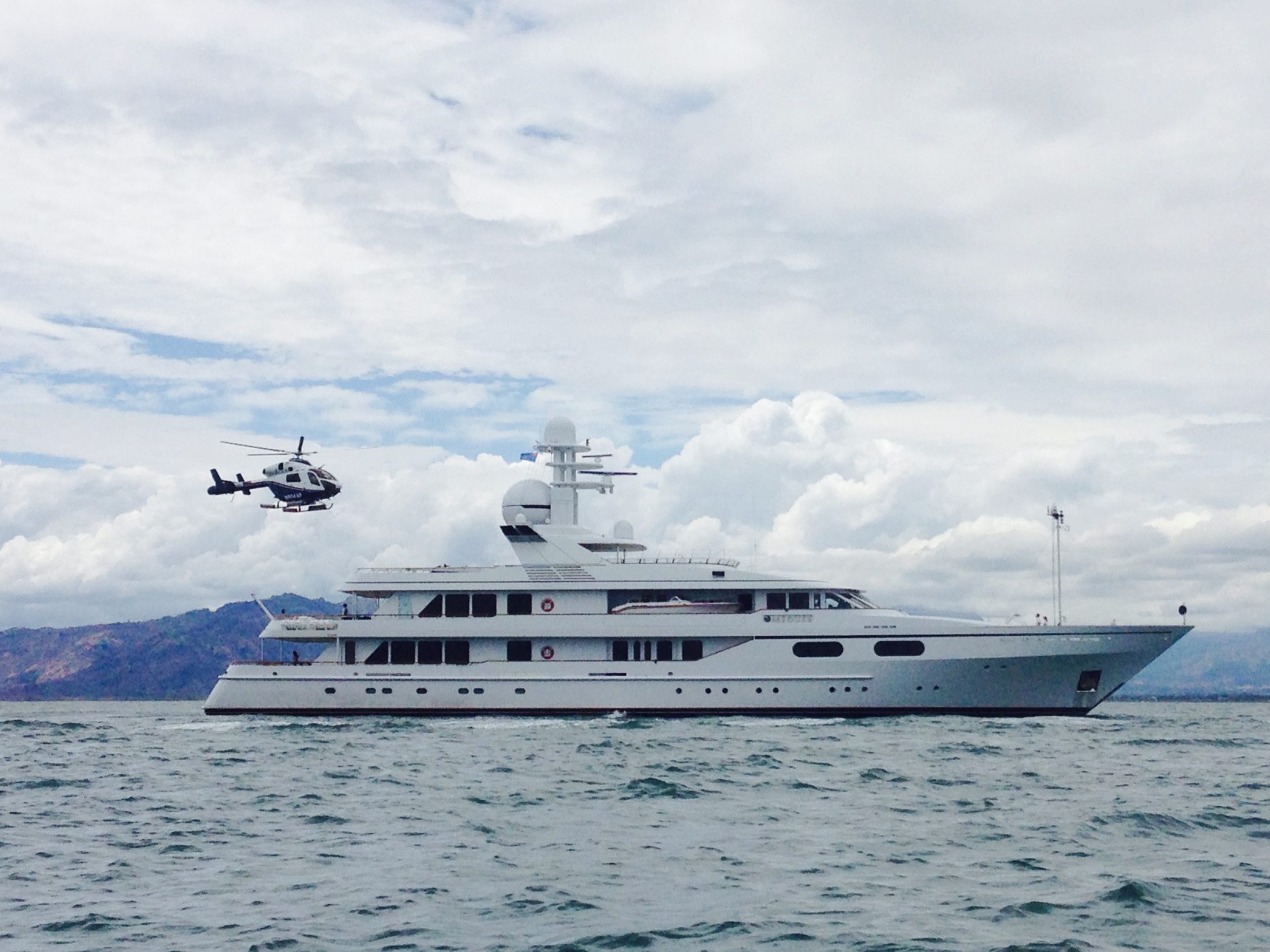
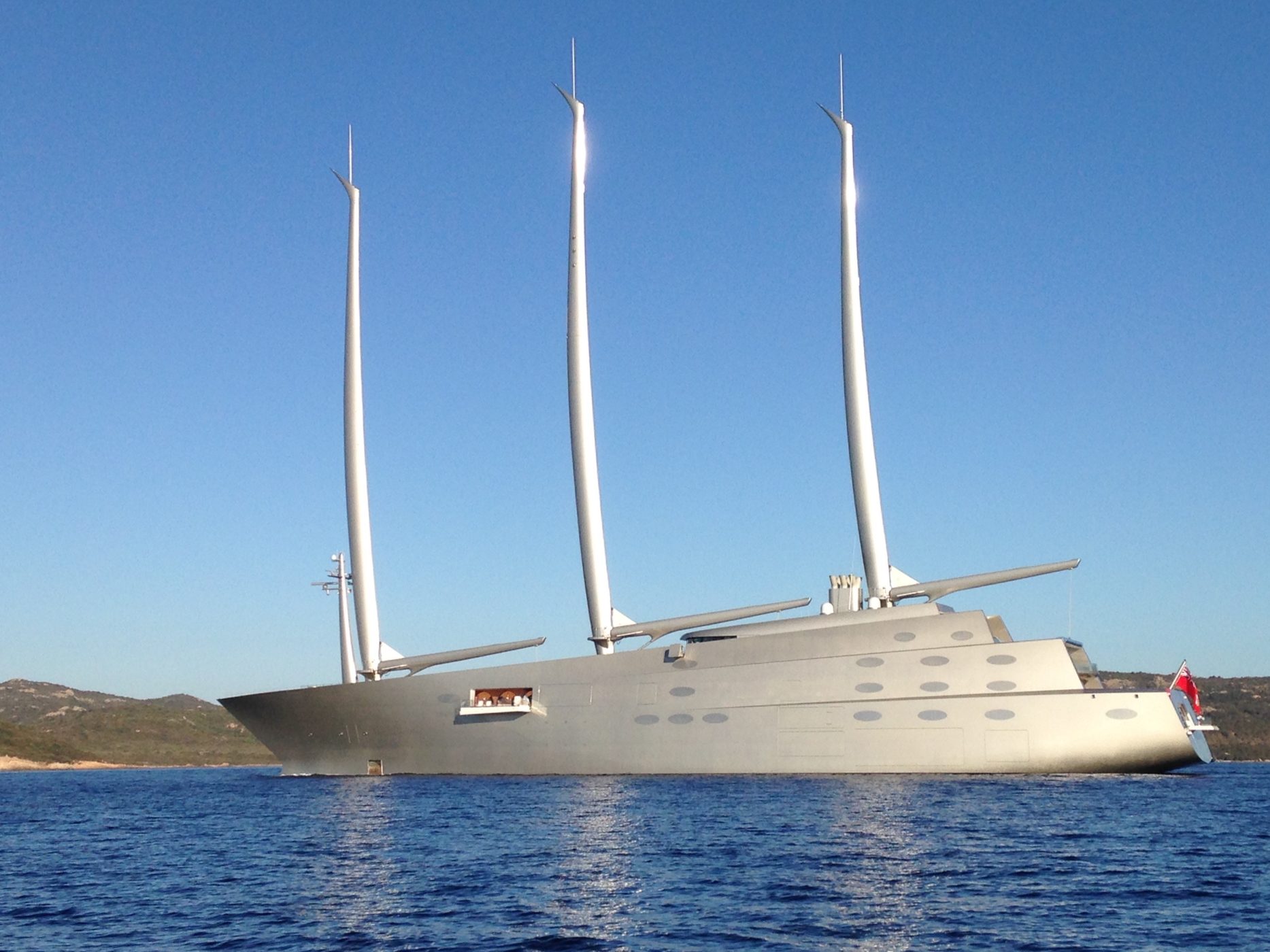

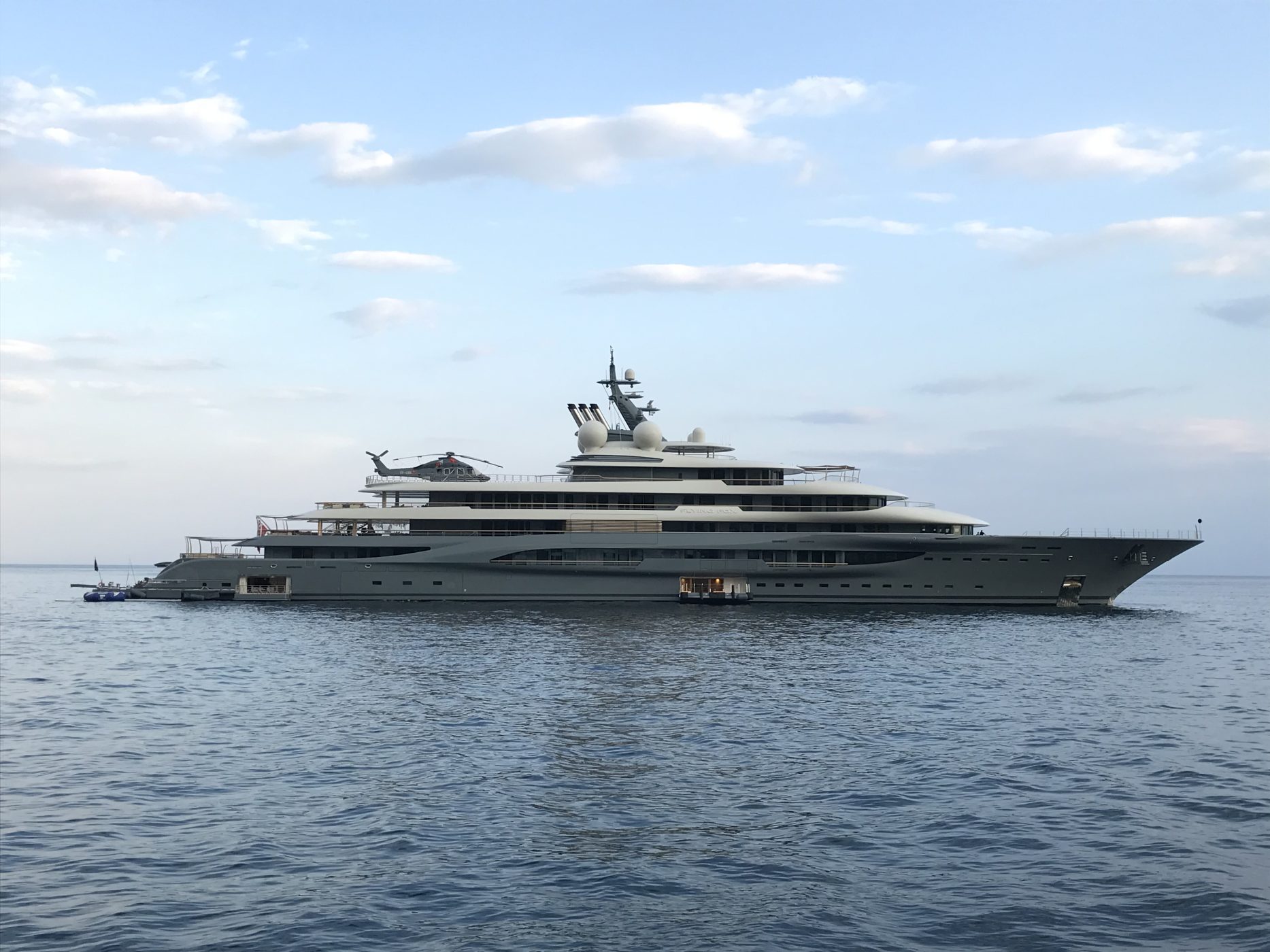
The size of the yacht influences the quality of living quarters for the crew. On smaller superyachts, crew cabins might be more compact and shared, but they can still be comfortable and well-appointed. There’s a sense of camaraderie when crew members share spaces, fostering closer relationships, I’ve seen 3 berths where people don’t want to leave for an upgrade as they enjoy the dynamic so much.
Crew members on 100m+ superyachts usually enjoy larger cabins and more single berth cabins are on offer. I’ve also heard of many where there are 4 or even 6 berth cabins, so what you think is the truth with size, might not always be the case. While this can enhance comfort and privacy, it may reduce the sense of camaraderie found on more normal sized yachts.
The size of the yacht directly impacts the workload and responsibilities of the crew. On 60m to 90m yachts, crew members often need to be versatile and adaptable, as they may be required to assist with various tasks. The atmosphere can be more informal, with roles overlapping, and it’s common for the crew to be quite hands-on with guests.
On 100m+ superyachts, the workload is more specialised and more crew to do each specific job. While this specialisation can lead to more efficient procedures, it may also mean crew members have less involvement in various aspects of yacht operations.
On smaller superyachts, crew members often interact with guests more frequently and intimately. This can lead to stronger guest-crew relationships, and crew members are expected to be personable and engaging with the guests.
Equally, on 100m+ superyachts, crew-guest interactions can be more formal due to the size of the vessel and the larger crew. Guests will often only get to know a couple of crew who they interact with often and will have no dealing with 70% of the rest of the crew. I’ve chatted to owners who have sold their 100m+ yachts for this reason, they didn’t like how anonymous it was not knowing the crew catering to them.
Crewing on 60m to 90m superyachts and 100m+ both offer unique experiences, and each has its advantages and challenges. The choice ultimately depends on individual preferences and priorities. Smaller superyachts offer a more close-knit environment with hands-on broader experiences, while larger superyachts provide more specialised roles and enhanced comfort.
The world of superyachts continues to evolve and as vessels grow in size and luxury, so do the opportunities and experiences for the crew.
Bridge Classic Cars are award winning Classic Car Restoration and Maintenance specialists. Your pride and joy is in safe hands with our expert Classic Car Technicians. Take a look at our awards here.
Leave a Reply